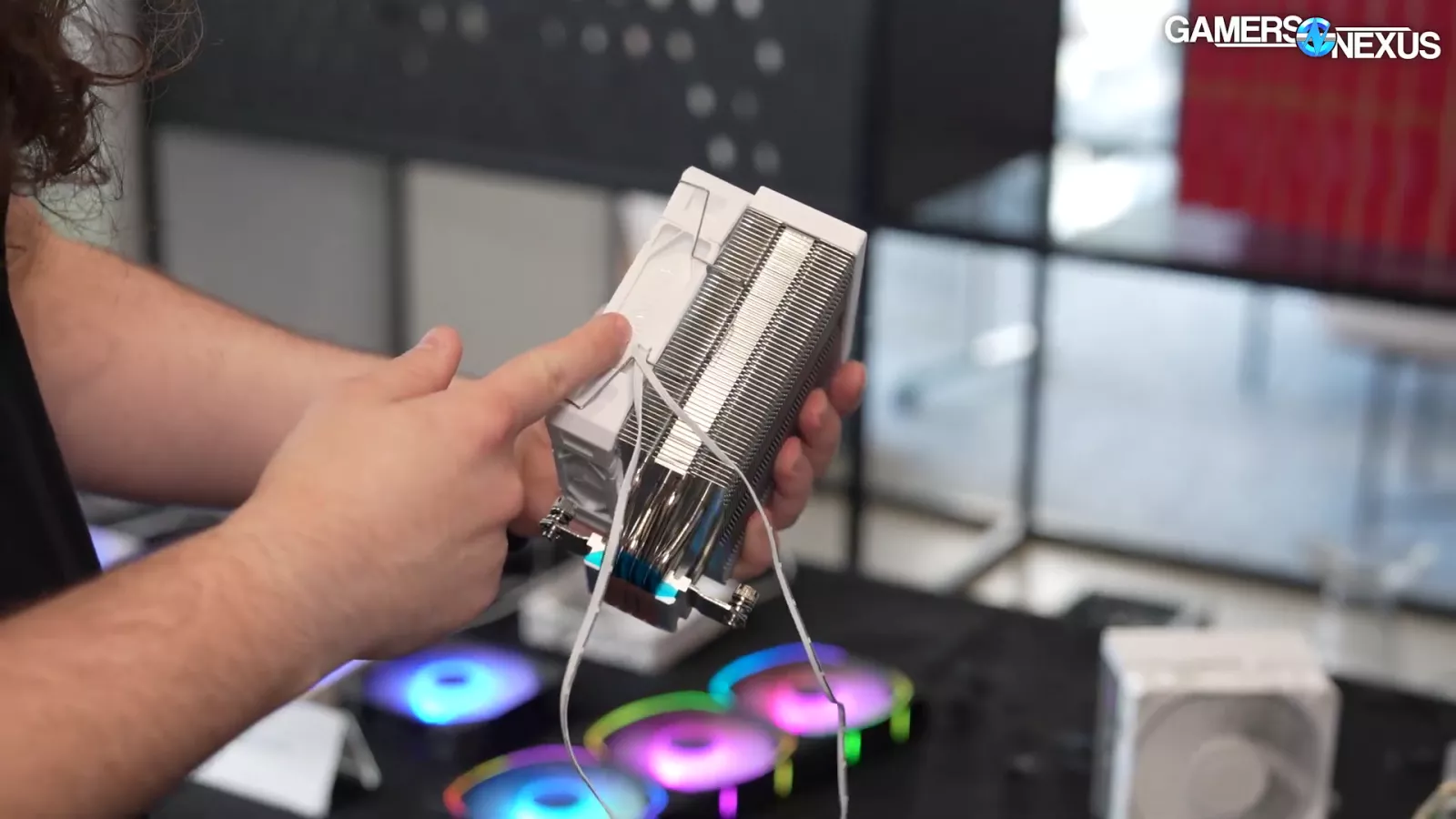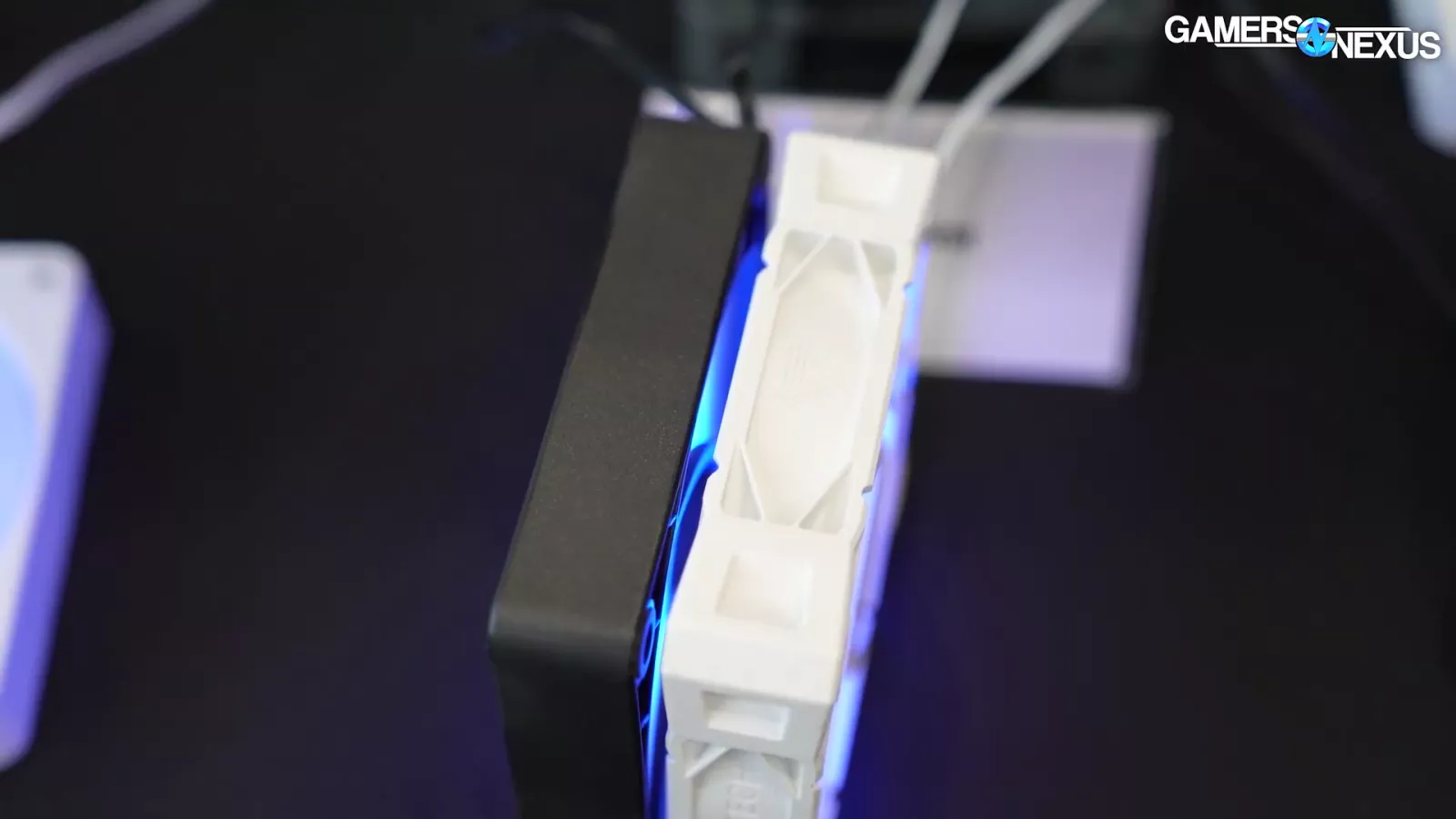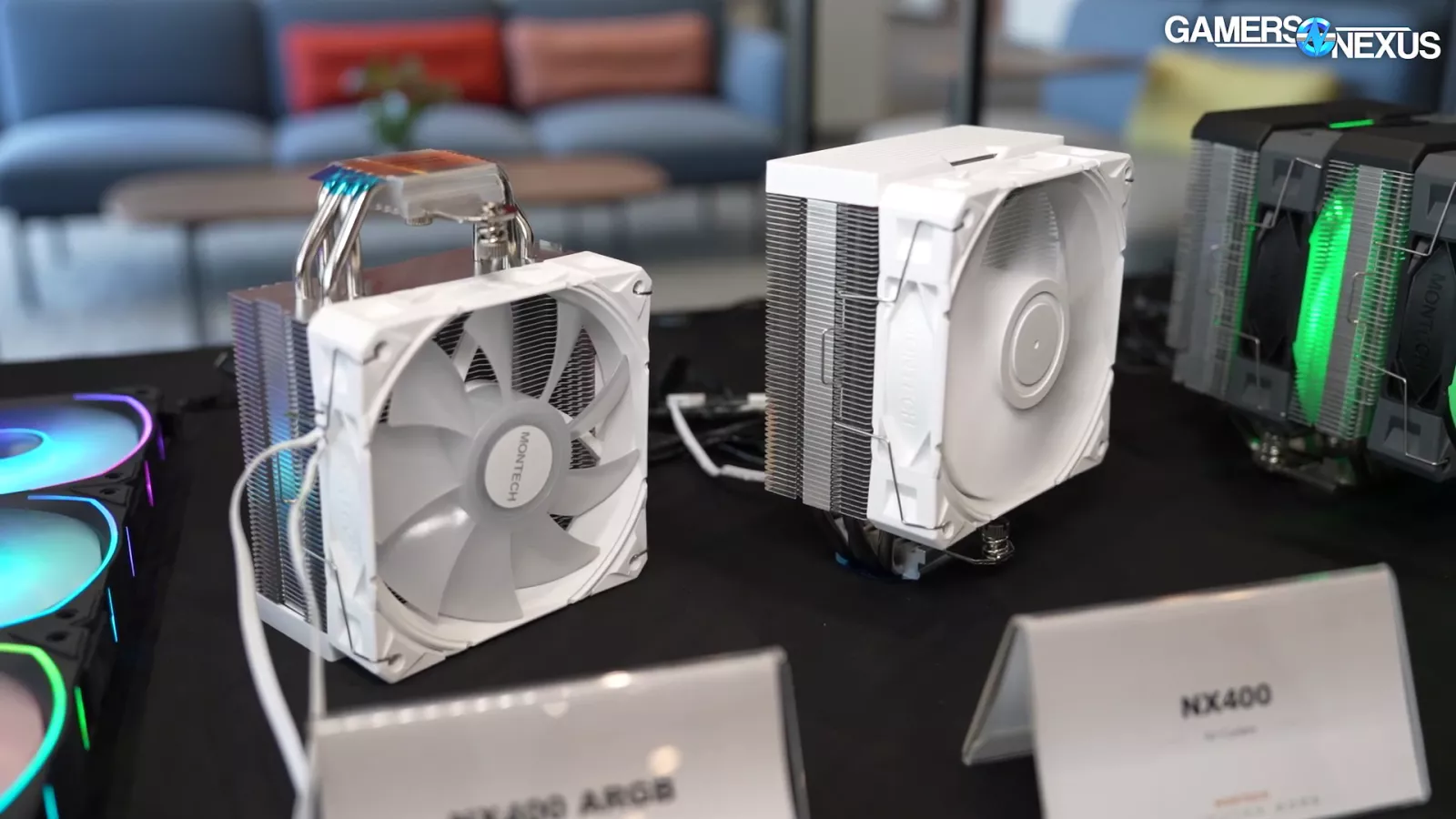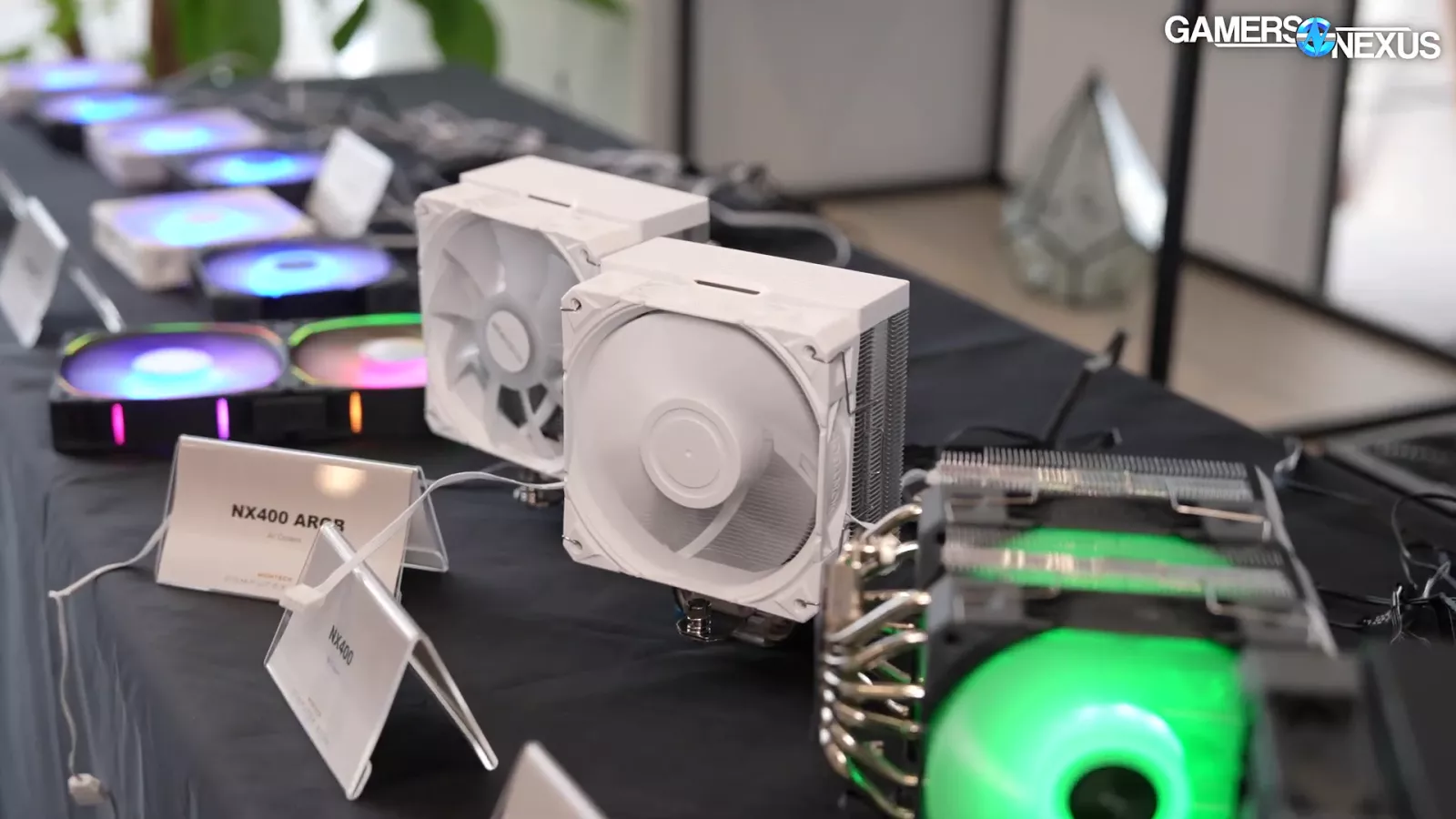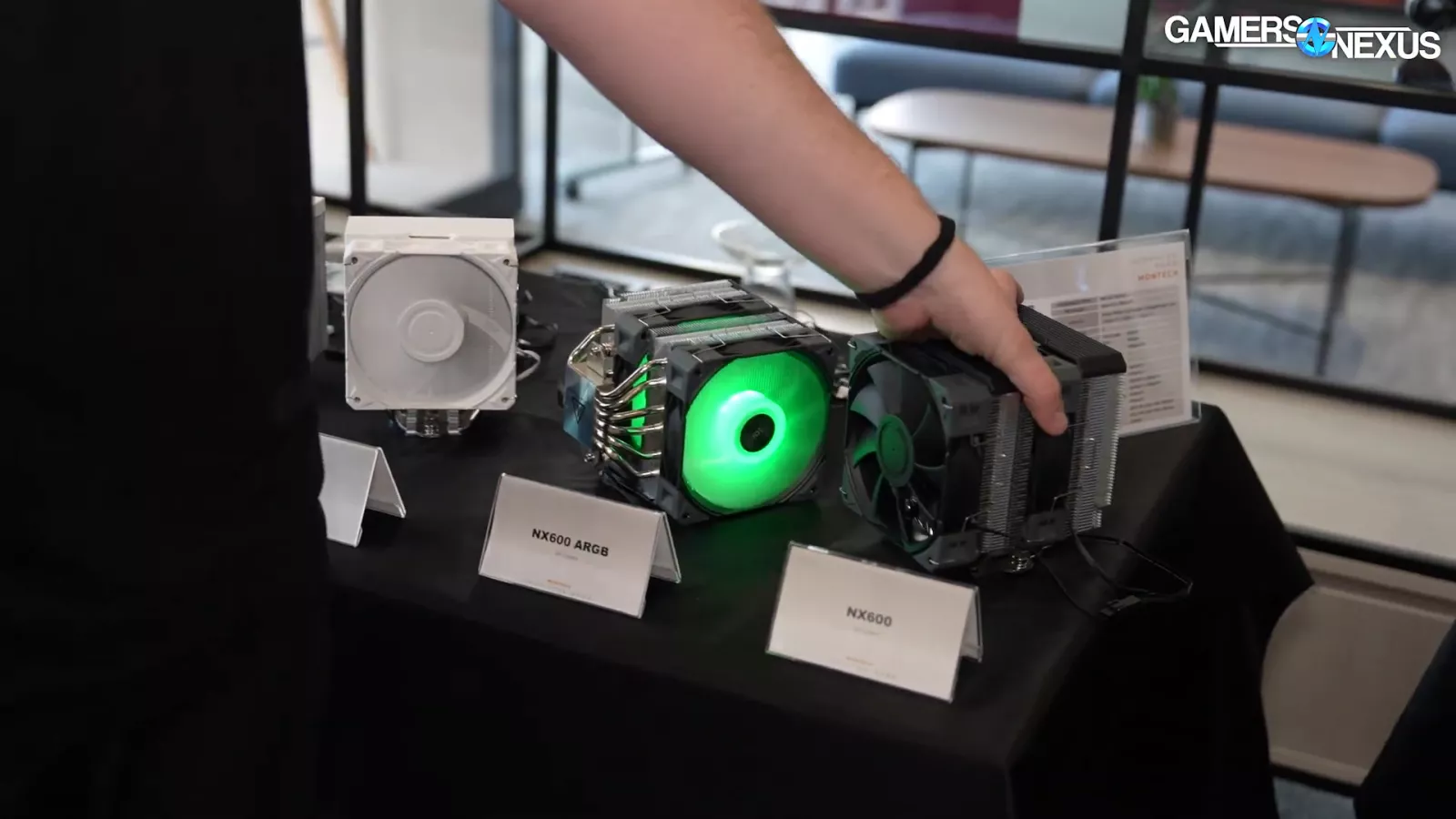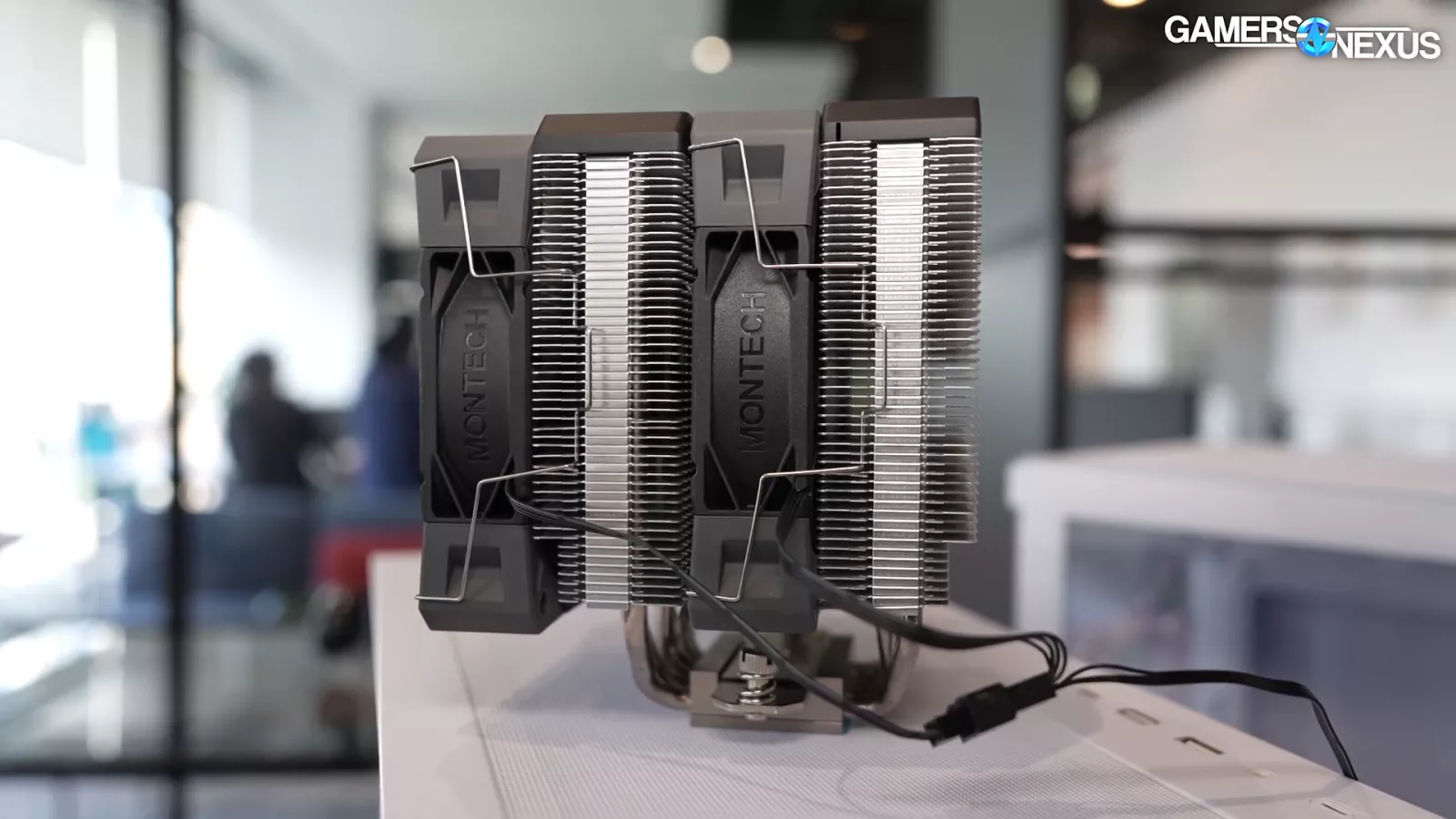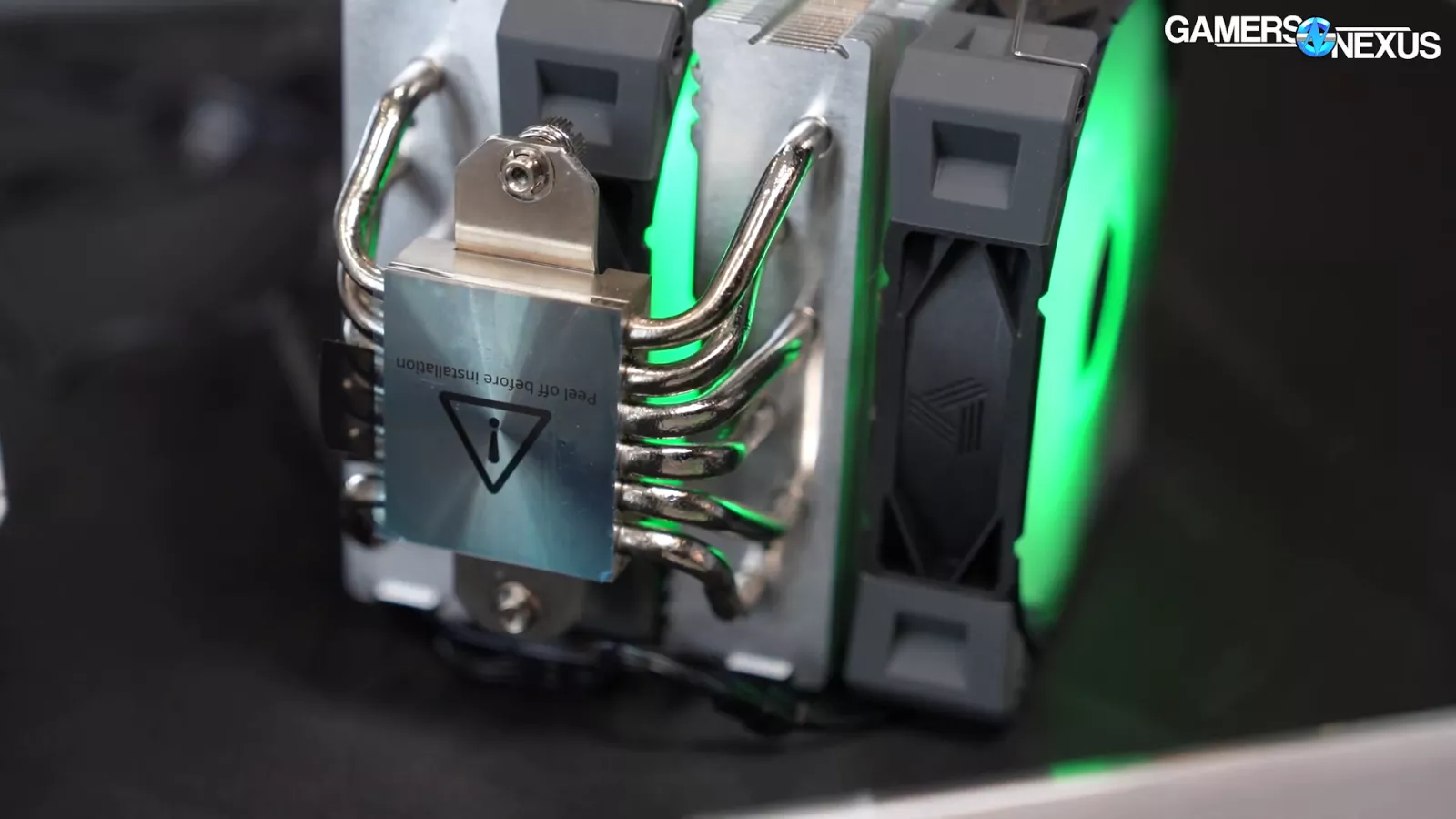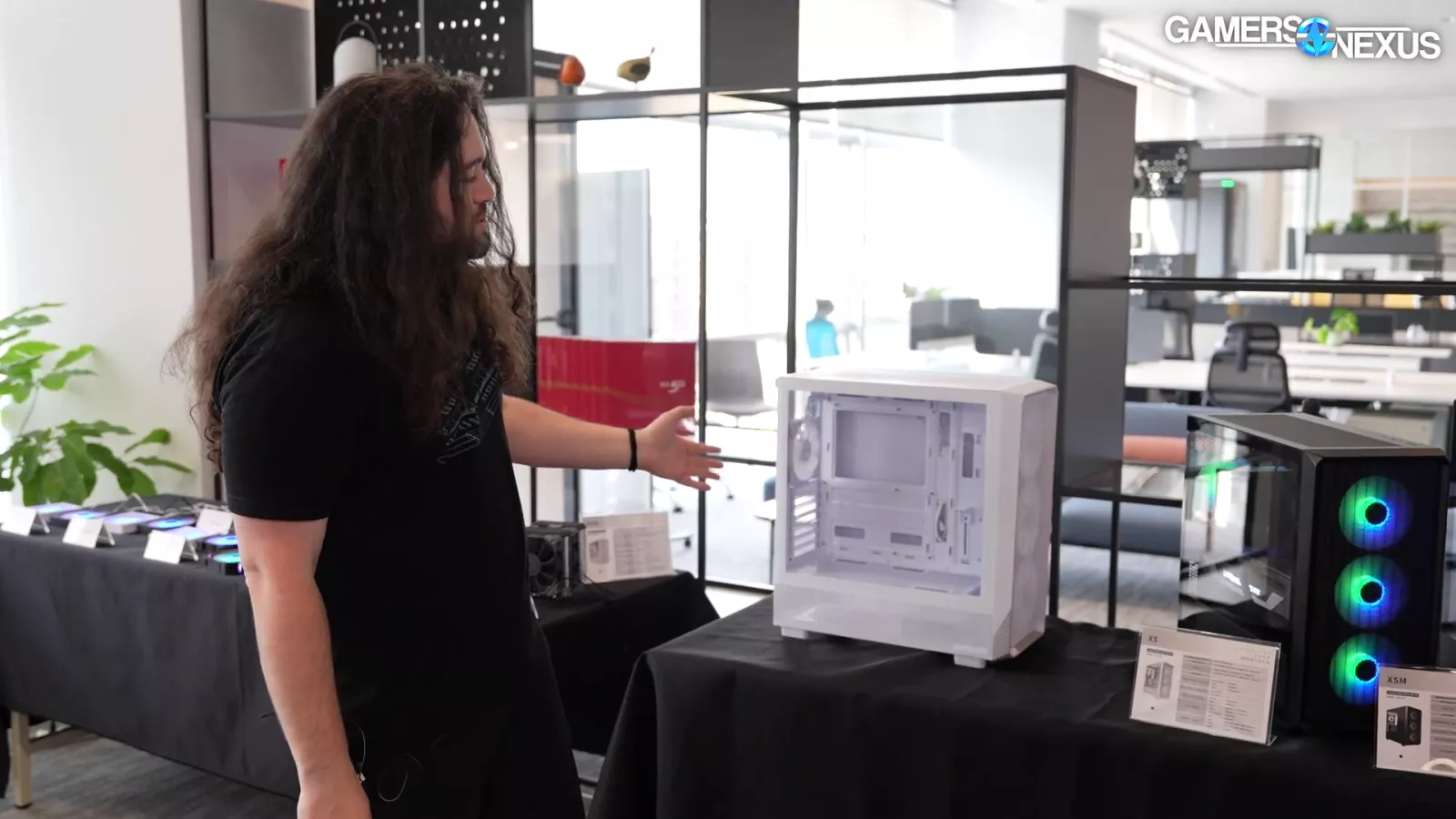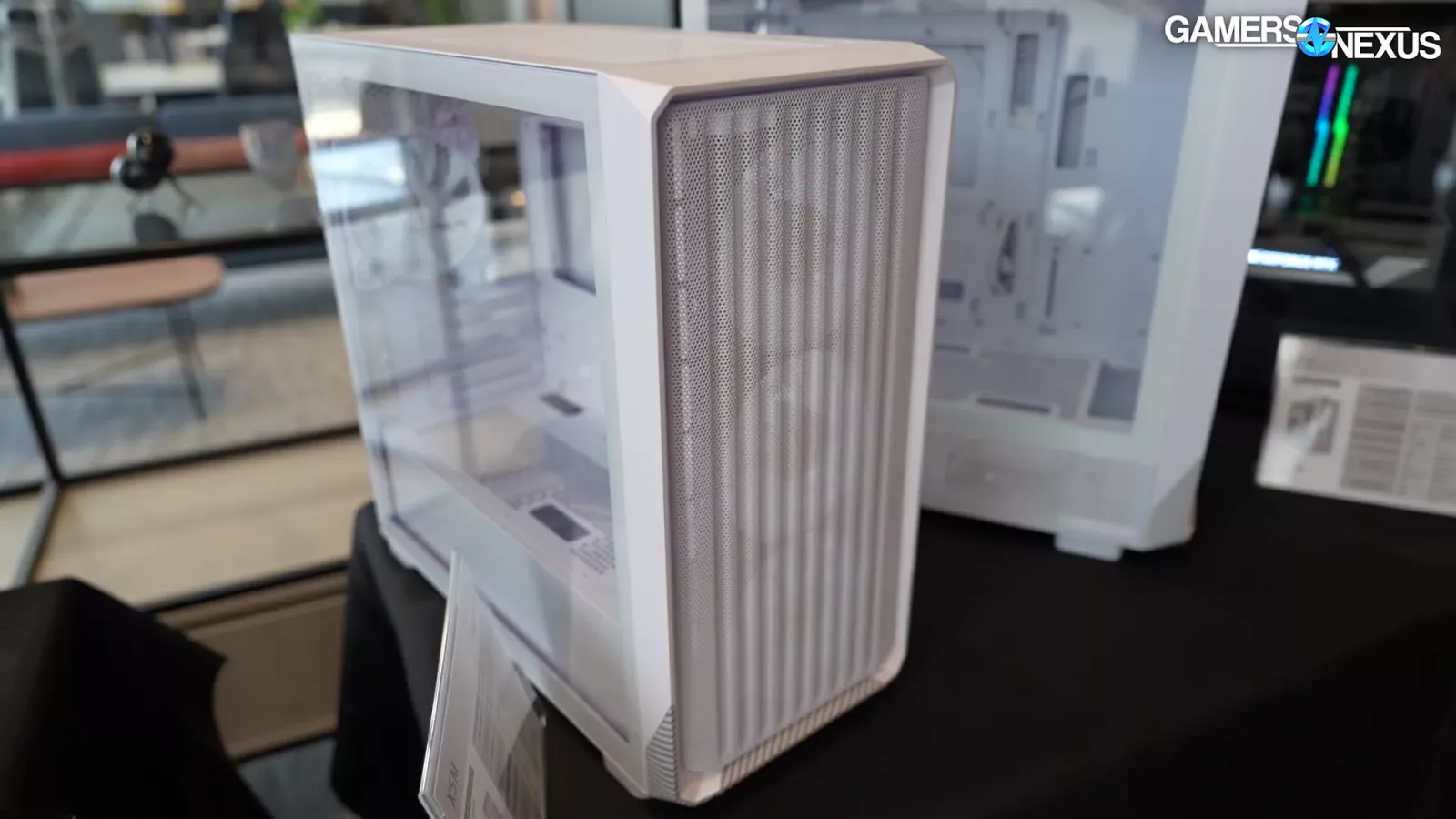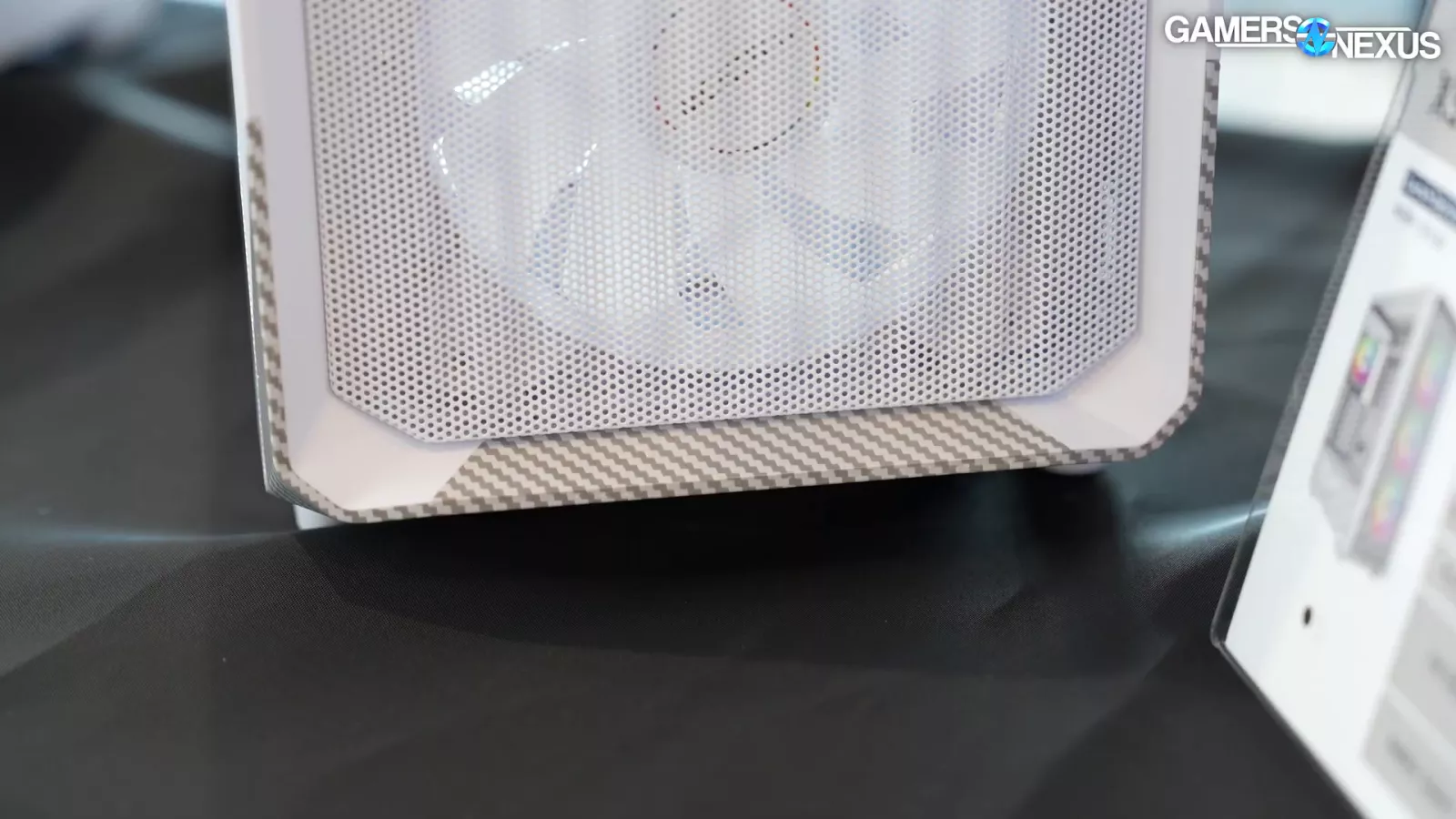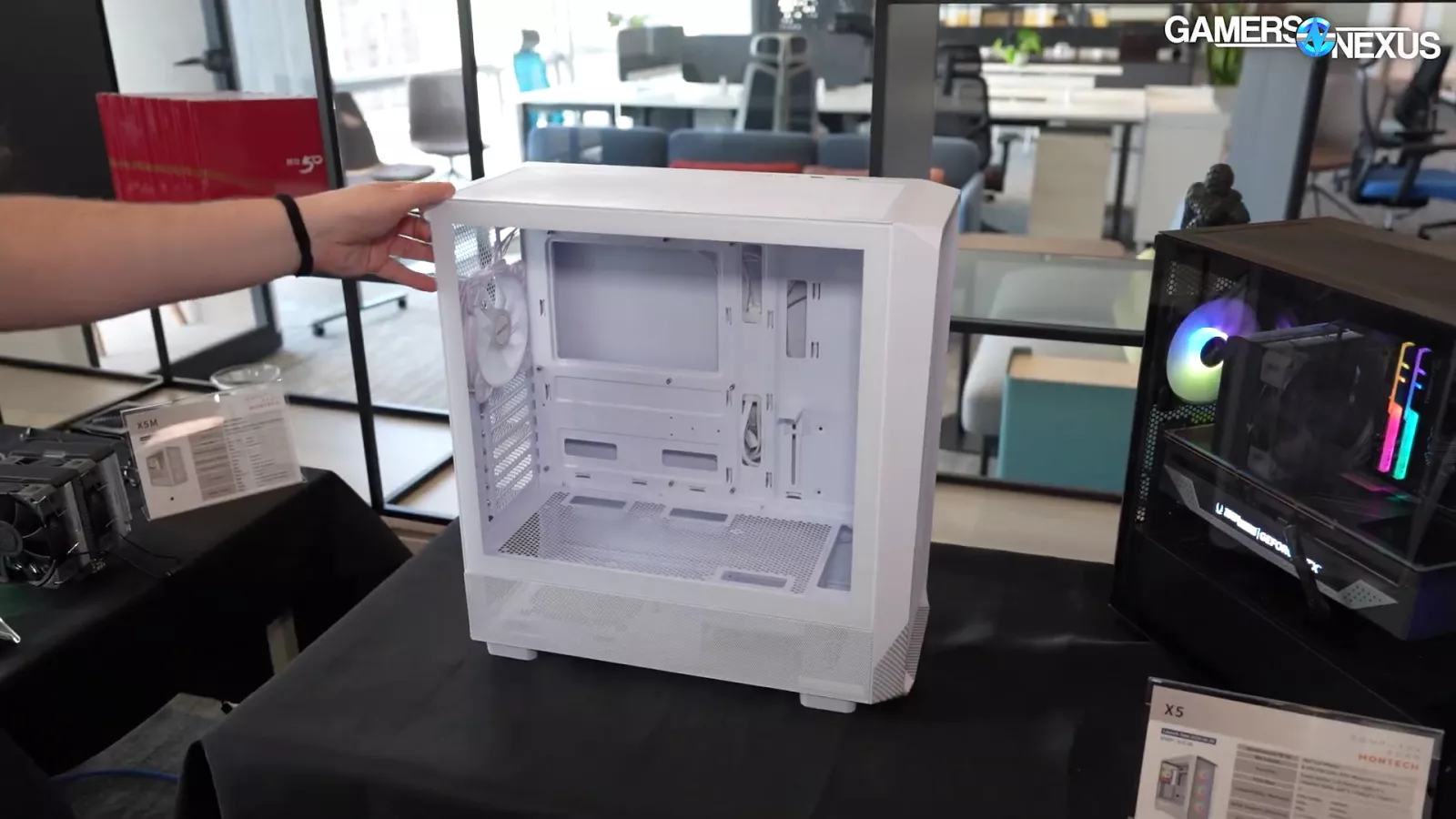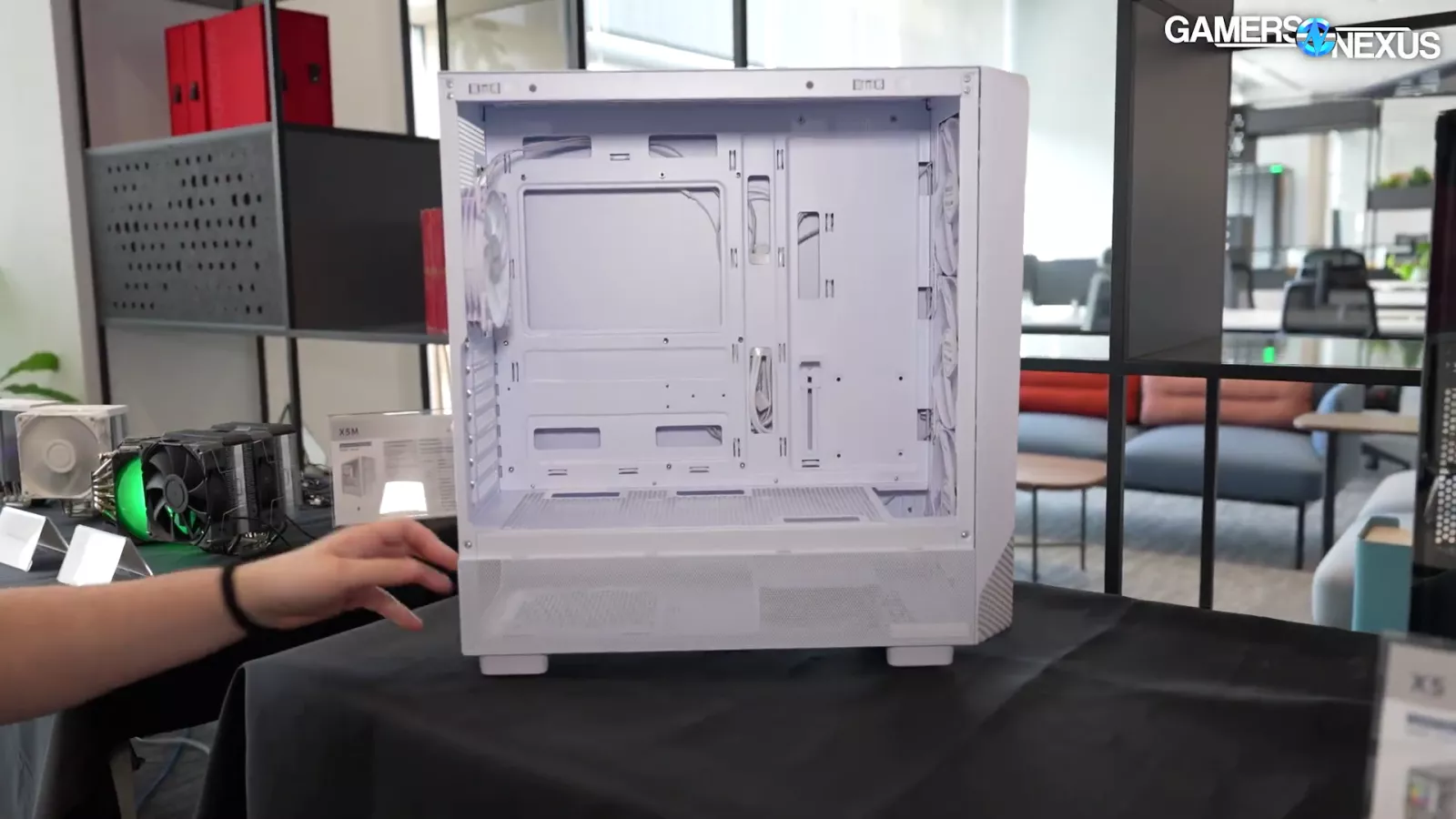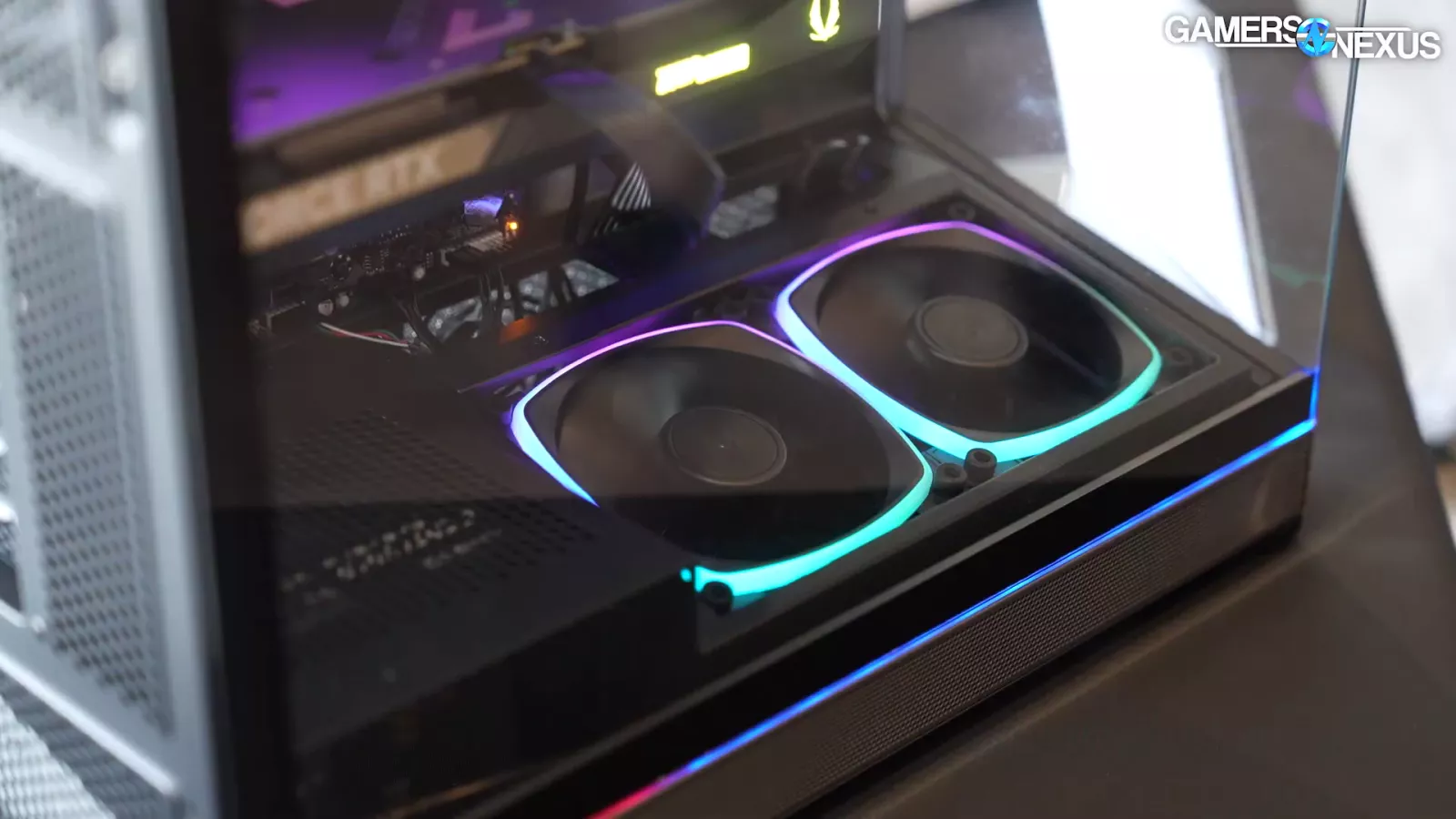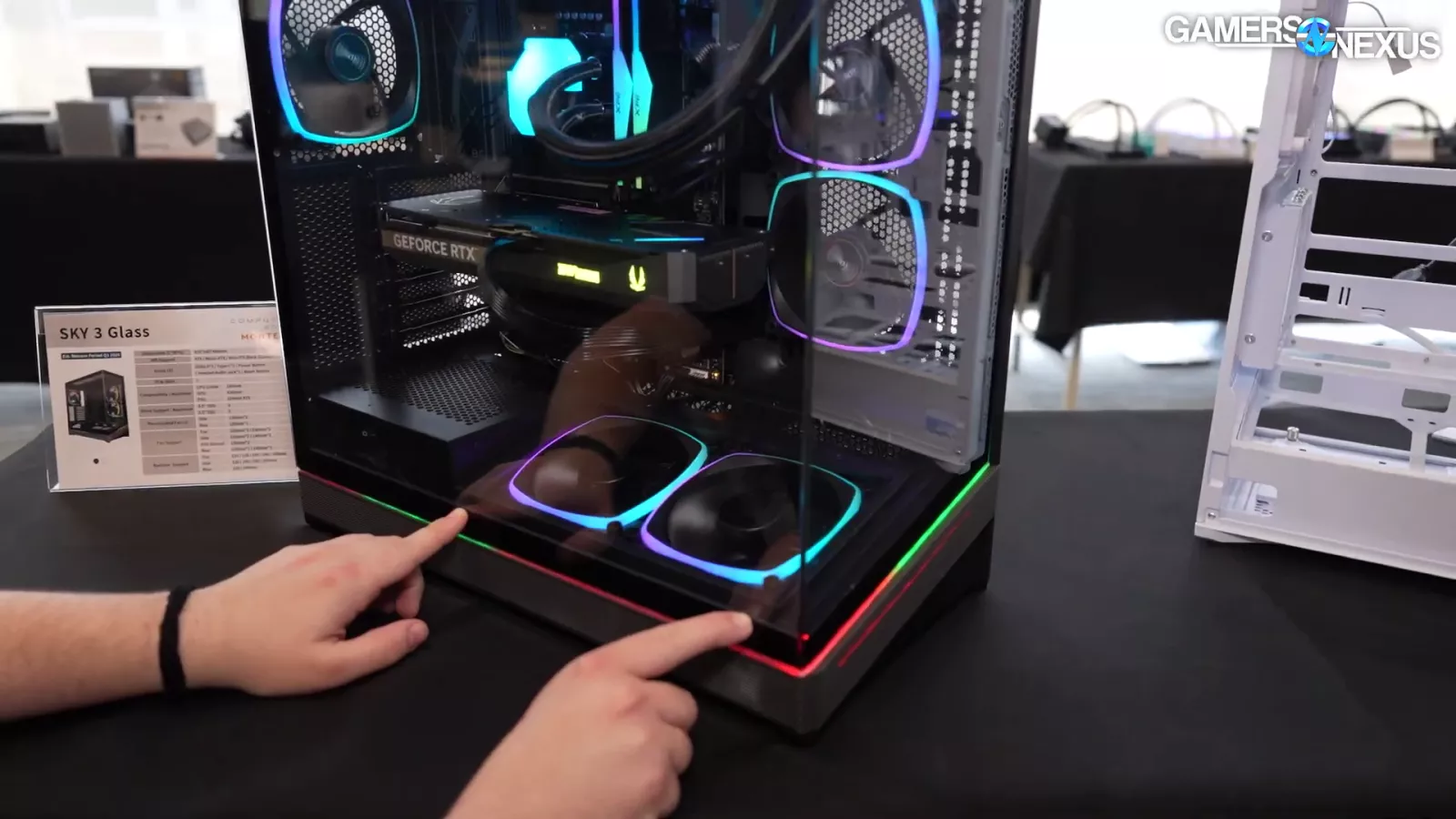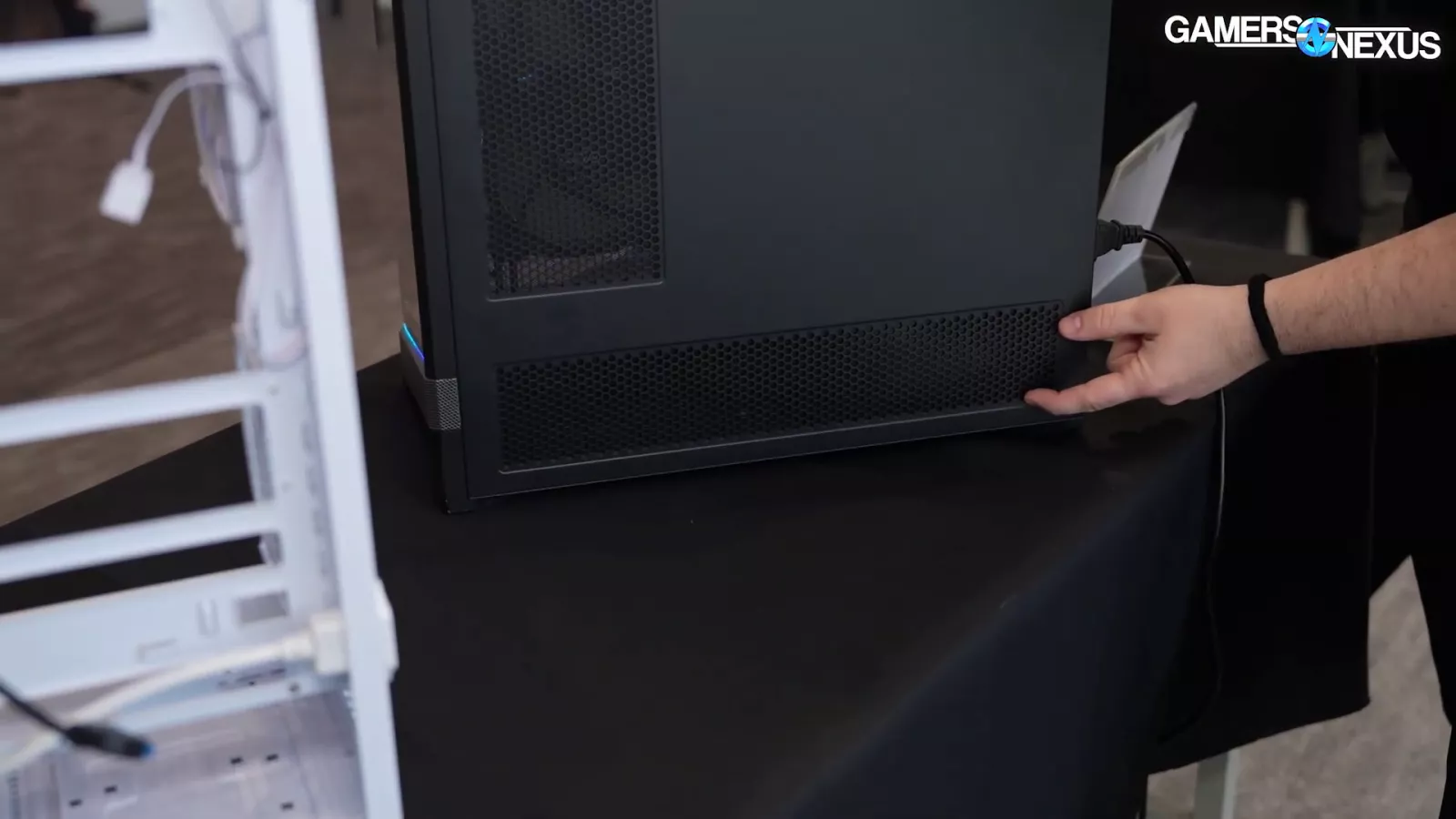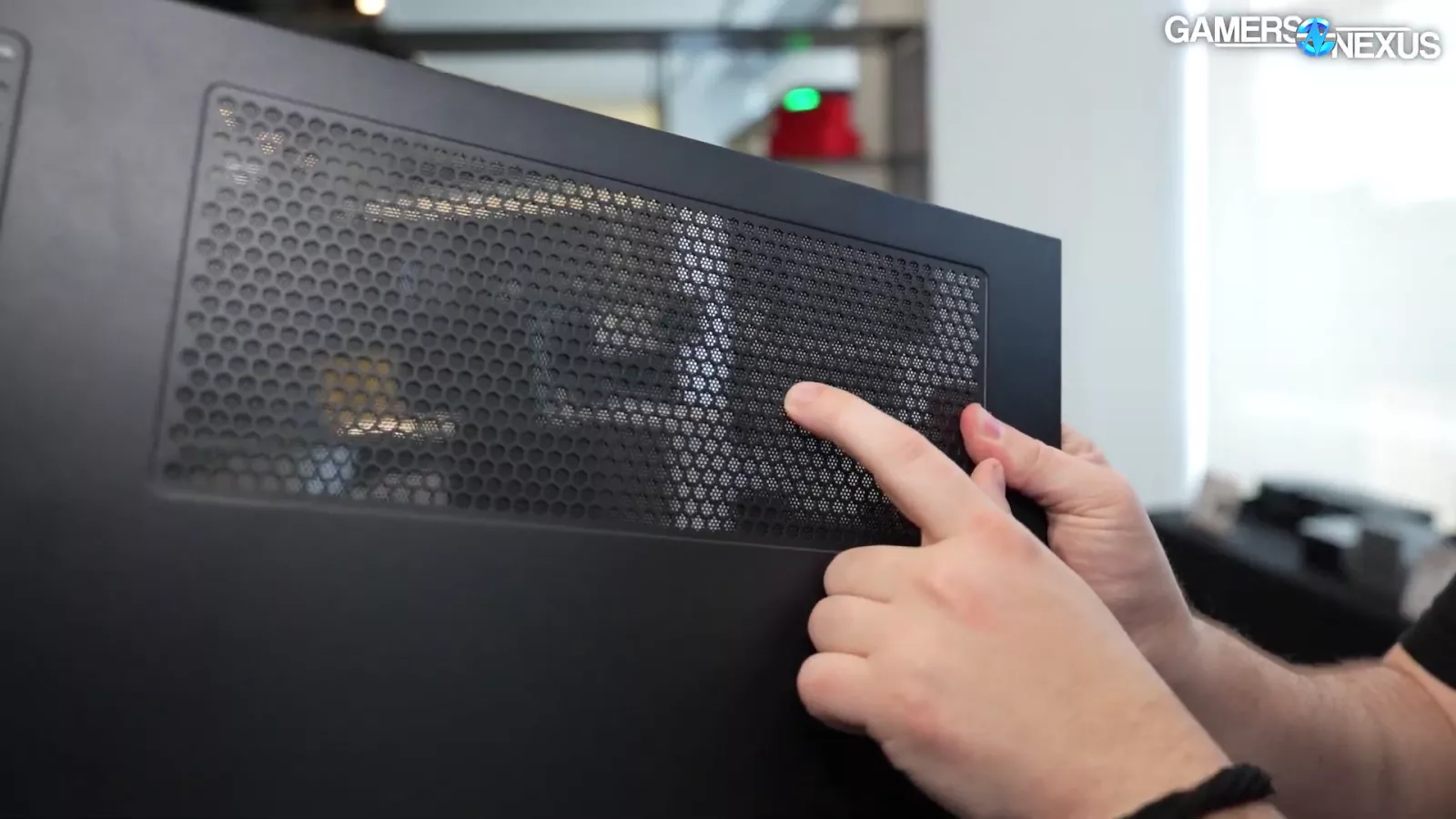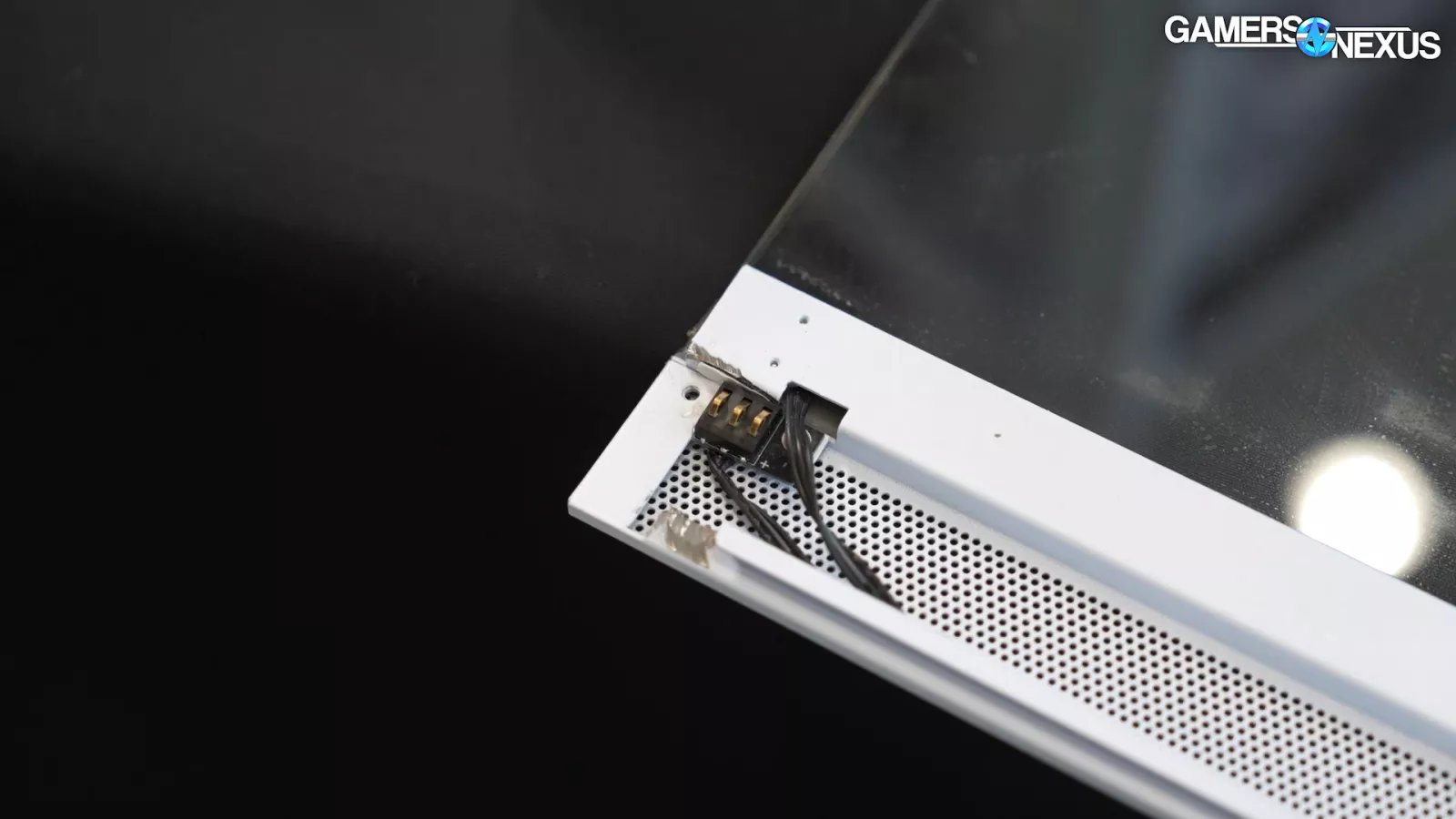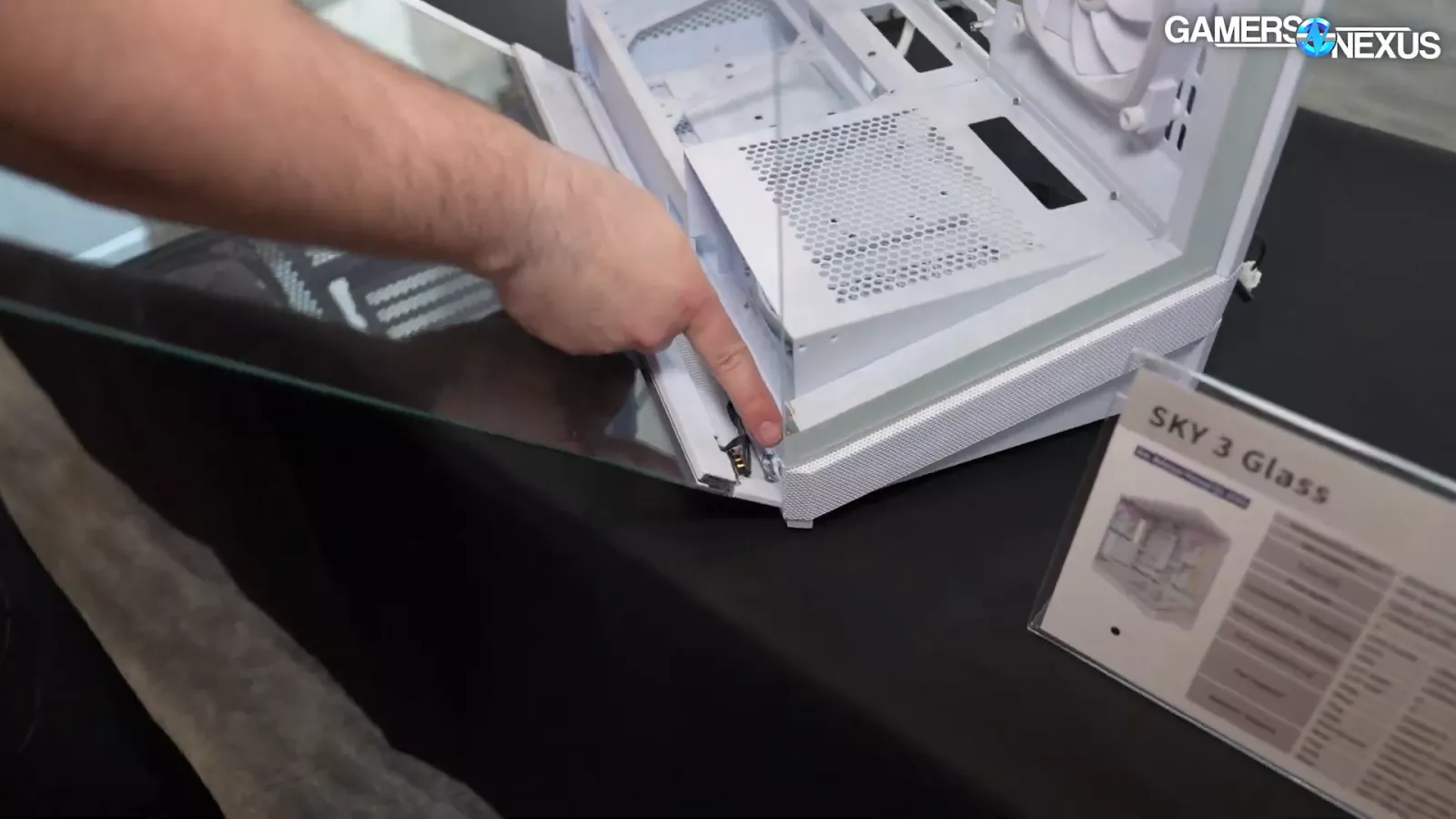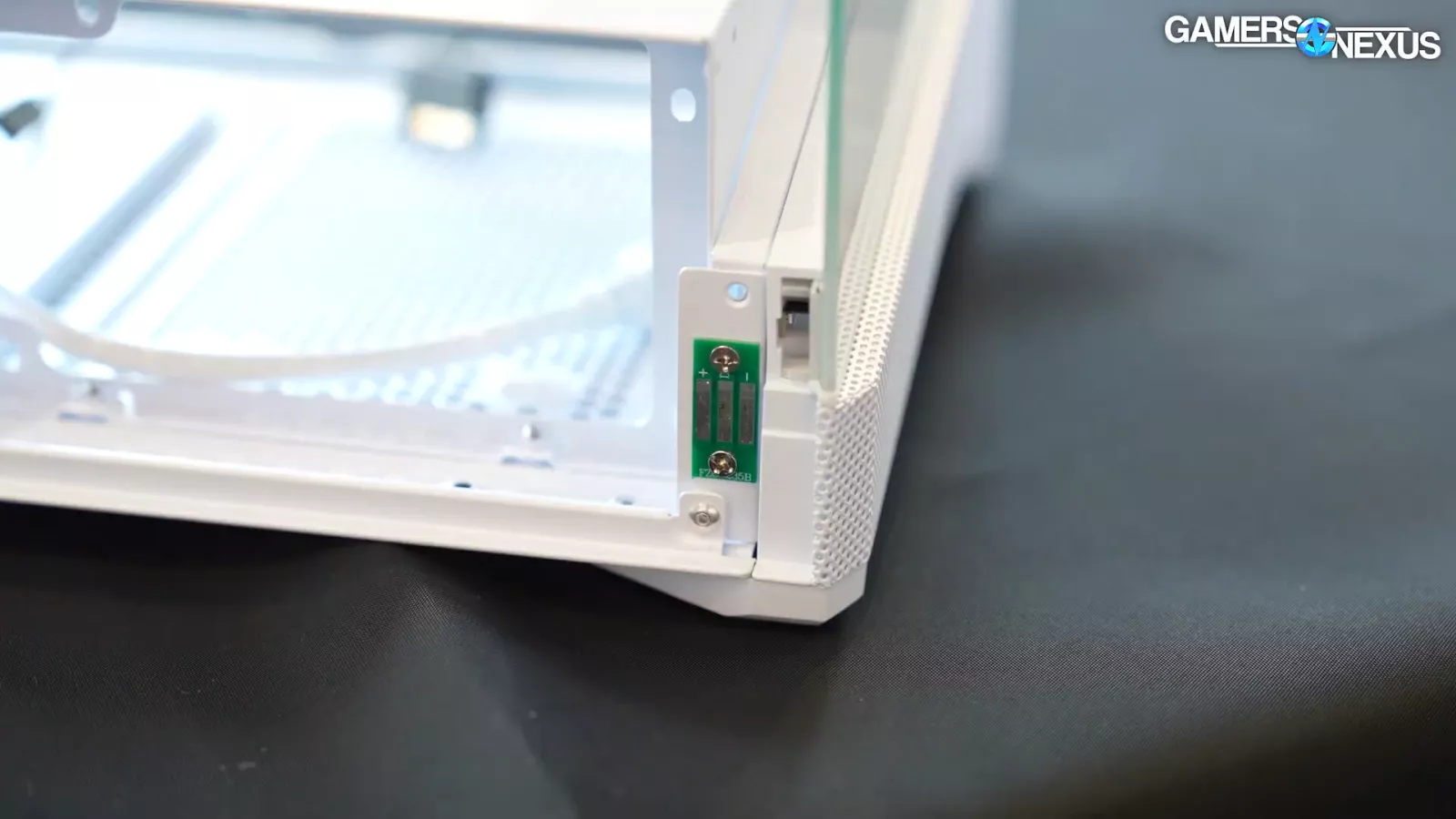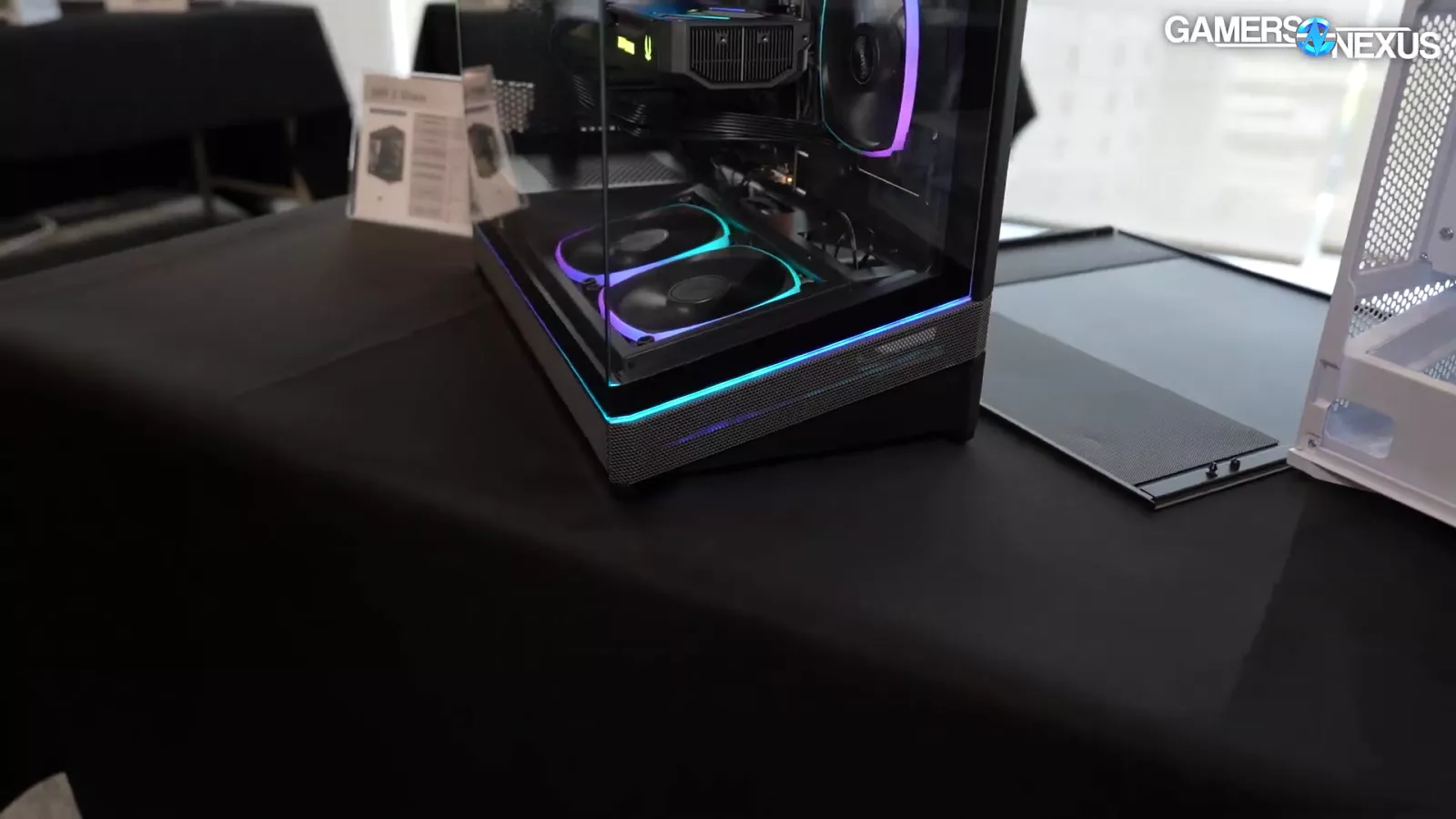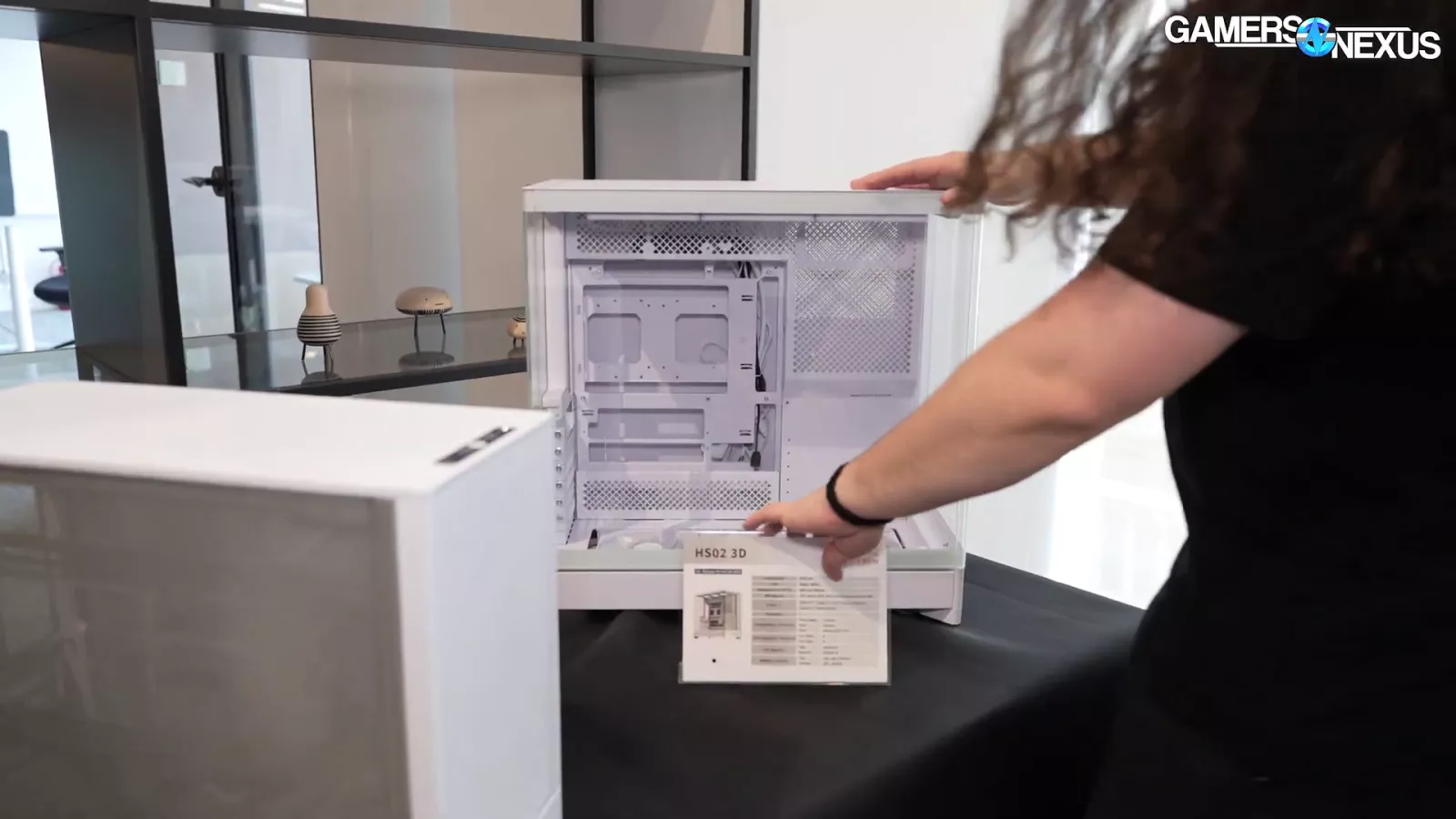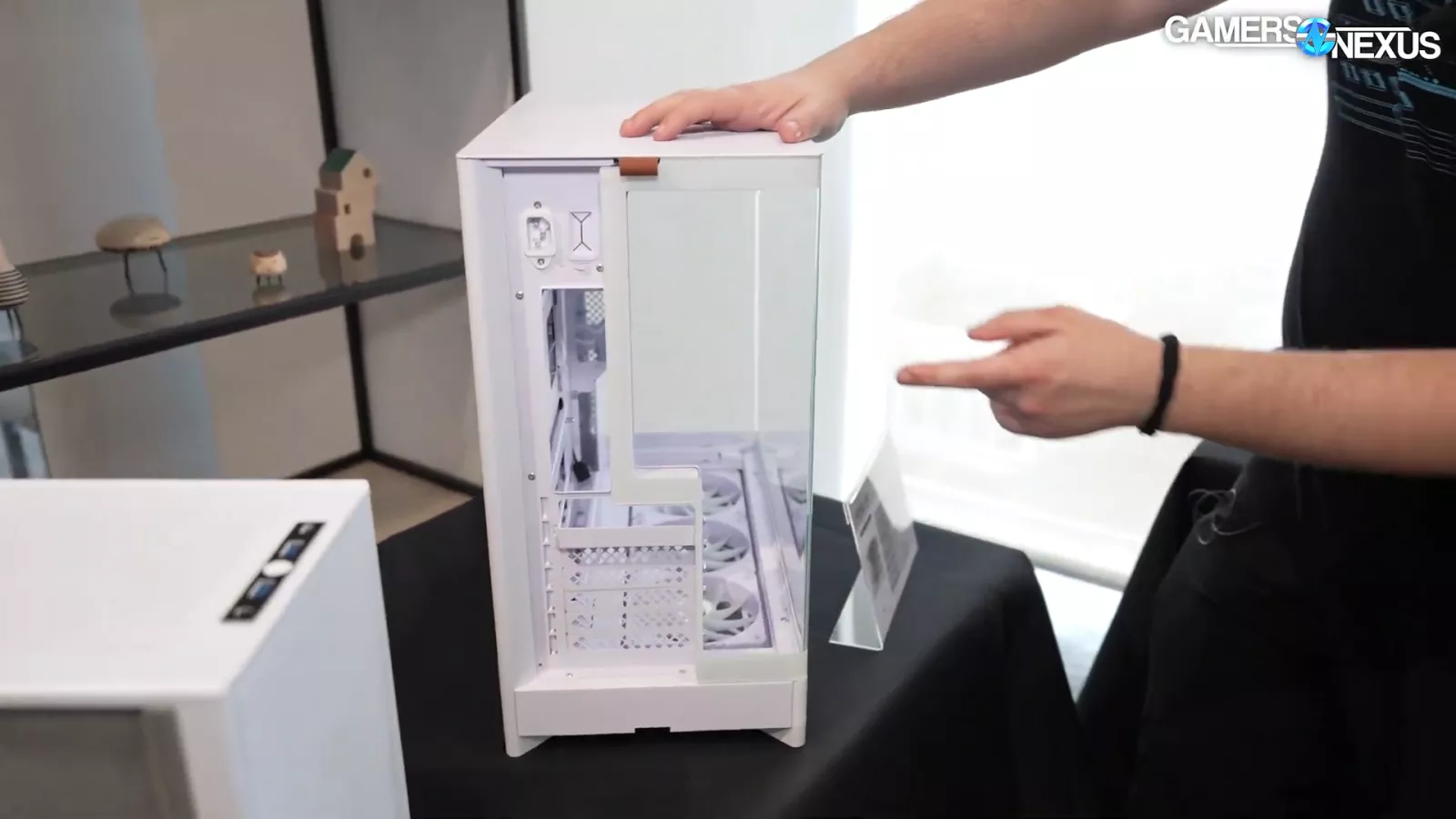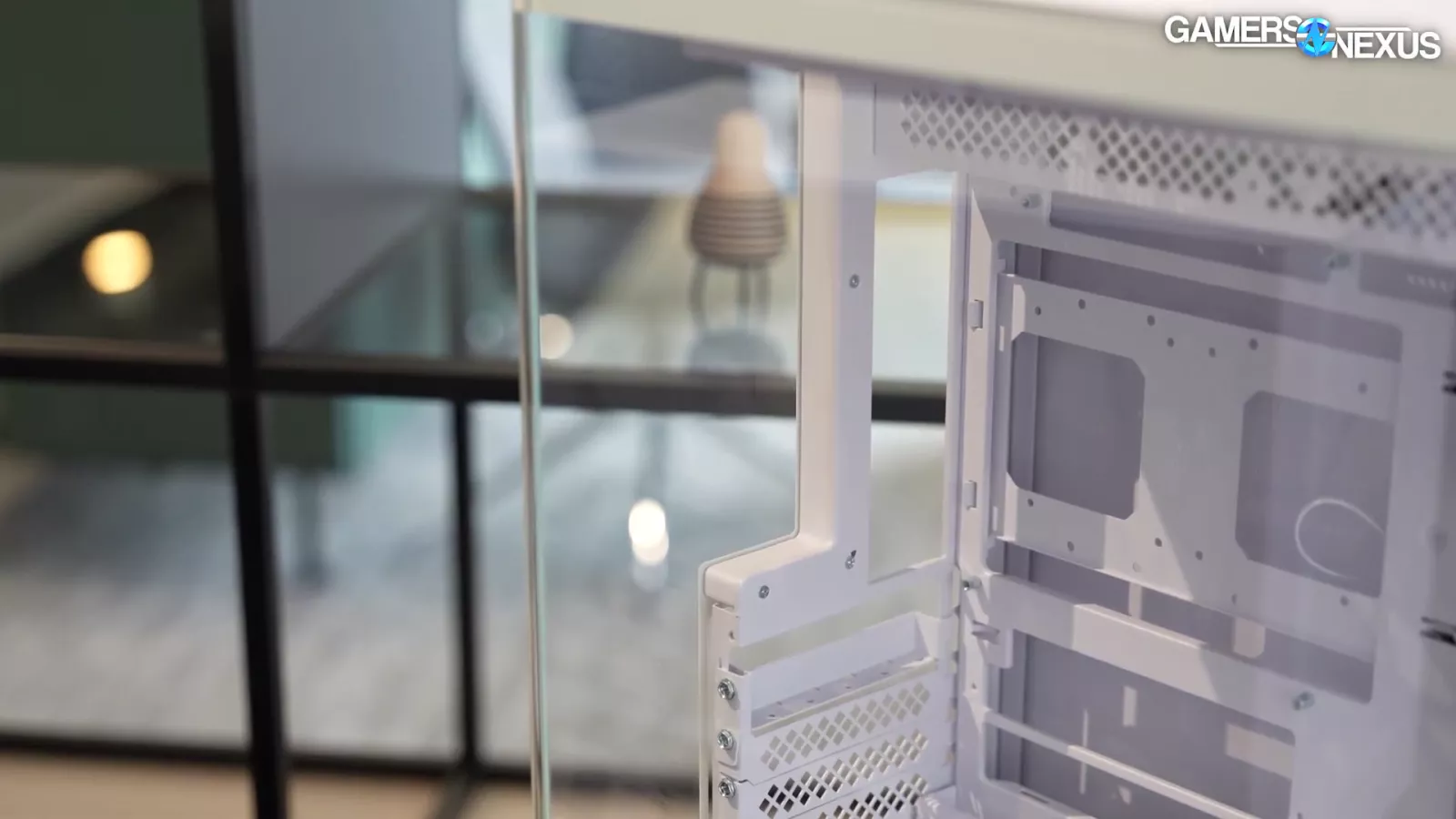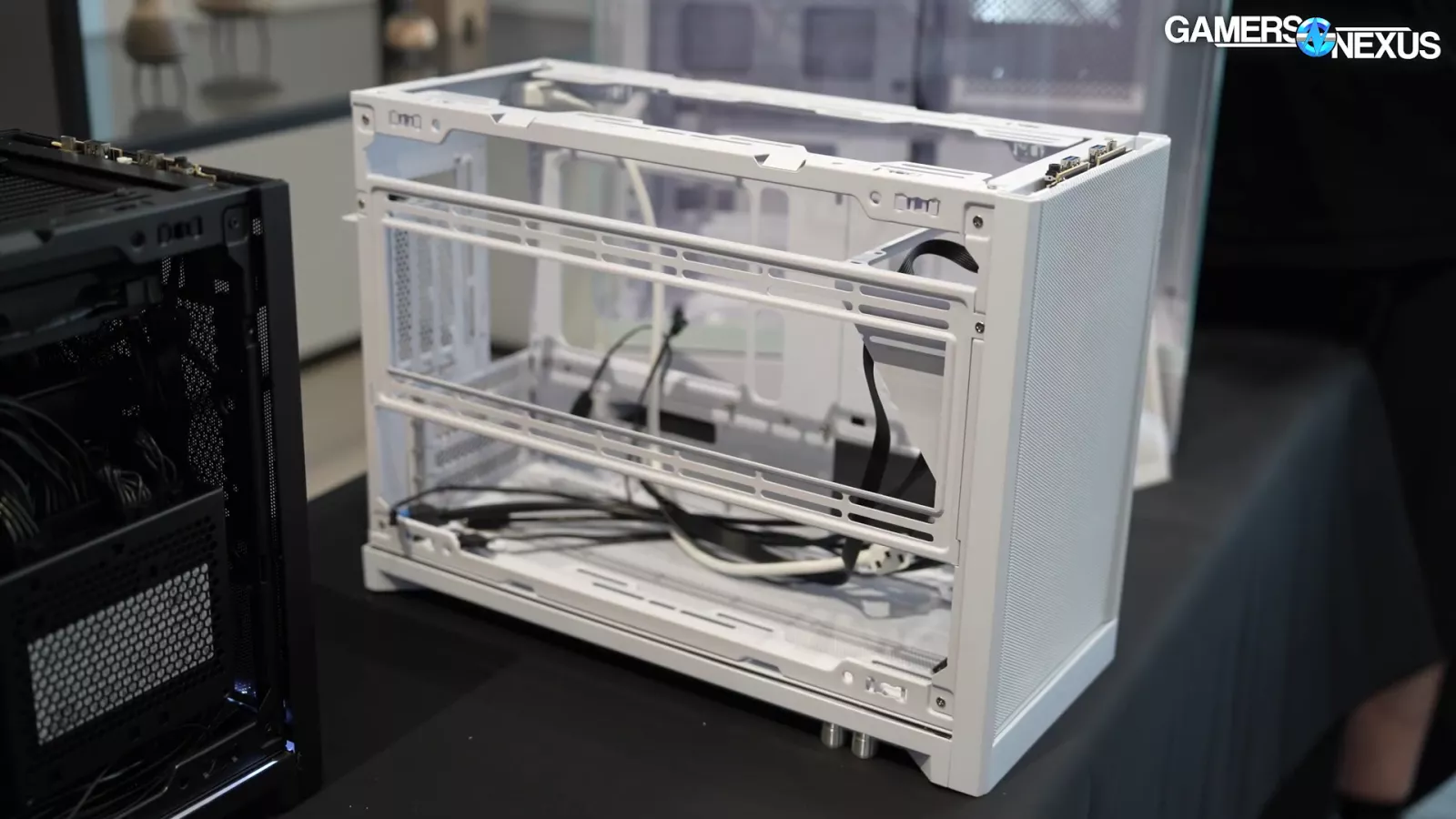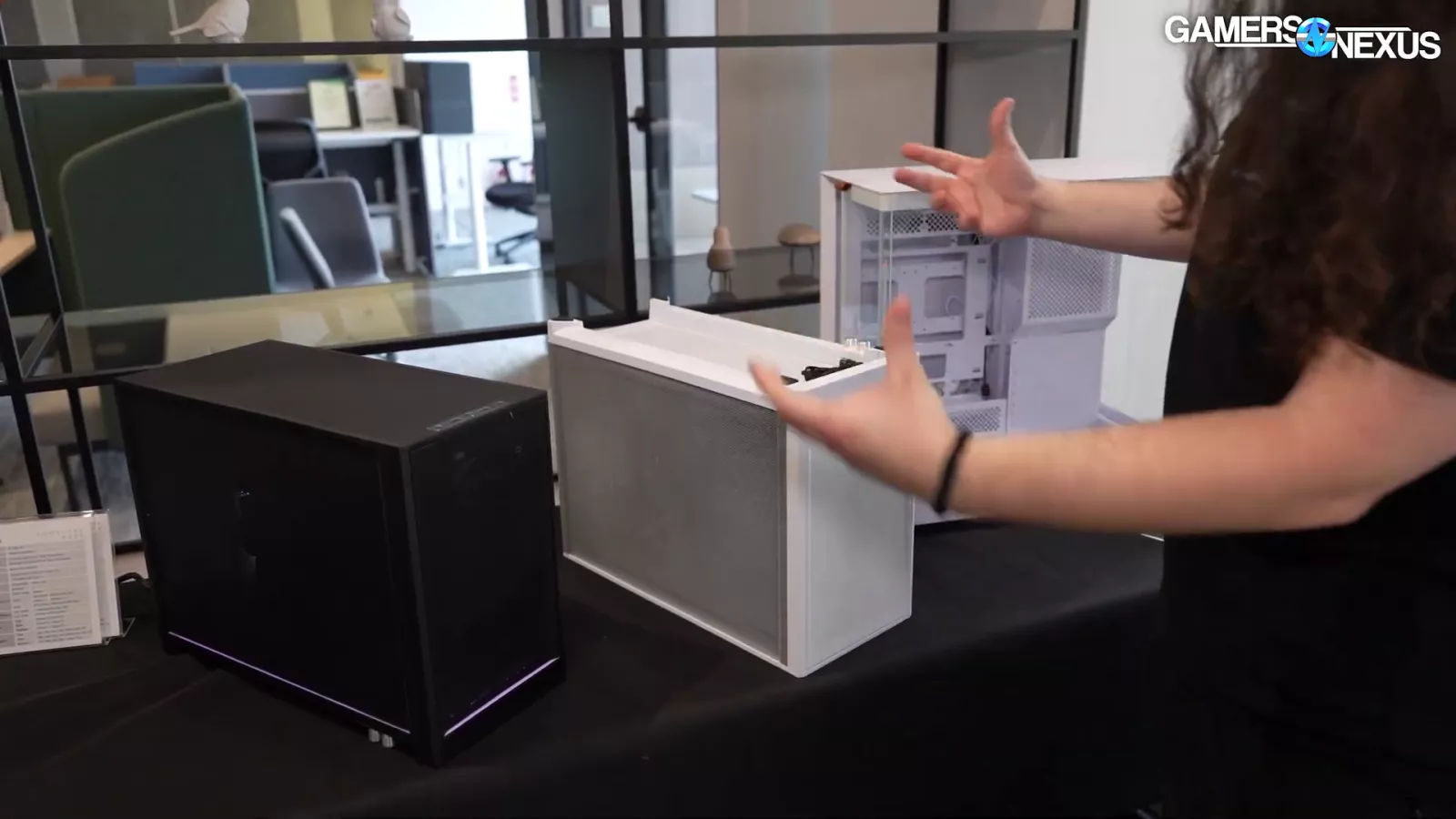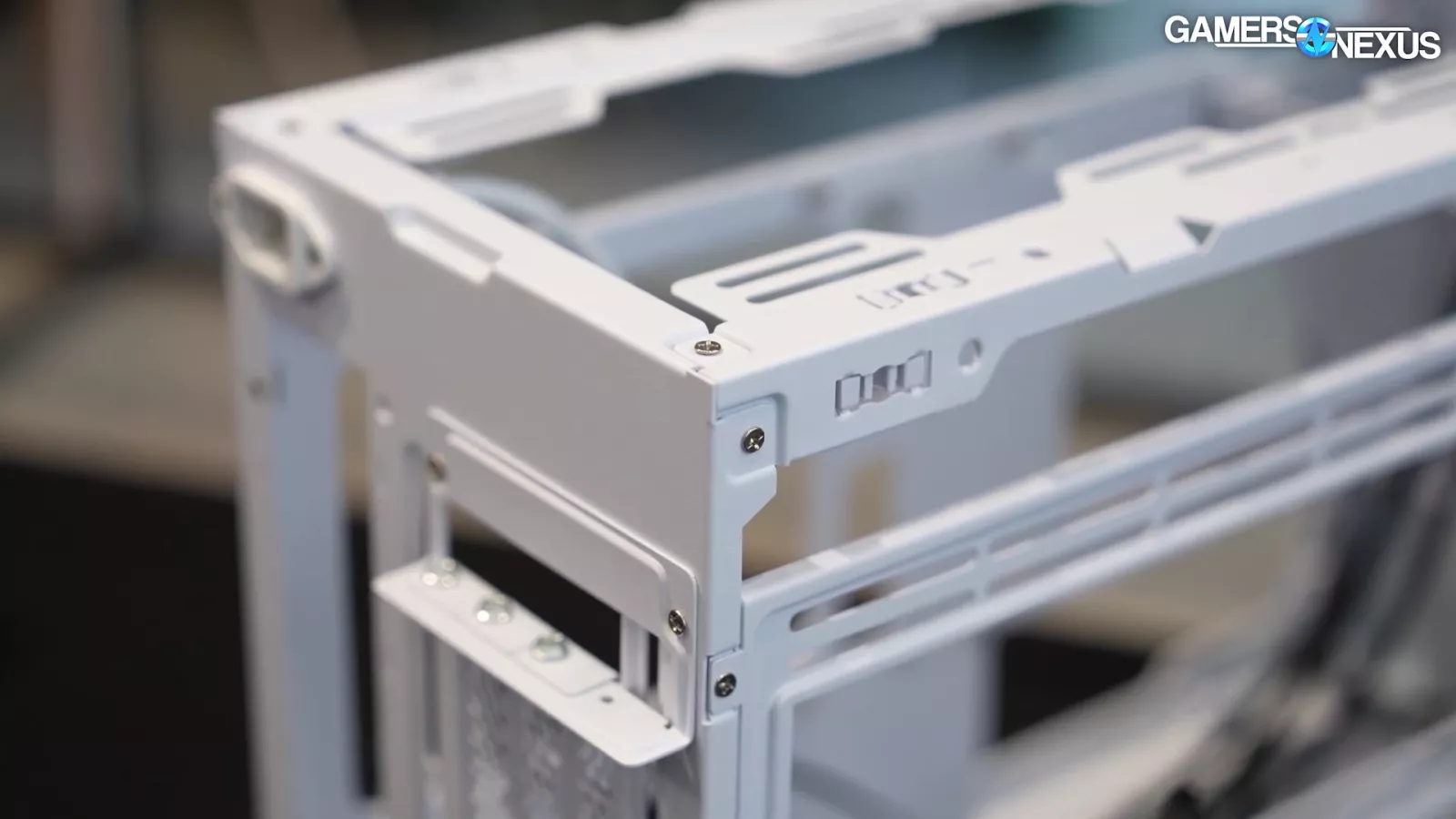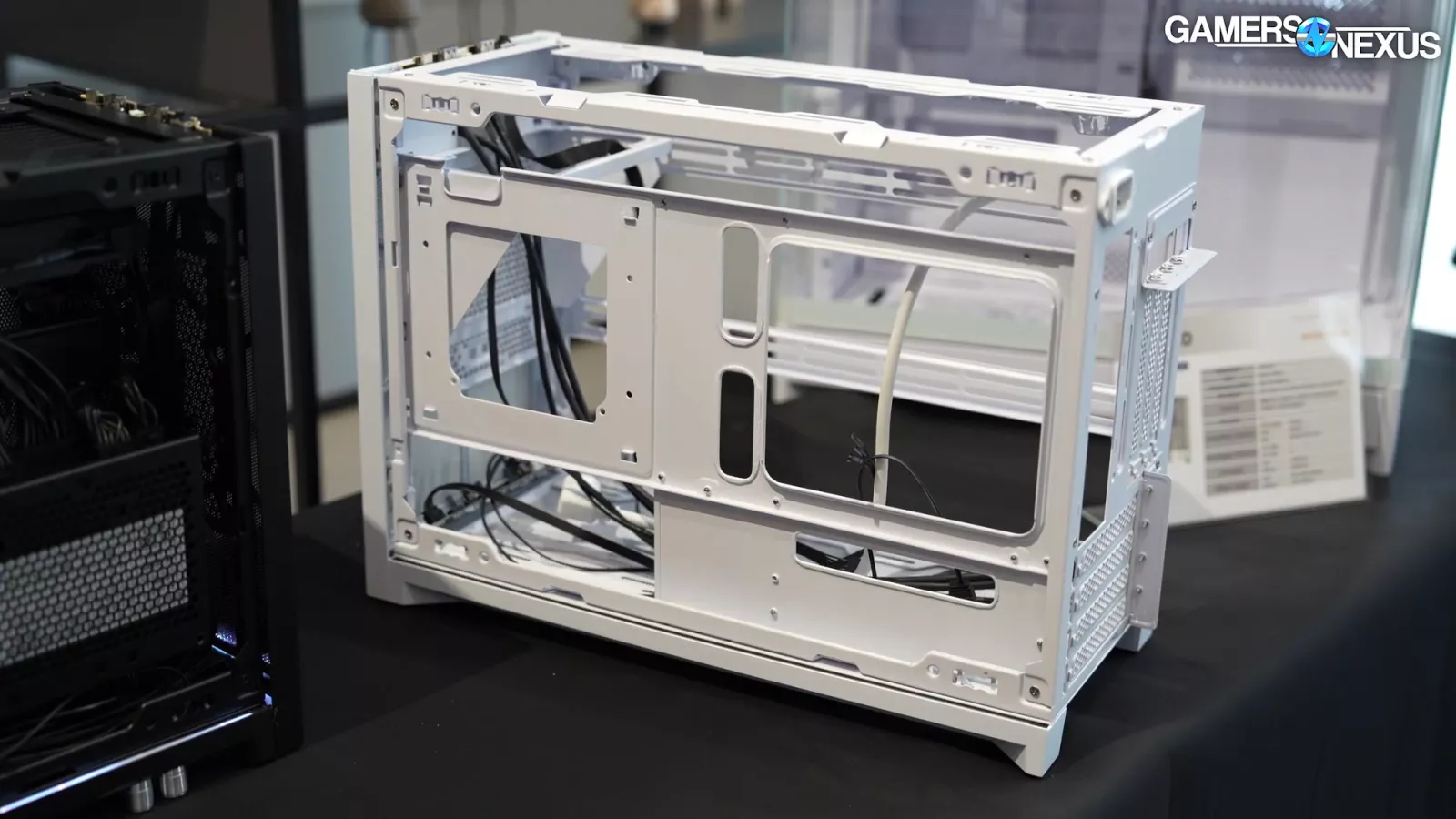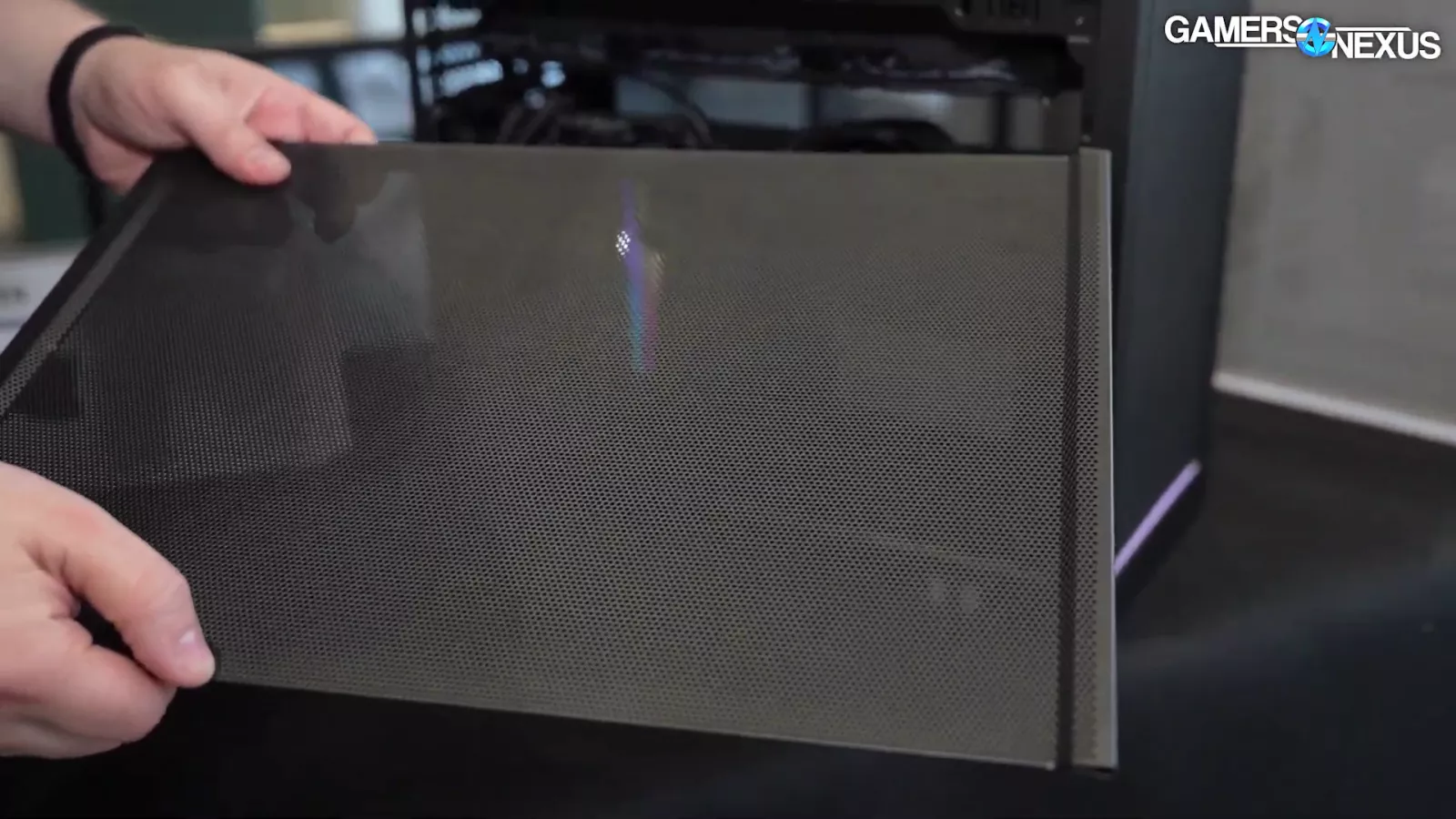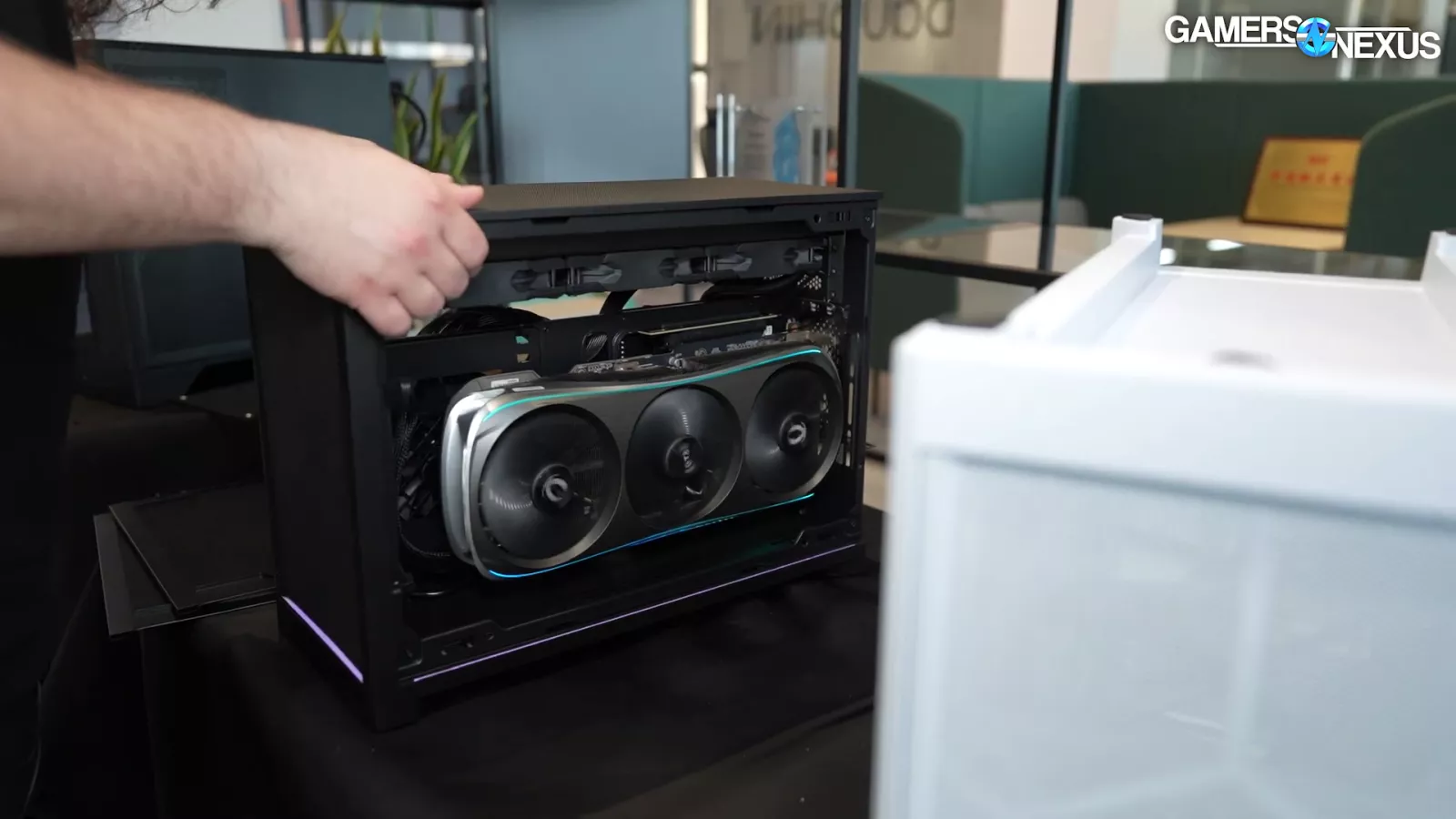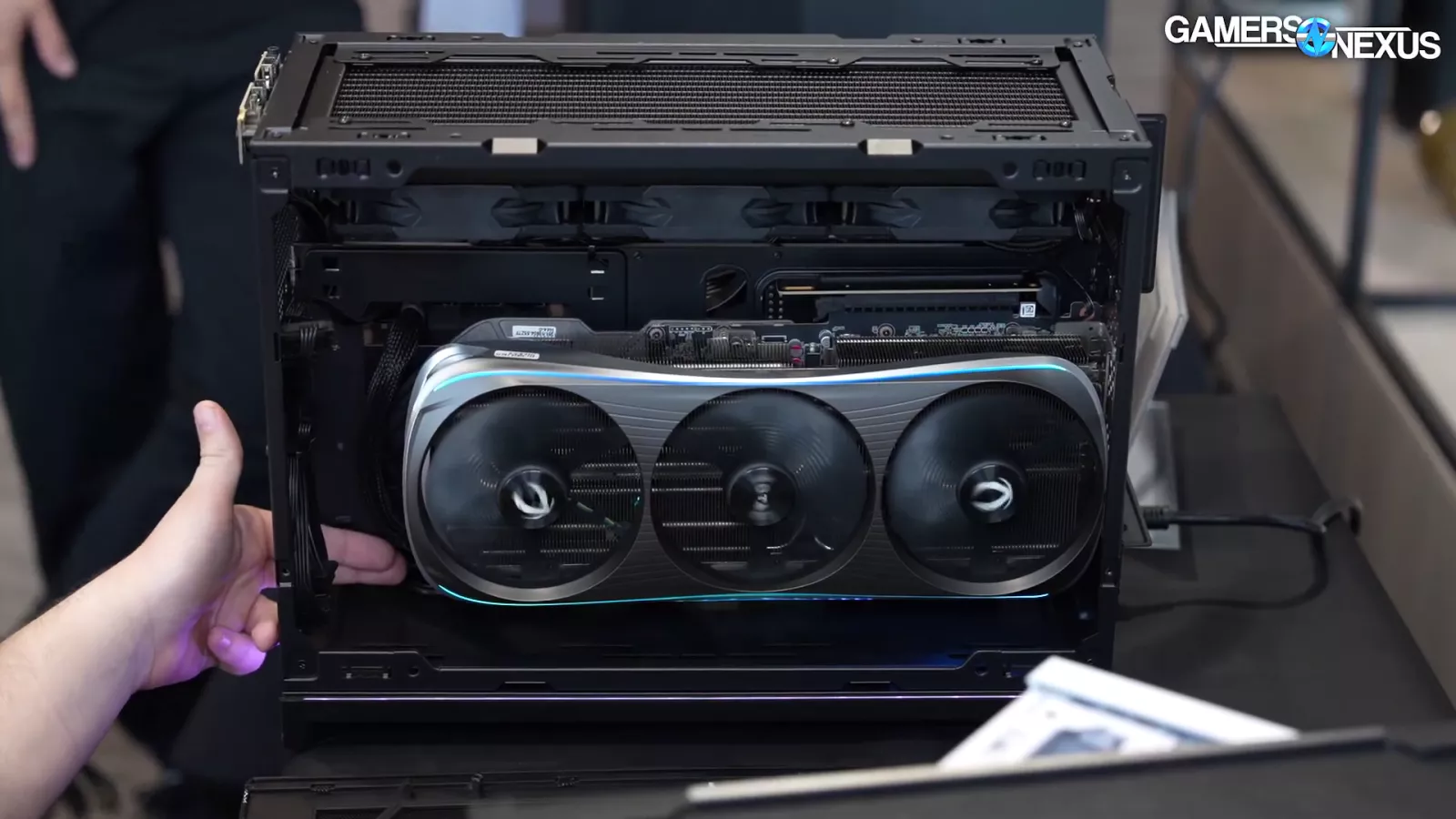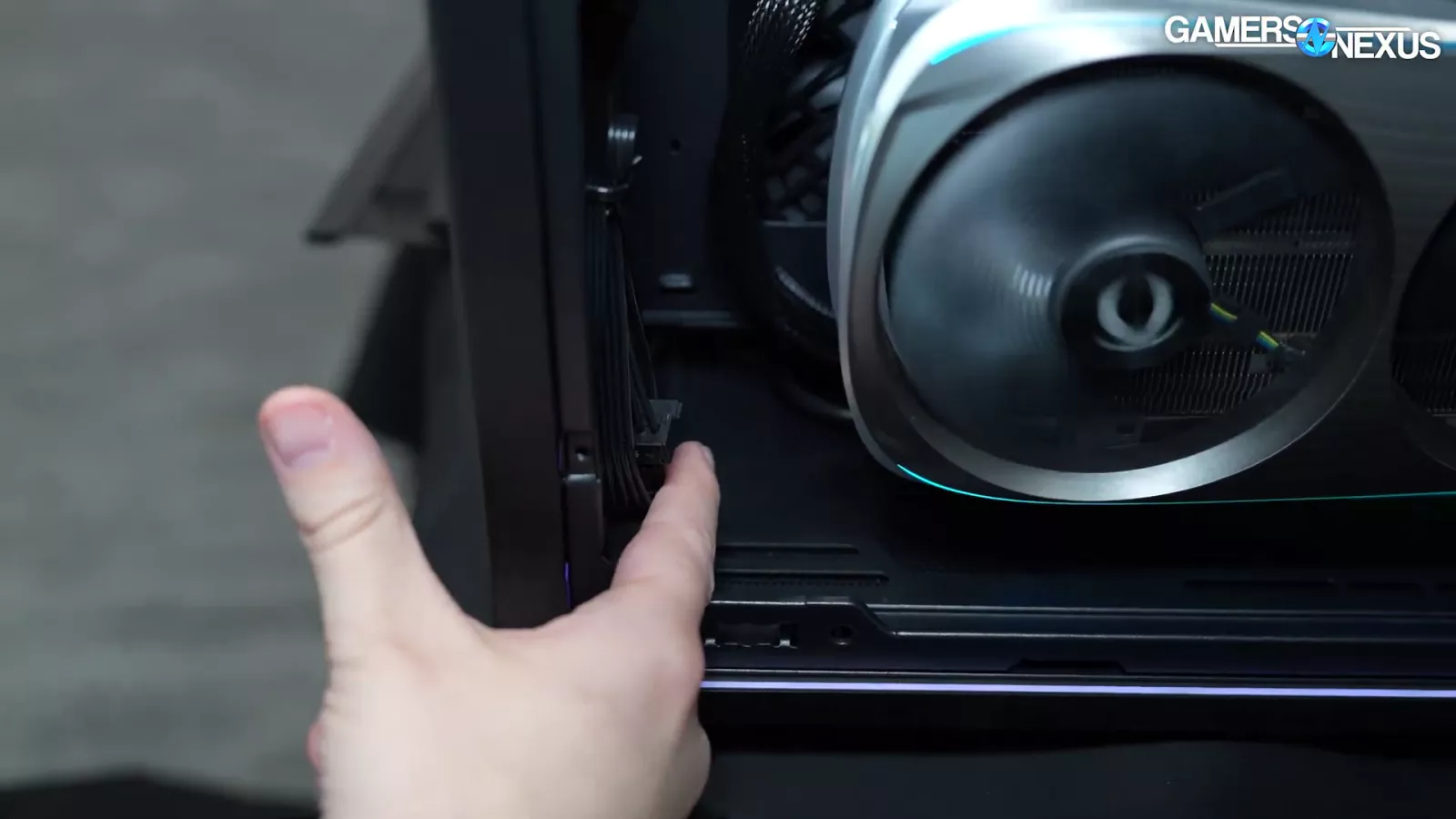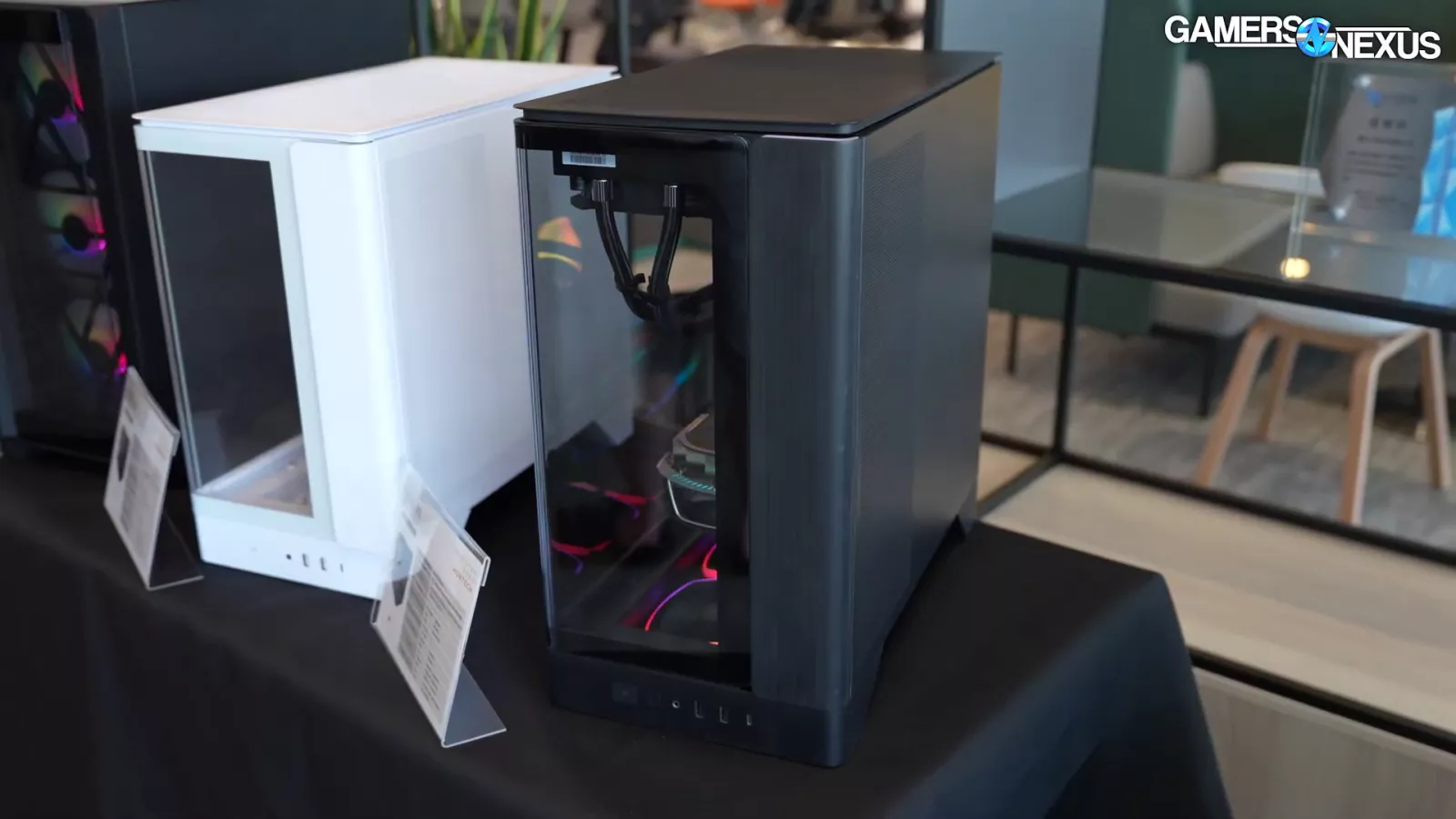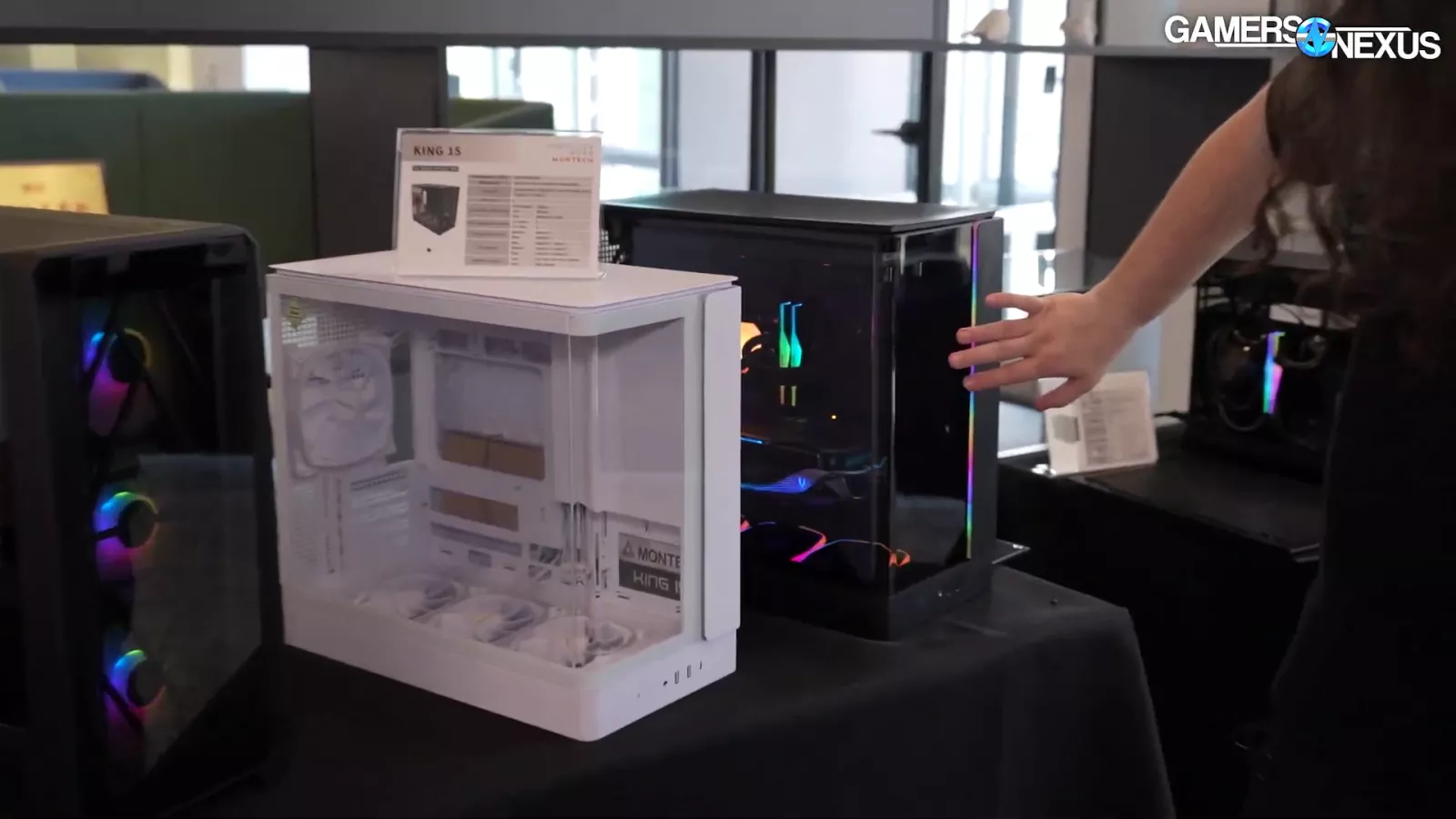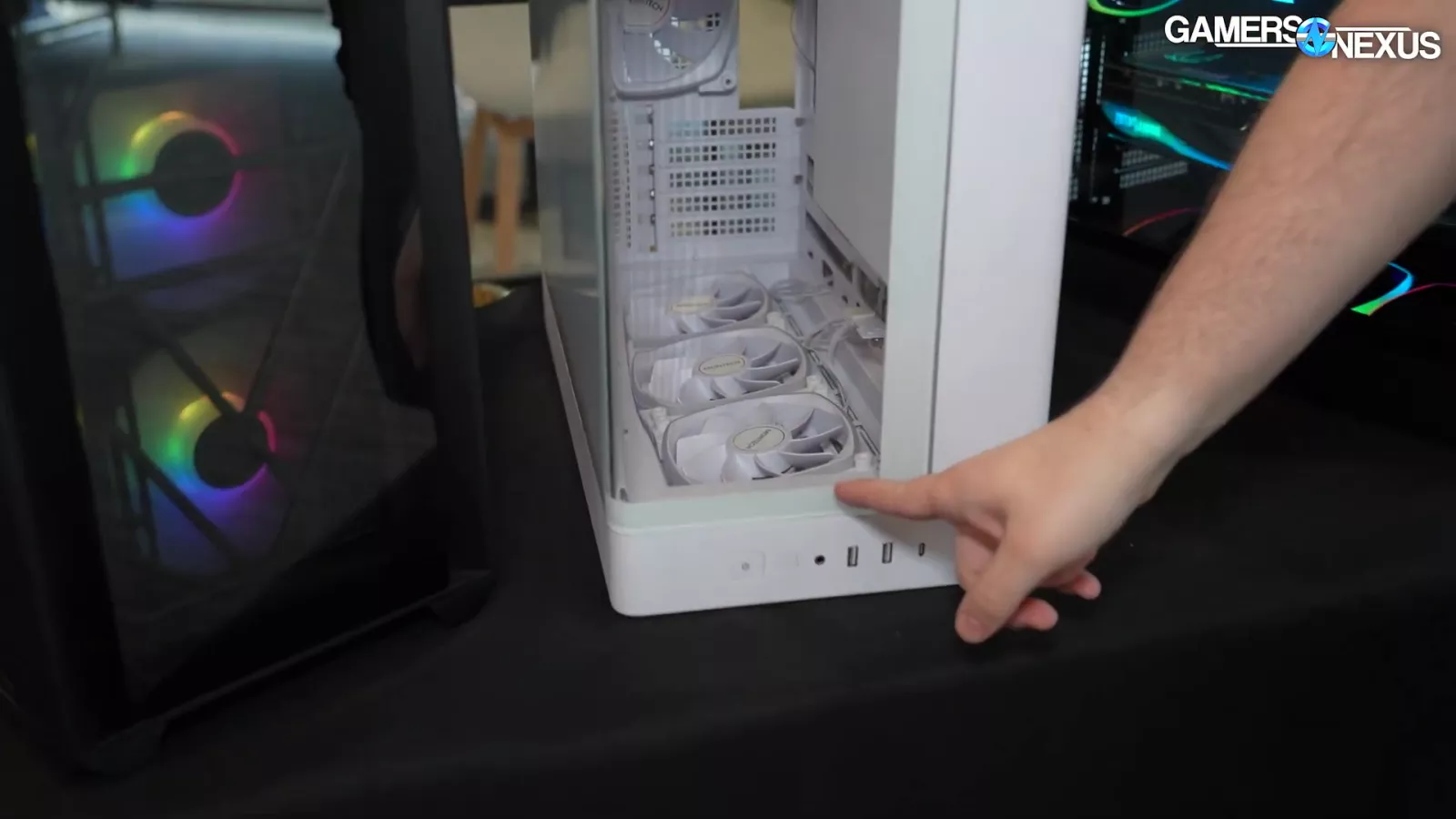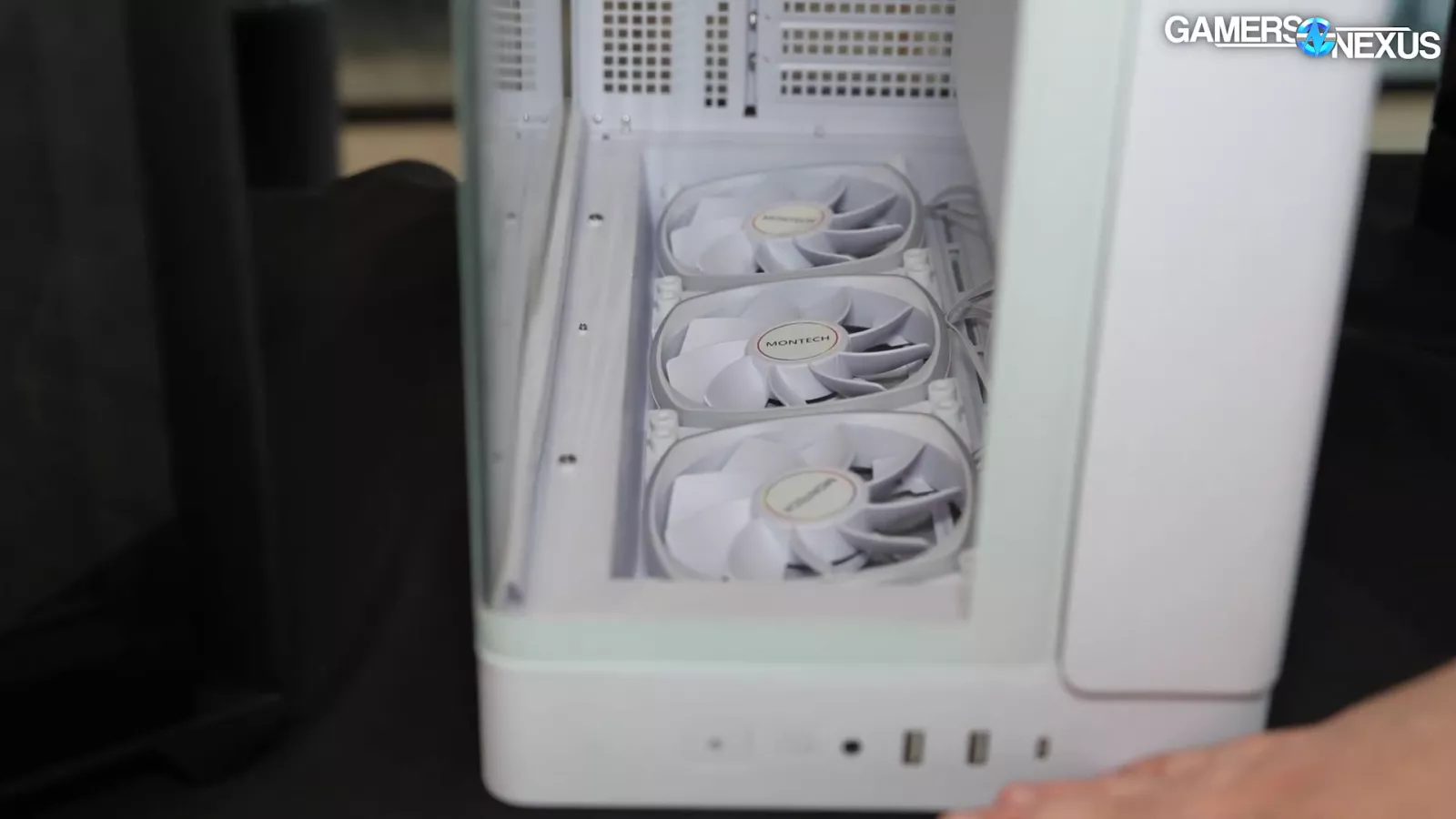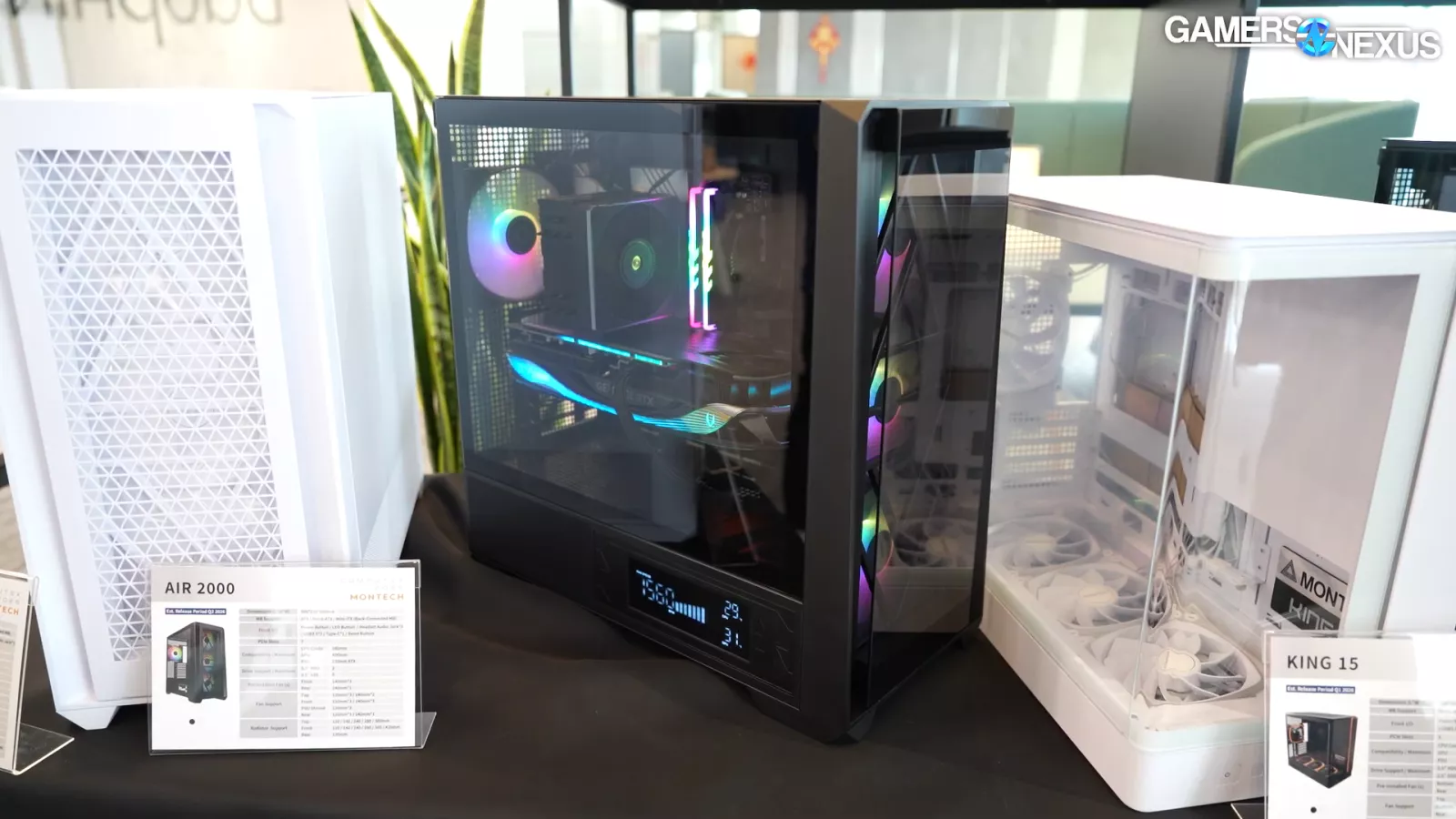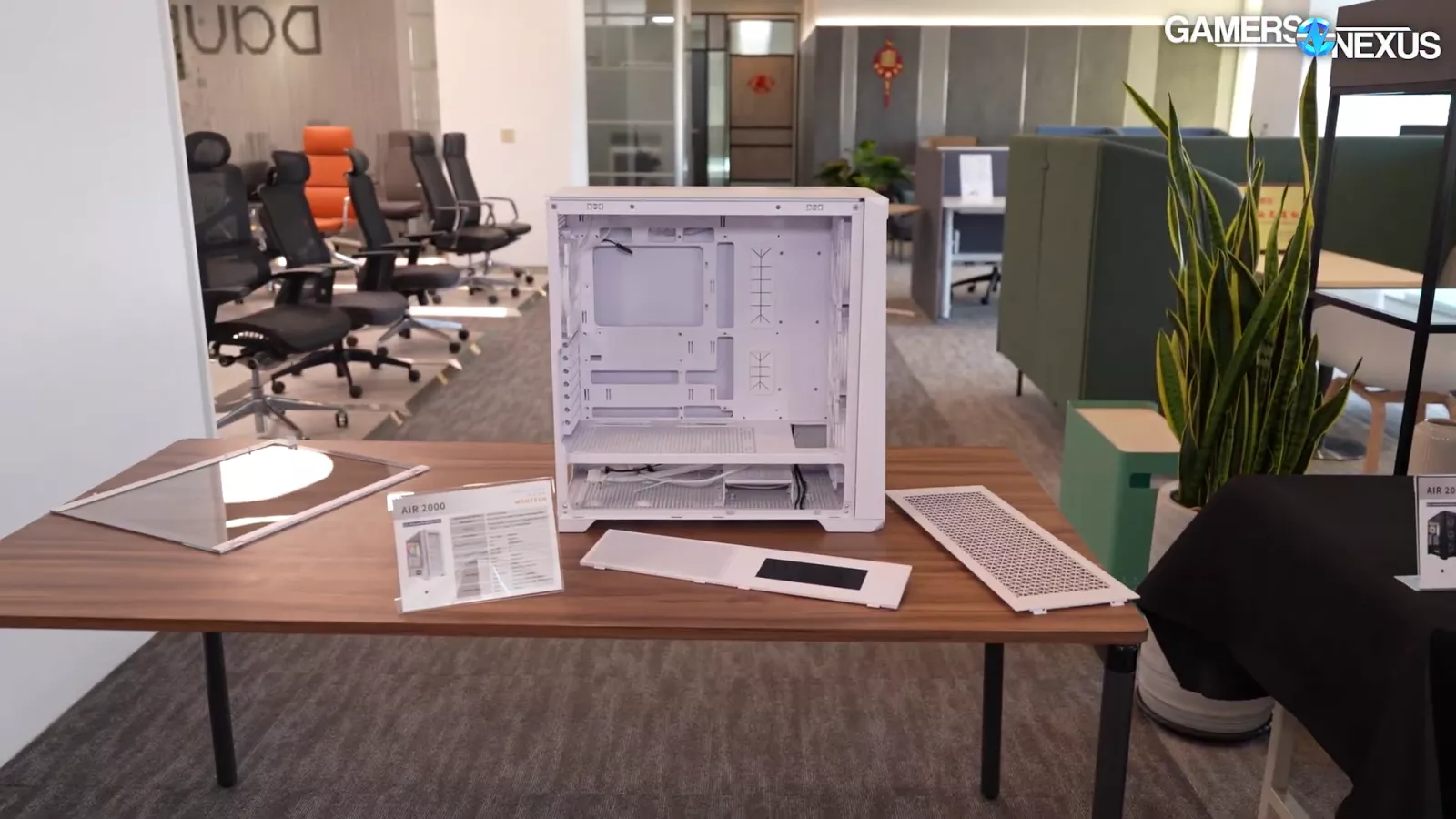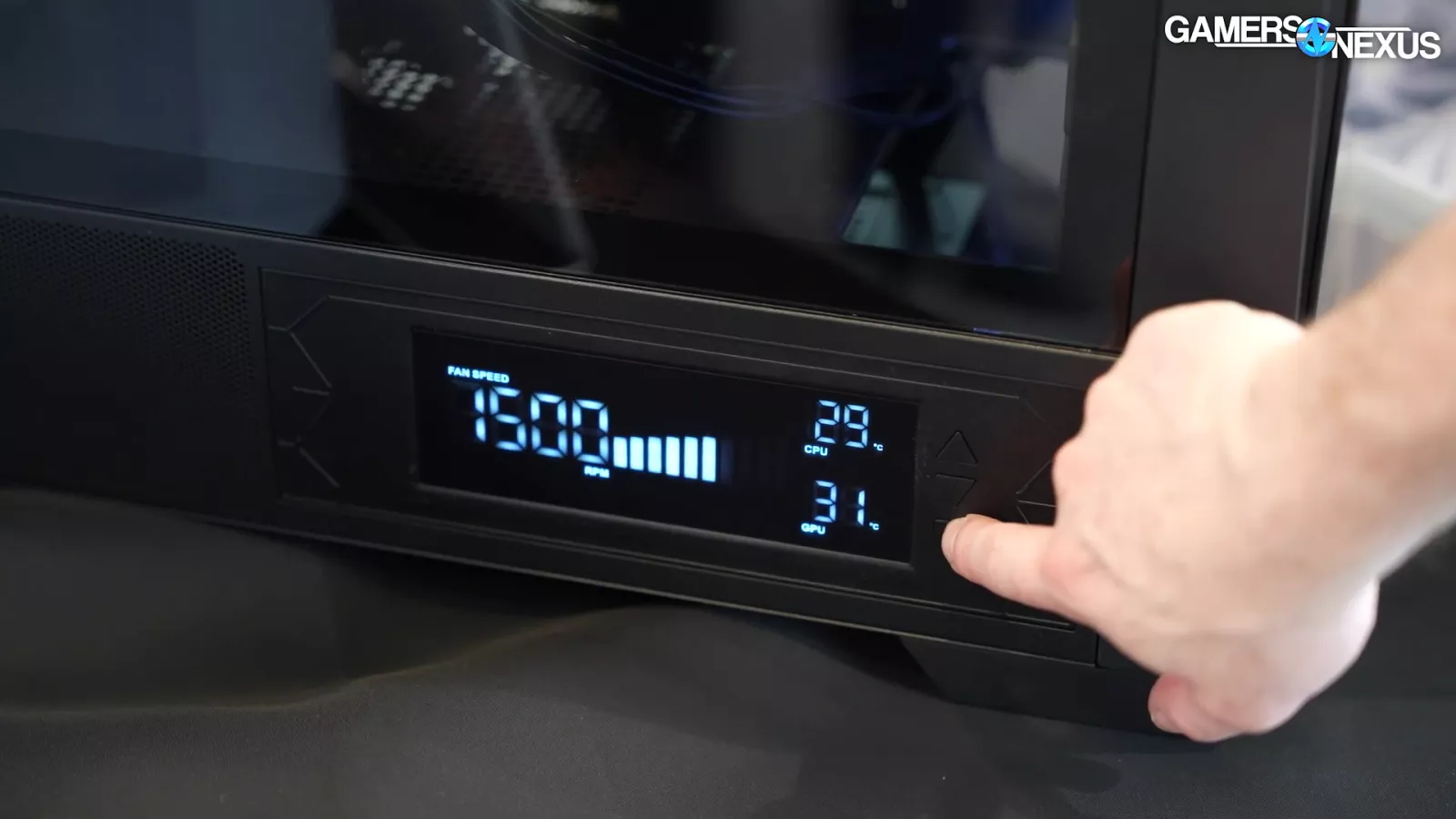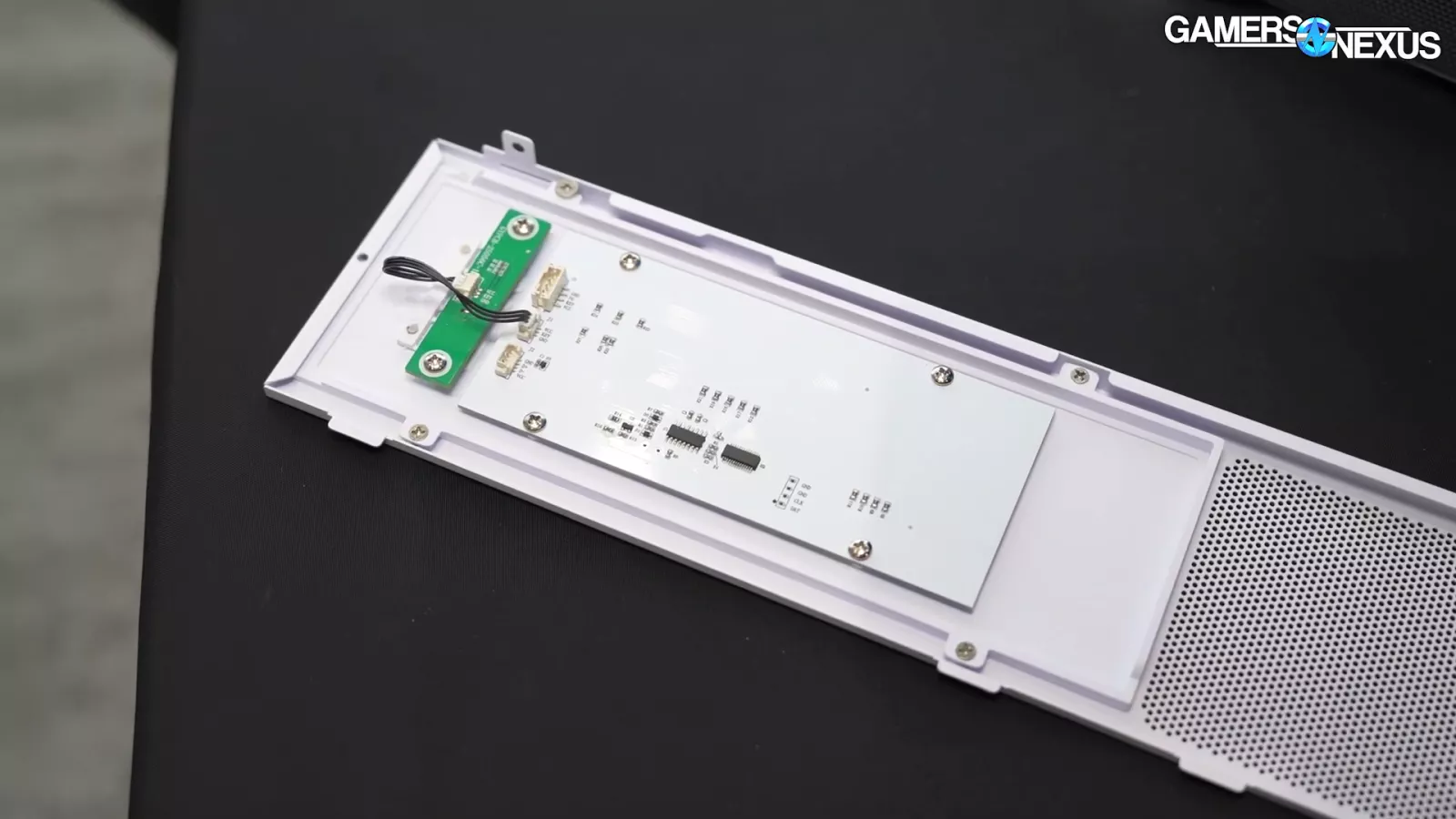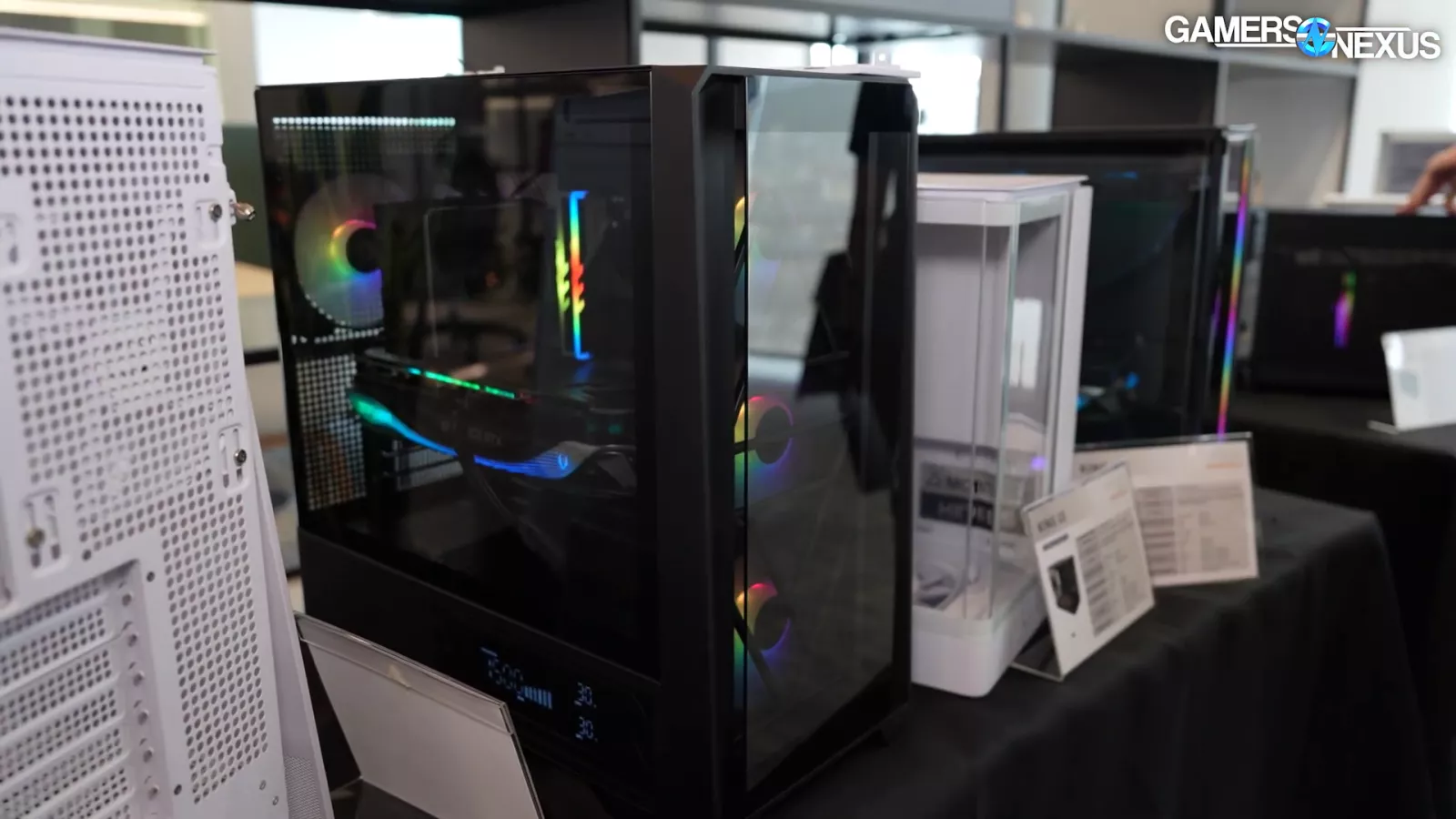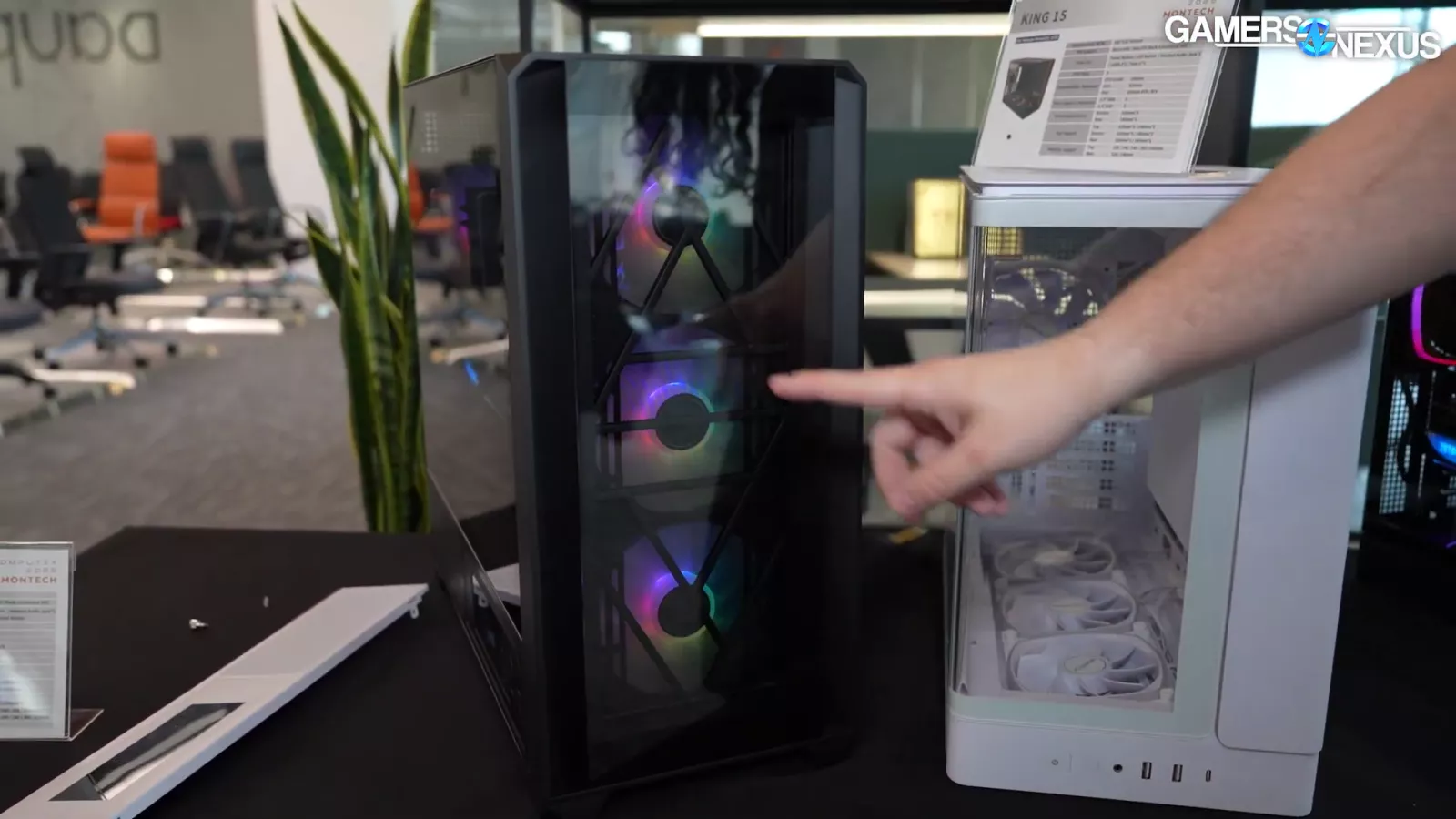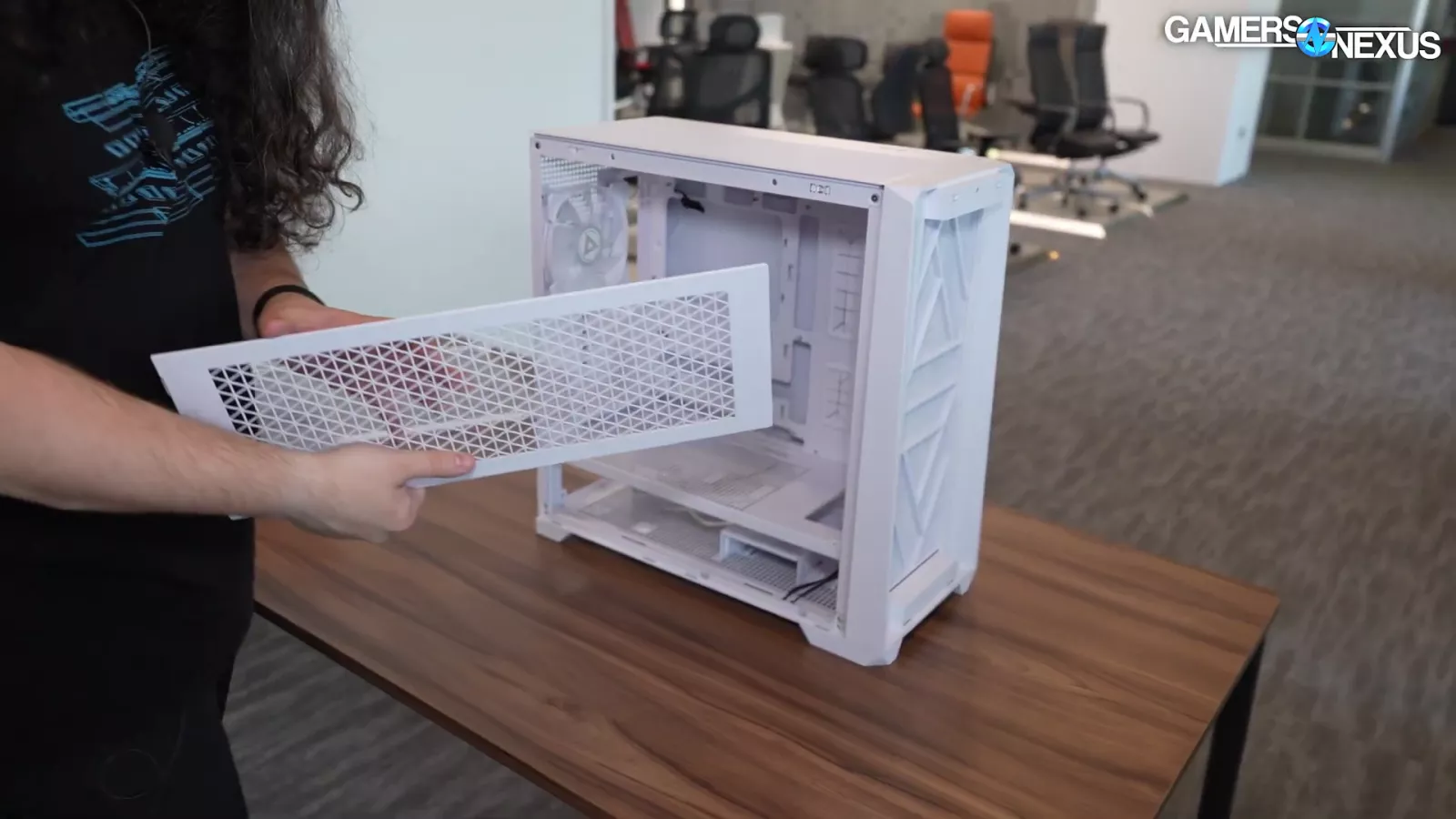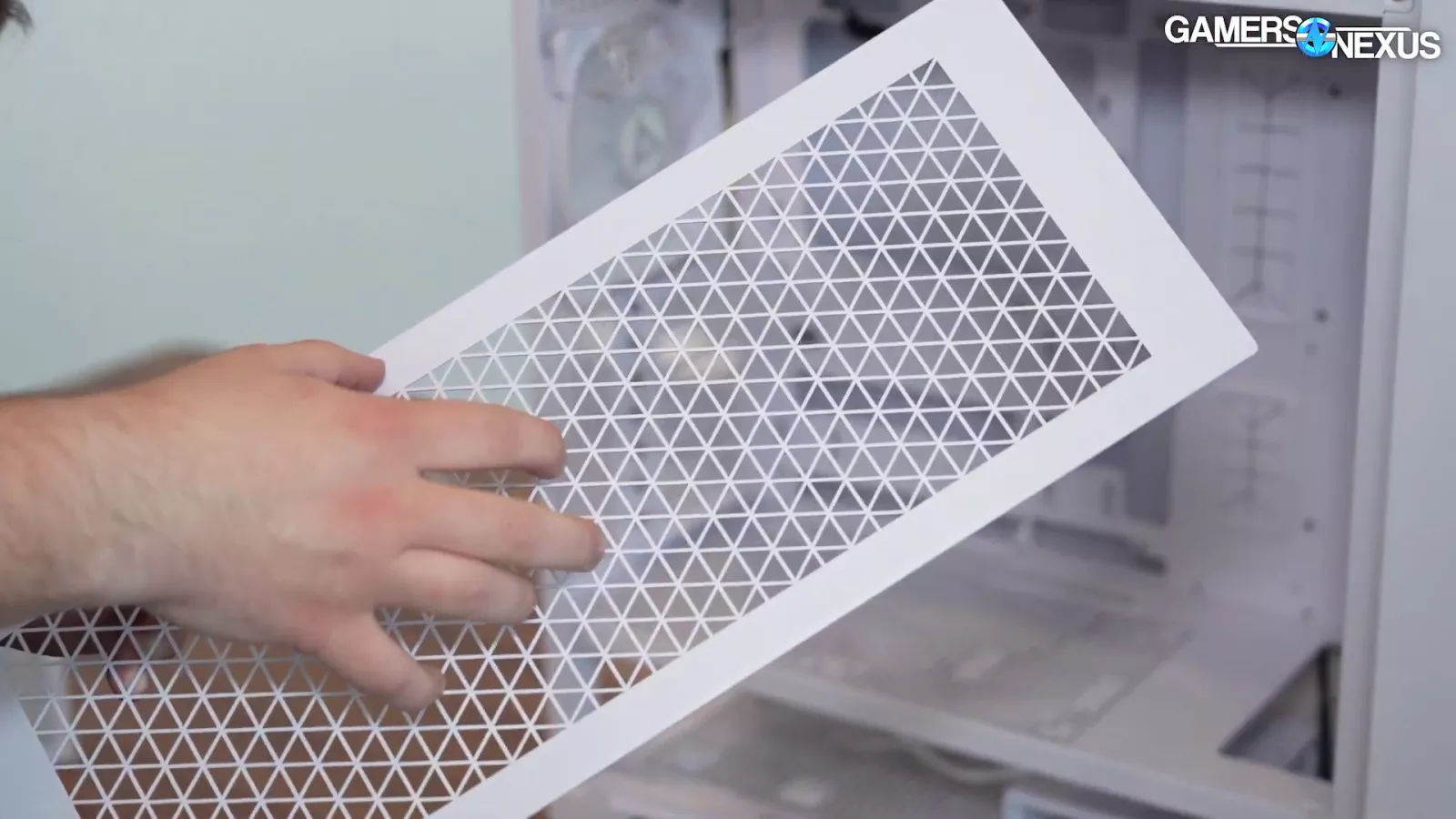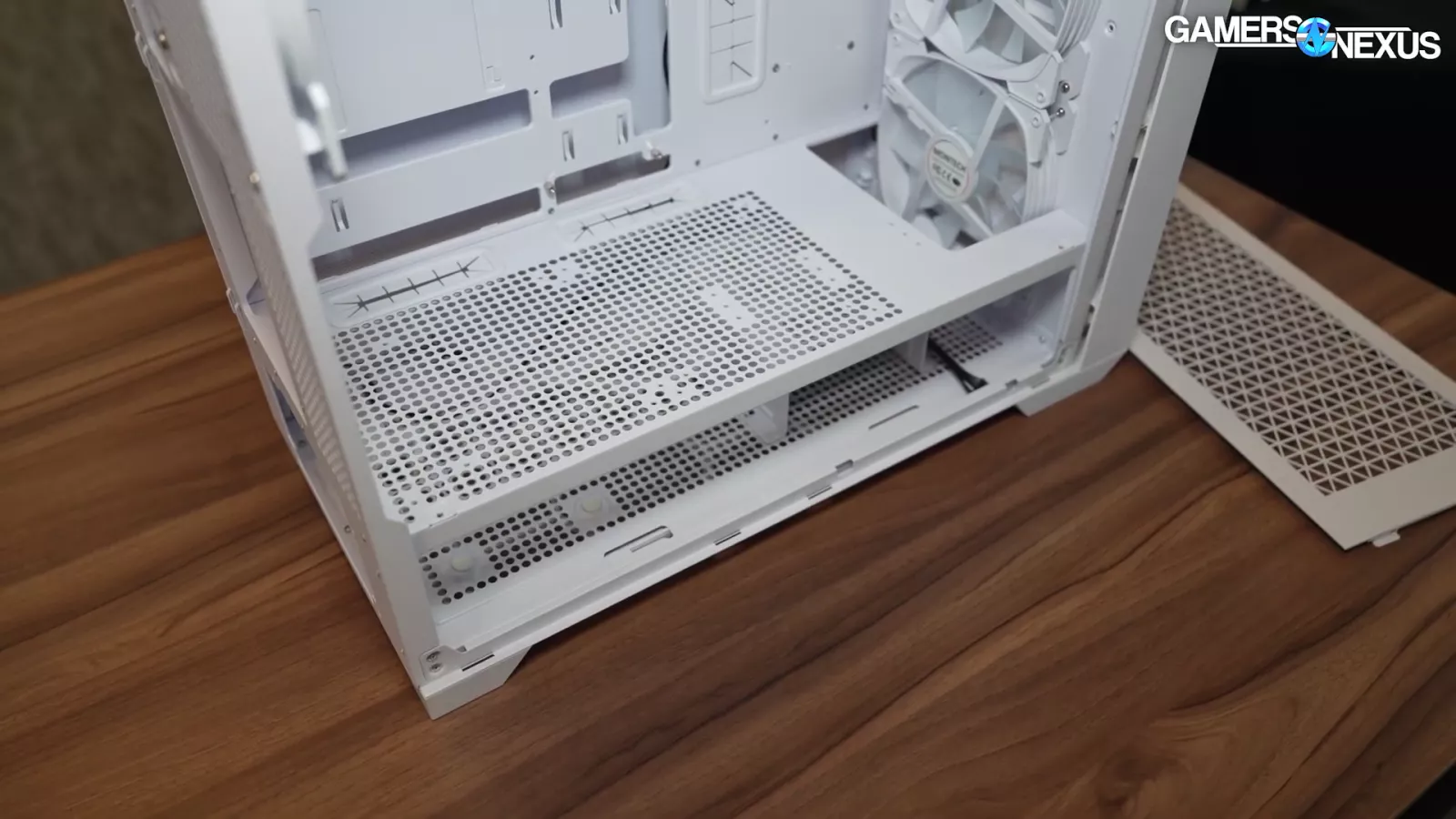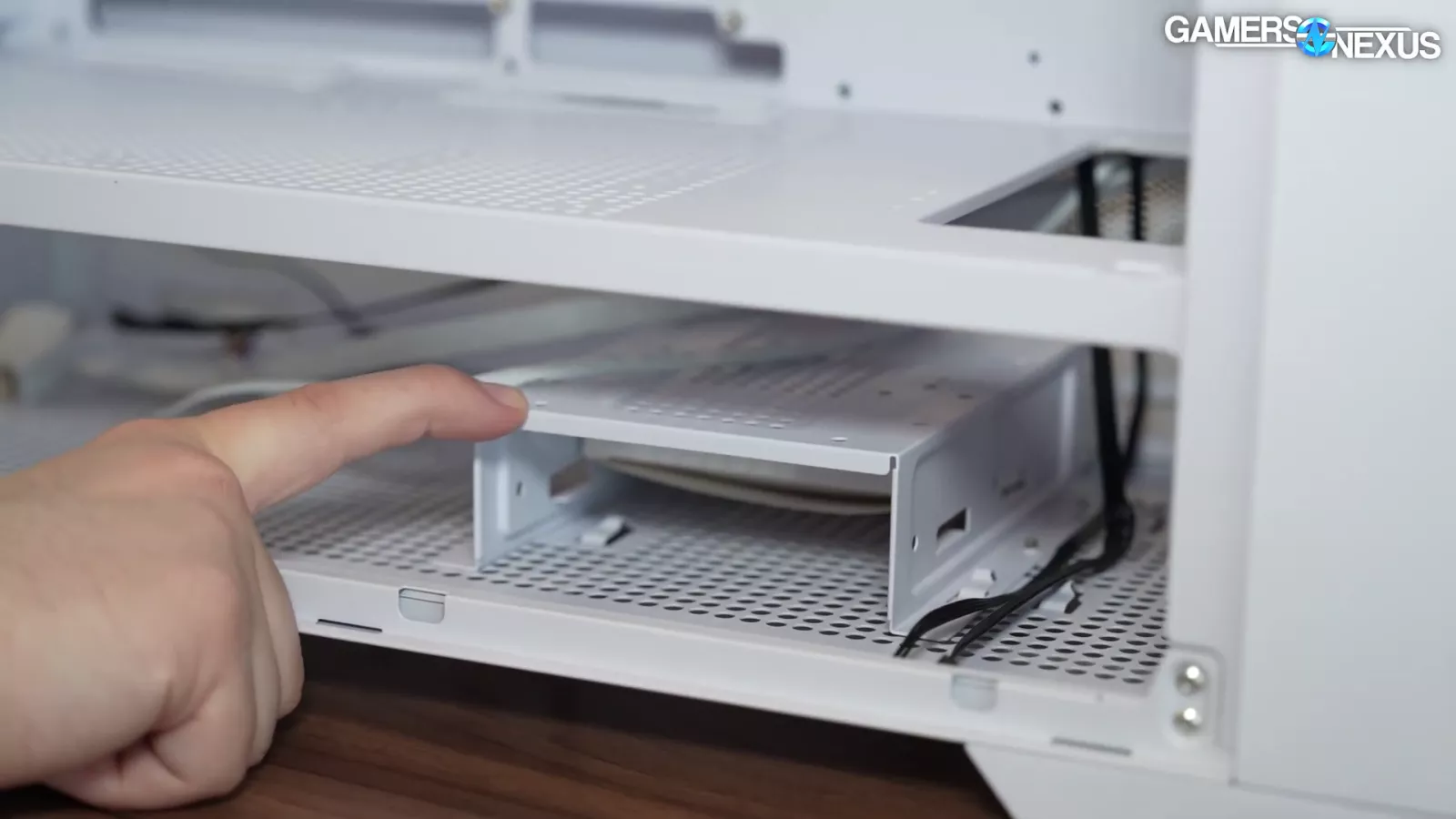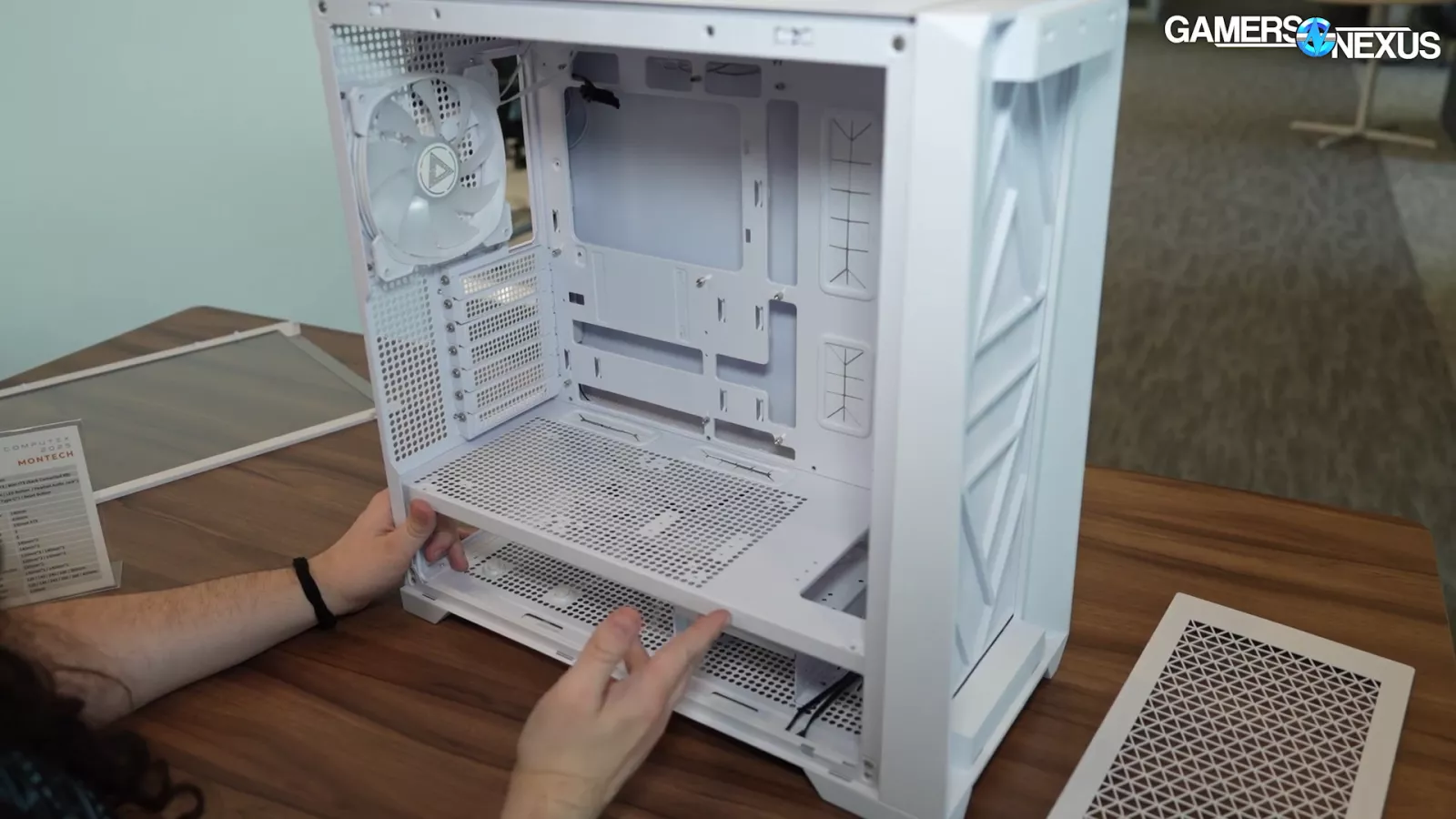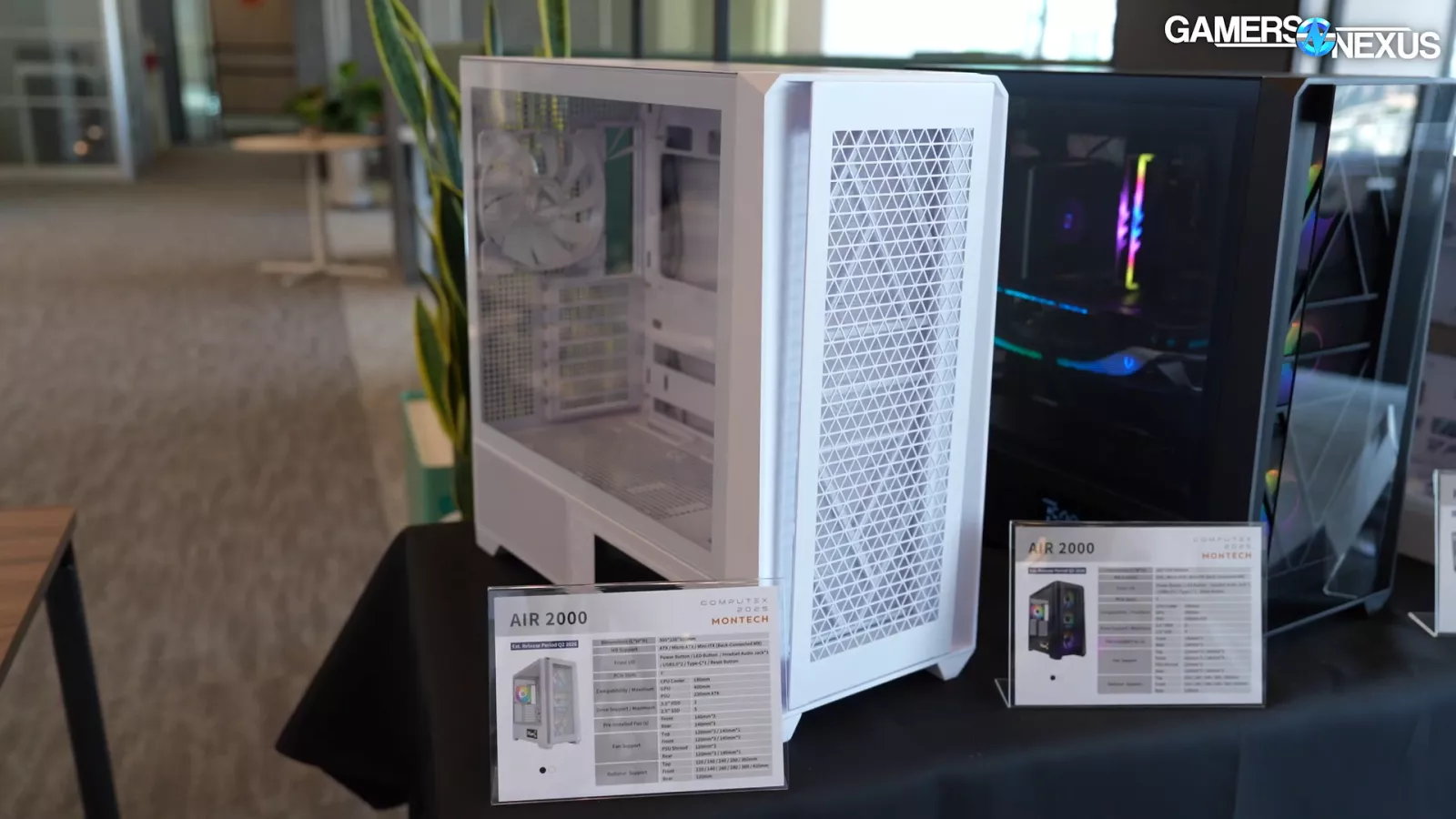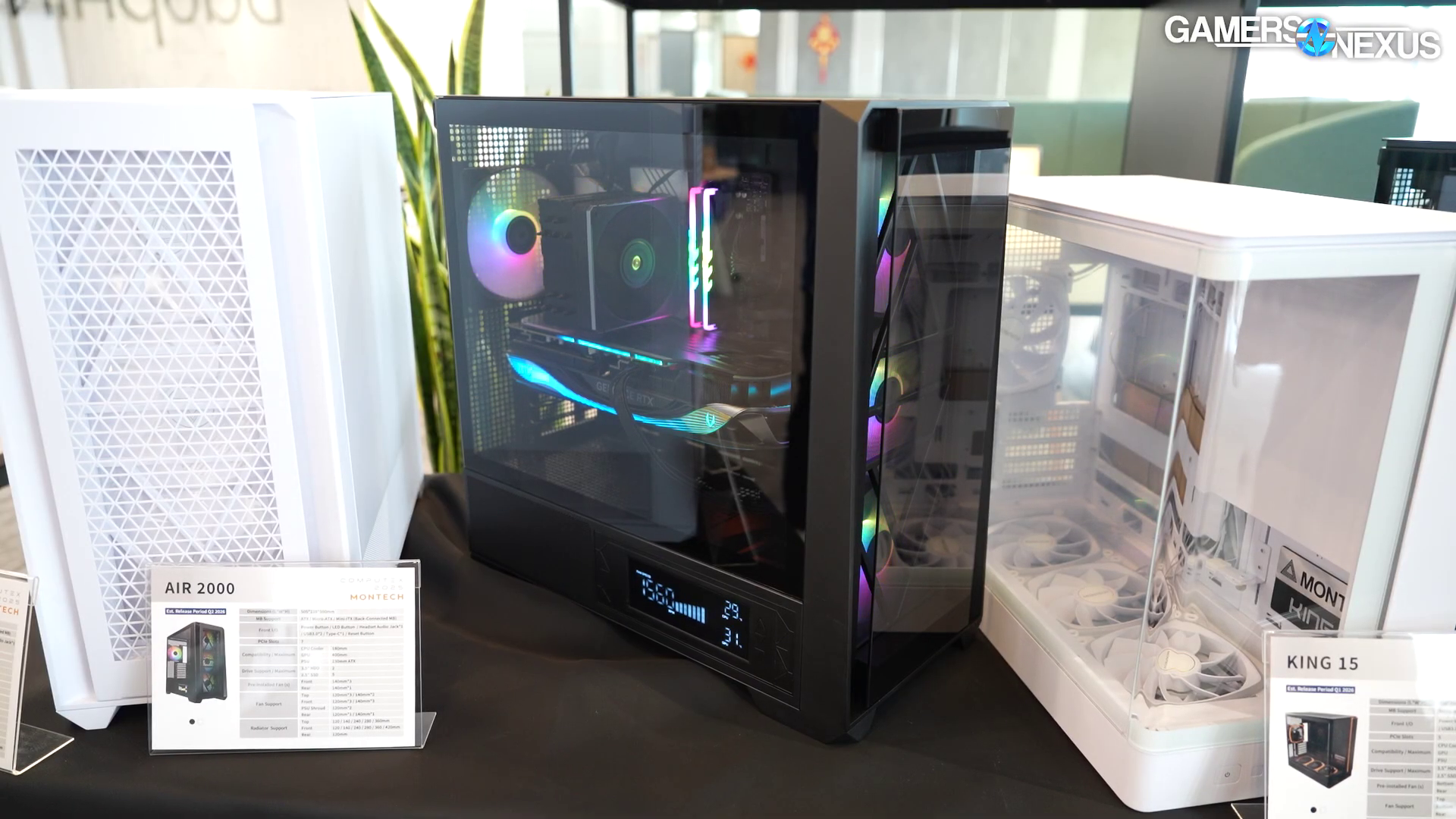
We take a look at several of Montech’s upcoming cases and coolers, which the company showed off at Computex 2025
The Highlights
- Montech is preparing to launch new air coolers to battle Thermalright, especially when it comes to pricing
- Montech is trying to take over the space that DeepCool left in the US market
- Montech is releasing several new cases in the coming months that include the Sky 3, King 45, King 15, X5 budget case, X5M, the "ten," and more
Table of Contents
- AutoTOC
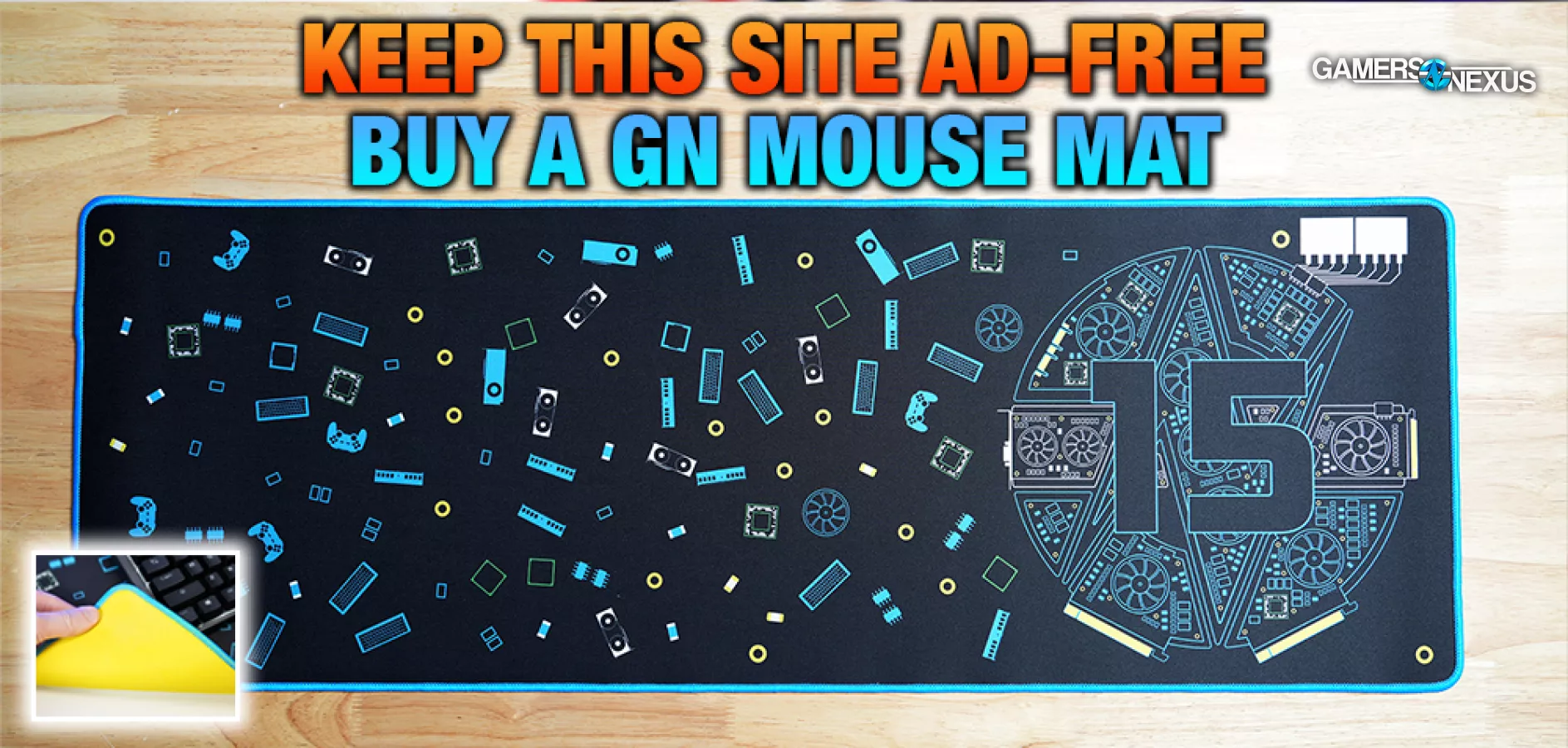
Intro
Every single cooler company we talk to does not understand how Thermalright can have the prices that they have. The only thing we can think of is their factory relationships, but the point is that it’s become a serious challenge for others to compete on price.
Montech is trying to compete with Thermalright on price and attempting to replace DeepCool’s spot in the market. Before DeepCool got kicked out of America, which is a hell of a thing to put on your resume, the company really started dominating in the cooler market before Thermalright came in and kicked their ass on price. Where DeepCool was able to compete was in build quality. So, Montech is looking at that and they want to take that part of the market.
Editor's note: This was originally published on May 17, 2025 as a video. This content has been adapted to written format for this article and is unchanged from the original publication.
Credits
Host, Writing
Steve Burke
Video Editing, Camera
Mike Gaglione
Vitalii Makhnovets
Writing, Web Editing
Jimmy Thang
Montech specifically told us that its objective is to sort of compete with Themalright, which is everybody’s objective.
NX400 CPU Cooler
Looking at one of Montech’s new CPU coolers, the NX400, the company pointed out that its fan is 28mm, which should help with pressure and performance.
Pricing on the single-tower NX400 (non ARGB) is supposed to be $25.90. When you’re down to the 10 cent mark, that’s how you know there is zero margin left in the product.
The cooler uses a 2-post mount. It has a C-shaped bracket for the actual board. There is no offset mounting for AM5. The one thing we’re curious about is how much an offset mount might or might not matter for the 4-heat-pipe approach. The cooler is supposed to sort of be as cheap as possible while still actually being kind of good. This is a very fiercely fought over category right now, which is a good thing.
Again, Montech is using 28mm fans. Typically fans are 25mm, but that has been scaling upwards. The reason for this is to increase static-pressure performance.
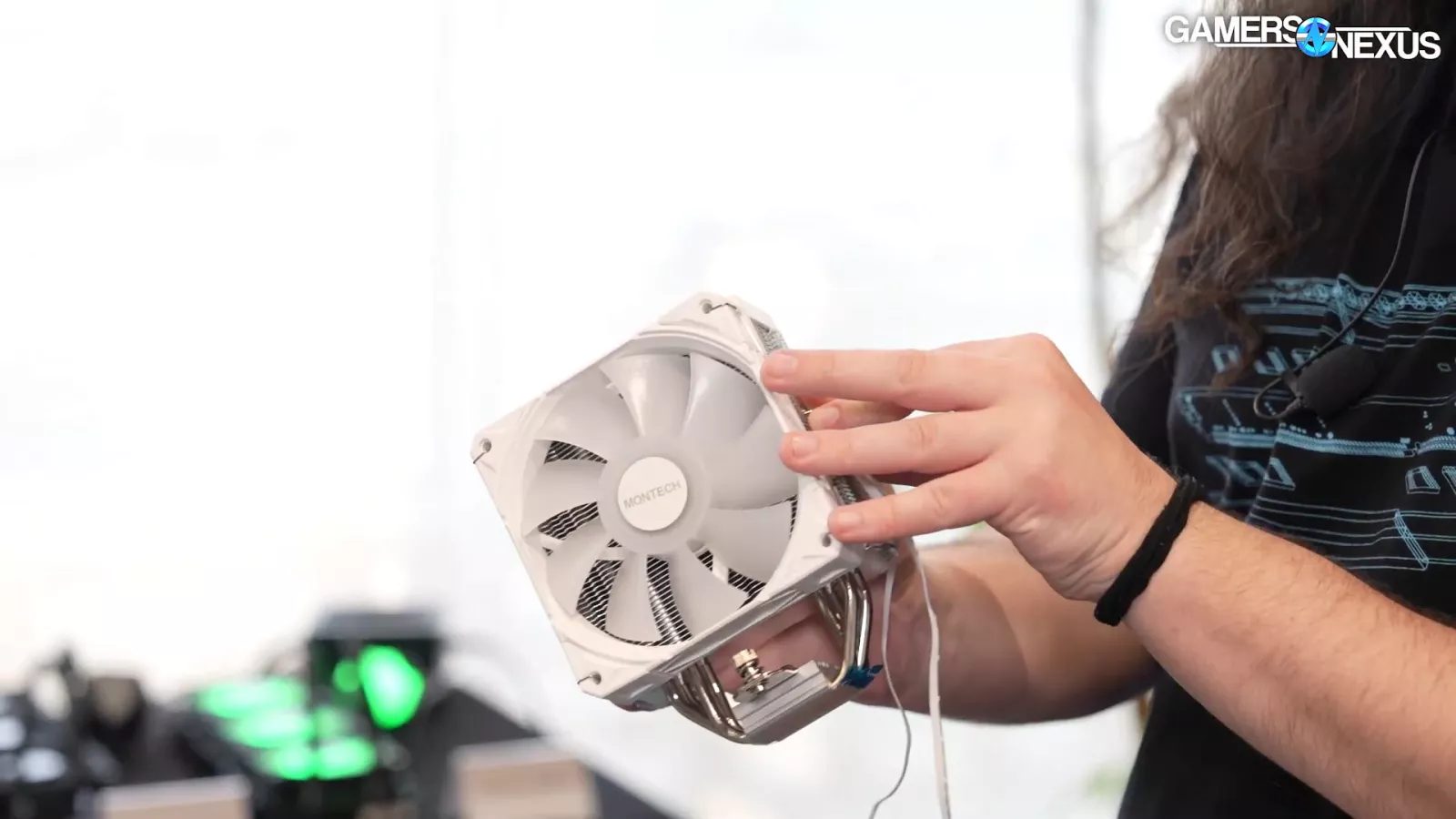
When you stick a fan onto a fin stack, you introduce a ton of resistance behind it. This is the nature of a heat sink as opposed to a fan on the front of a case, where it’s basically accessing the open air and the only thing it’s fighting is whatever’s in front of it to filter the dust or perhaps glass.
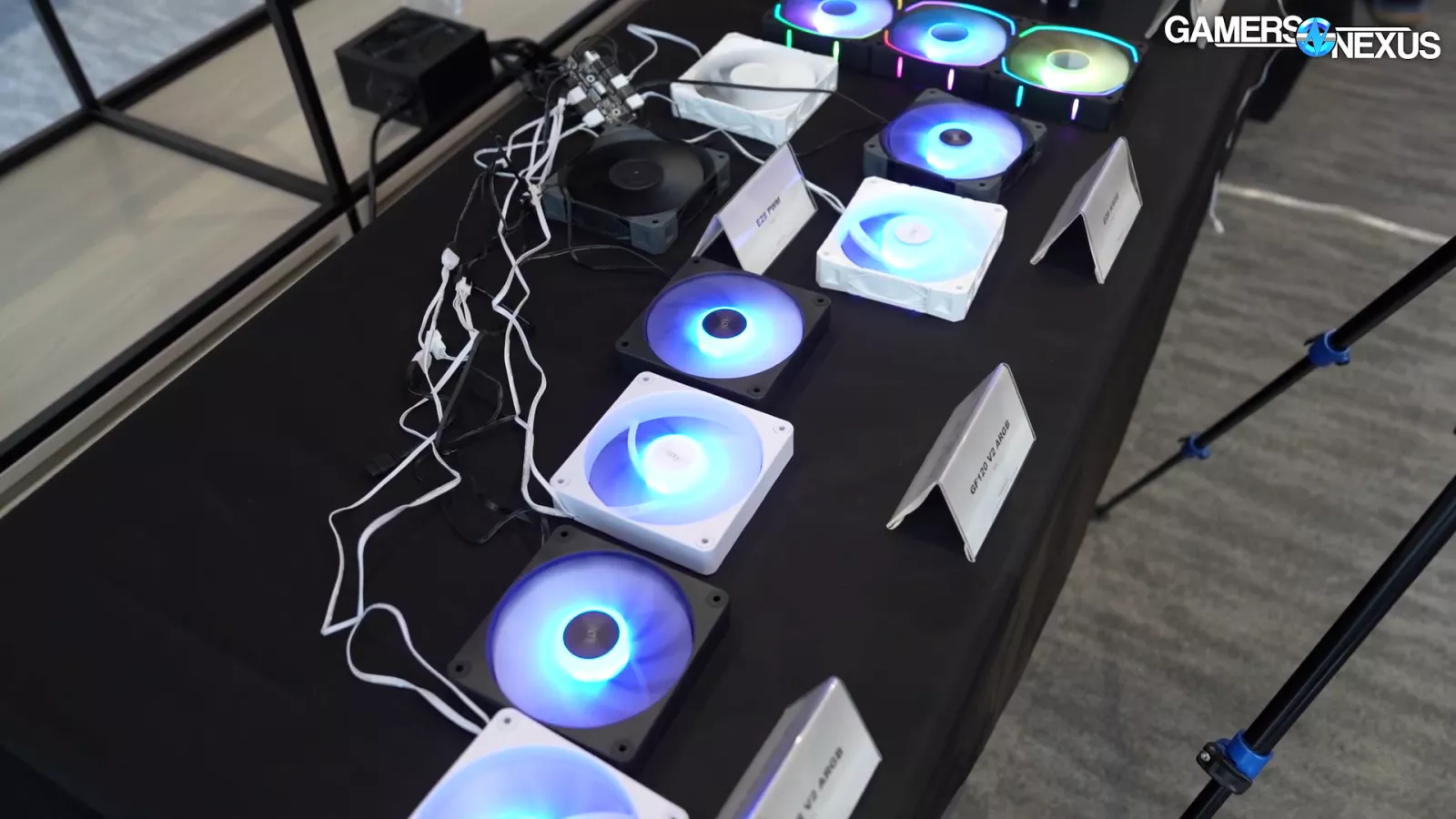
As the cost for larger fans starts to come down (as more people make them) then we should see the prevalence of more, larger fans.
We asked Montech if they’ve done a comparison testing of a 25mm fan vs 28mm one and the company told us it did. Montech says that on the NX400, there was about a 1 to 2 degree difference in favor of the larger fan, which makes sense and is actually a large difference for an air cooler.
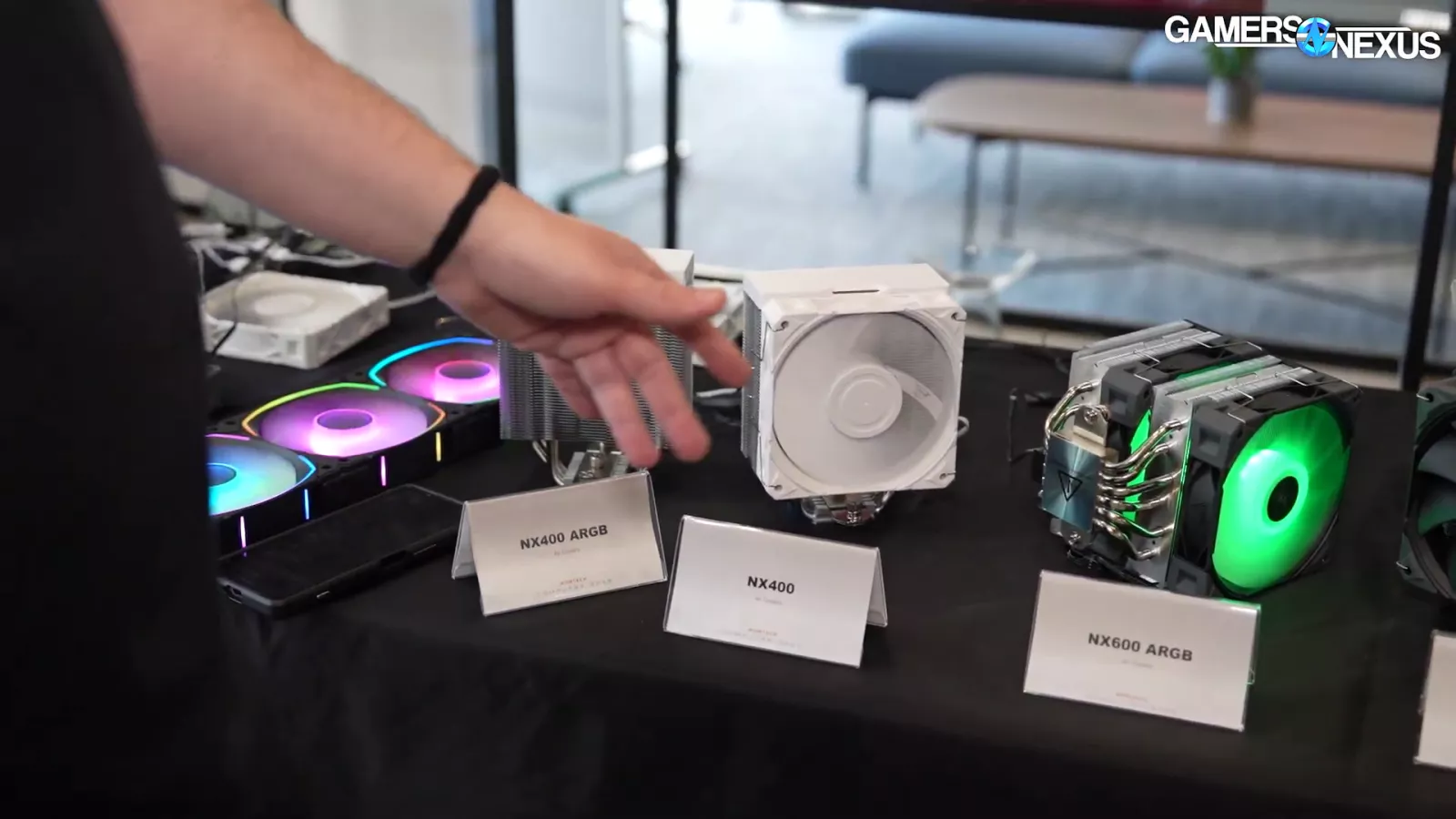
Again the non RGB NX400 will cost about $26 whereas the ARGB variant will cost about $30.
NX600 CPU Cooler
The NX600 is a 6-heat-pipe version of the NX400 that uses a 2-tower approach to its design. Its price is currently TBD, but it sounds like it may be in the $40-$50 price range from what we’ve heard. It will also use 30mm-thick fans but there are 2 of them. Its cold plate uses an enclosed nickel-plated copper base plate with 6 heat pipes going through it.
Montech X5 and X5M Cases
We originally talked about how Montech used a “molex centipede” for its X3 case, which was a bunch of daisy-chained molex connectors, but that’s gone with the company’s X5 case, which is supposed to kind of replace that series. The X5 is targeting $75.
It has a wavy mesh front panel. Montech is experimenting with either painting or placing a sticker on the case to make it look like carbon fiber. They kind of did that with a wood veneer in the past. It’s not real carbon fiber, but that shouldn't be expected out of a $75 case. They tended to do pretty well overall thermally despite using cheaper quality fans. Hopefully the company will be able to deliver on that front again because the below $80 case market is largely dead. The 4000D was supposed to be a case around $80 and that was kind of the last major one that was really successful. So, it’s nice seeing a $75 case, especially if it’s not made out of scrap metal.
Internally, the case comes with 3x140mm fans in front and 1x120mm on the back. The reason the X3 was so interesting was the amount of fans it provided for the price. As a matter of fact, we started paying attention to Montech due to their super cheap cases coming with a lot of fans.
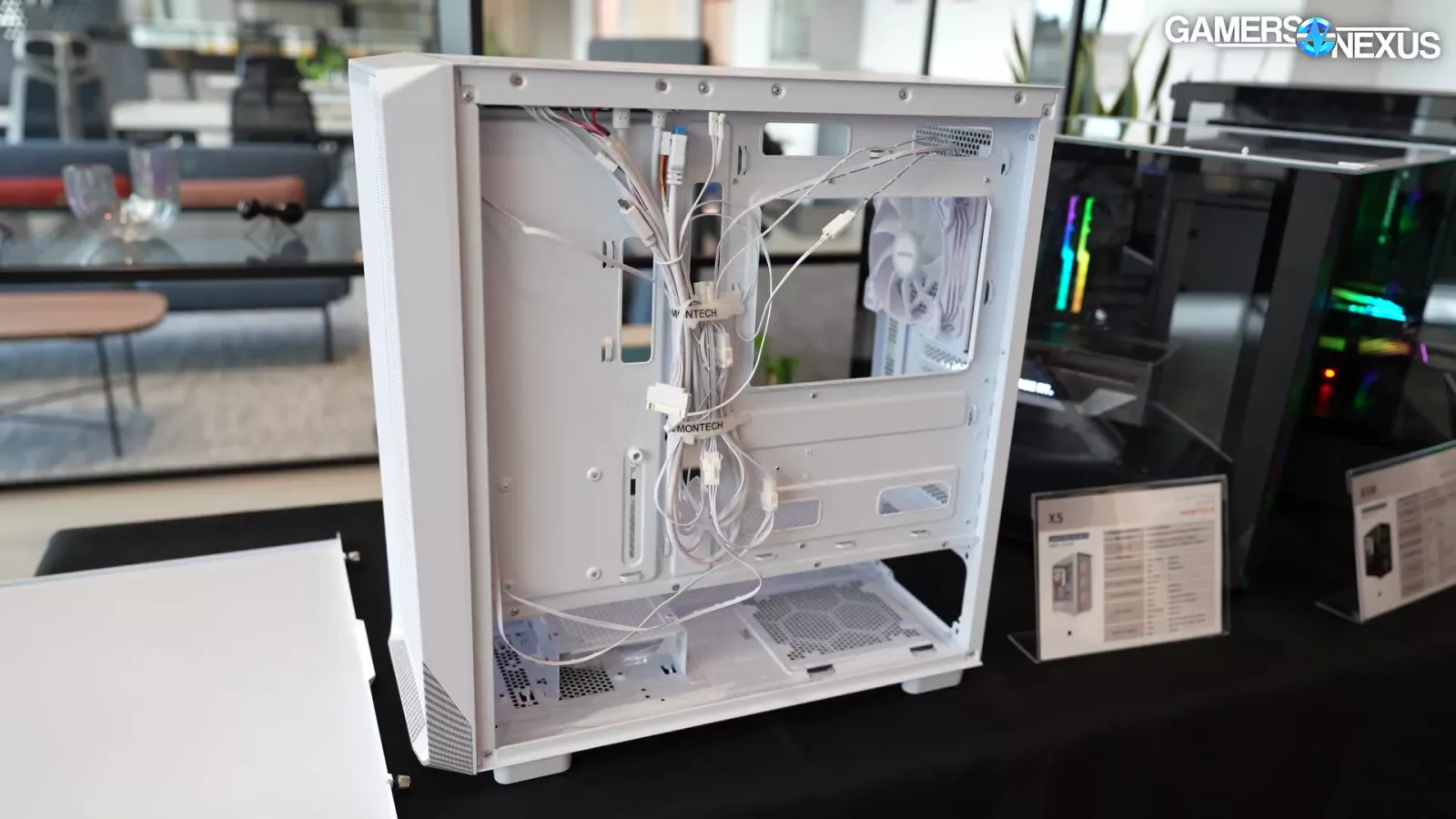
Looking at the back, we can see that they colored all of the wires white in an attempt to match the rest of the case. The plastic isn’t the same white exactly, but that’s apparently hard to do across all of the different materials like metal, plastic, and rubber. On a $75 case, that isn’t as big of a deal, though.
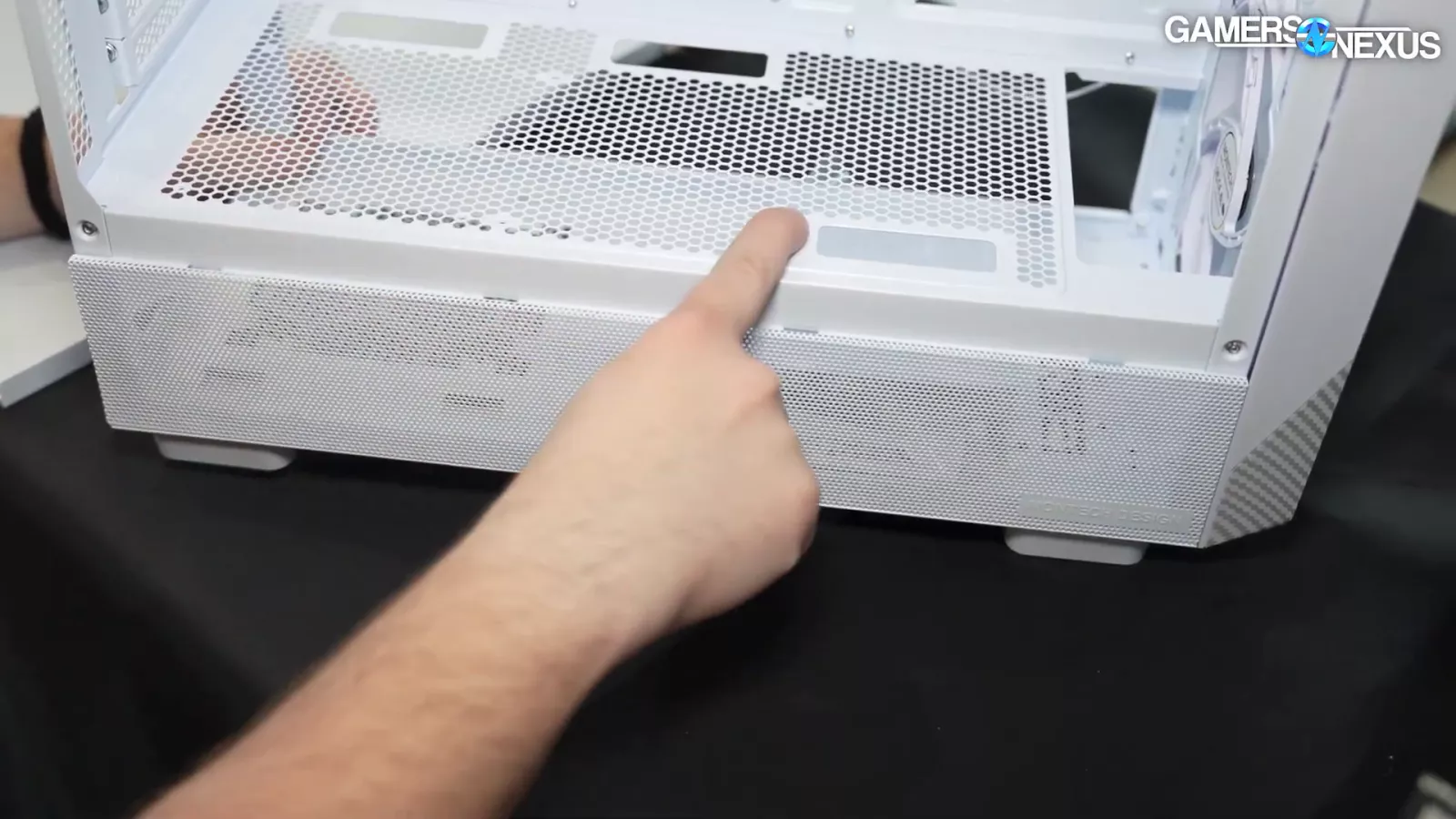
Looking at the PSU shroud, there’s an option to mount 120mm fans, though there isn’t a ton of room against the power supply. There is some ventilation on the side, however, which might help the GPU.
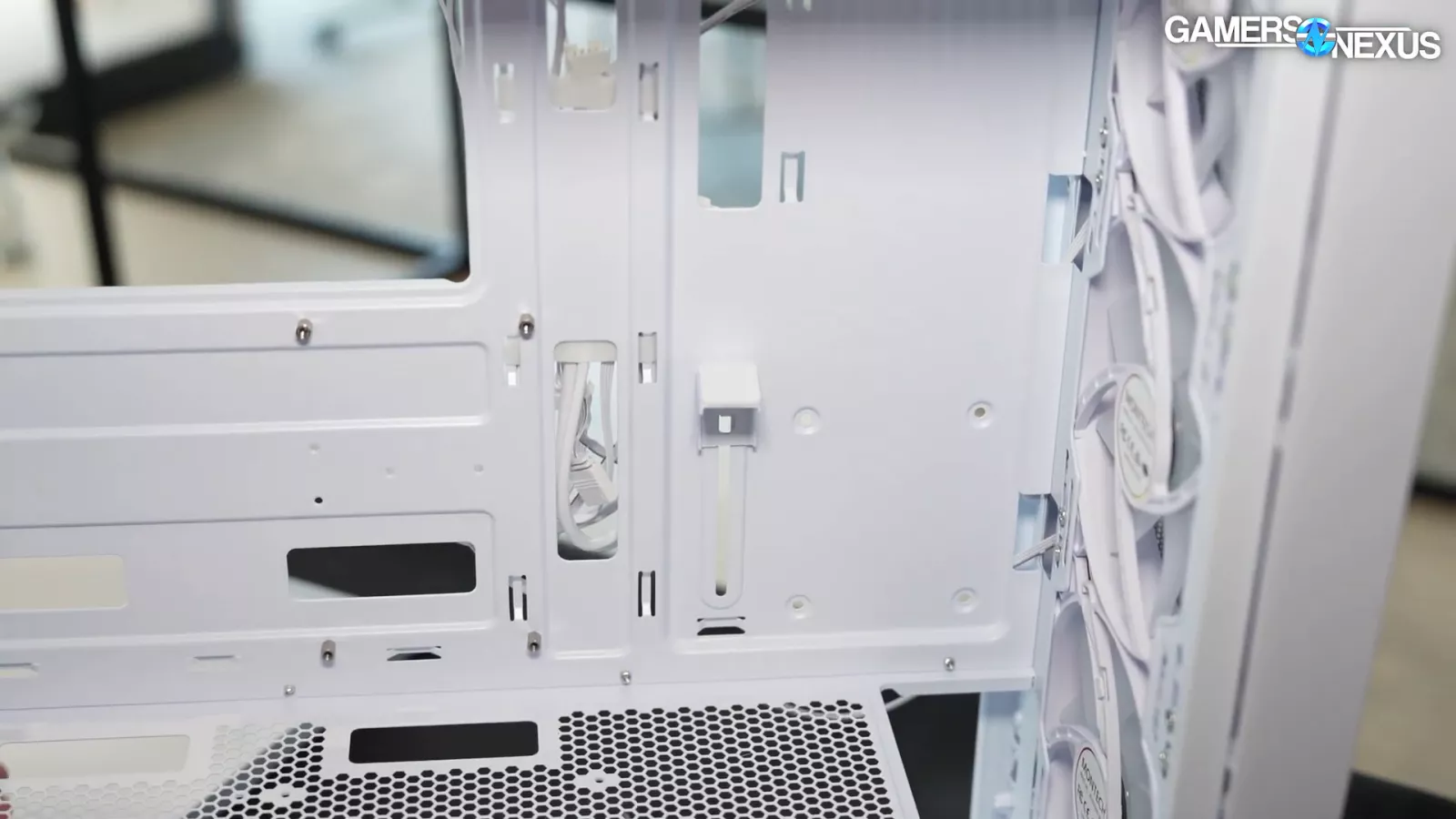
The case also has an integrated GPU support.
Otherwise, the case is simple and cheap.
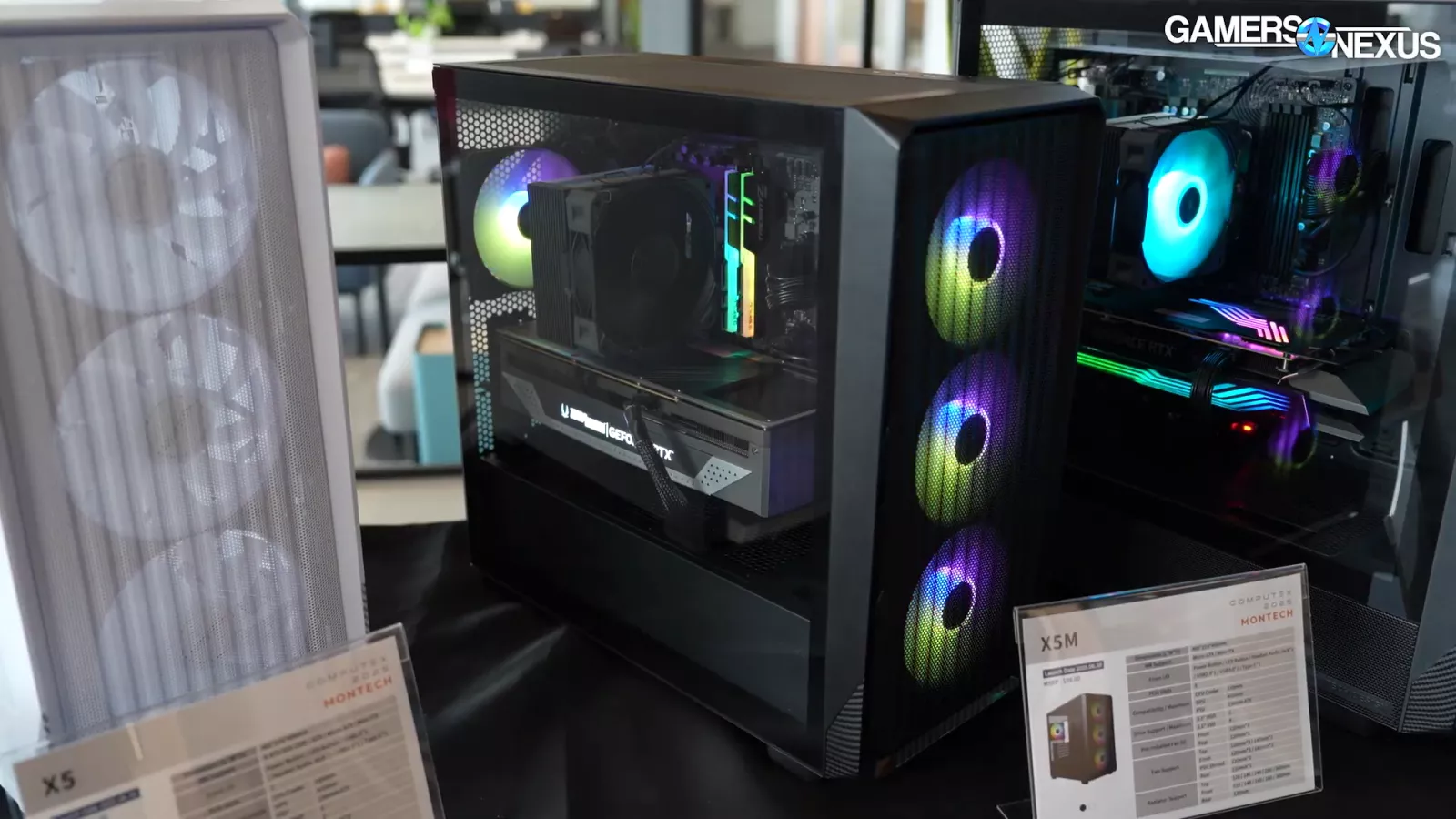
The X5M, which is smaller and aimed at MicroATX, is targeting $60. Pricing is higher than what Montech wanted to target as a result of cost increases and potential tariffs, etc.
Montech Sky Case
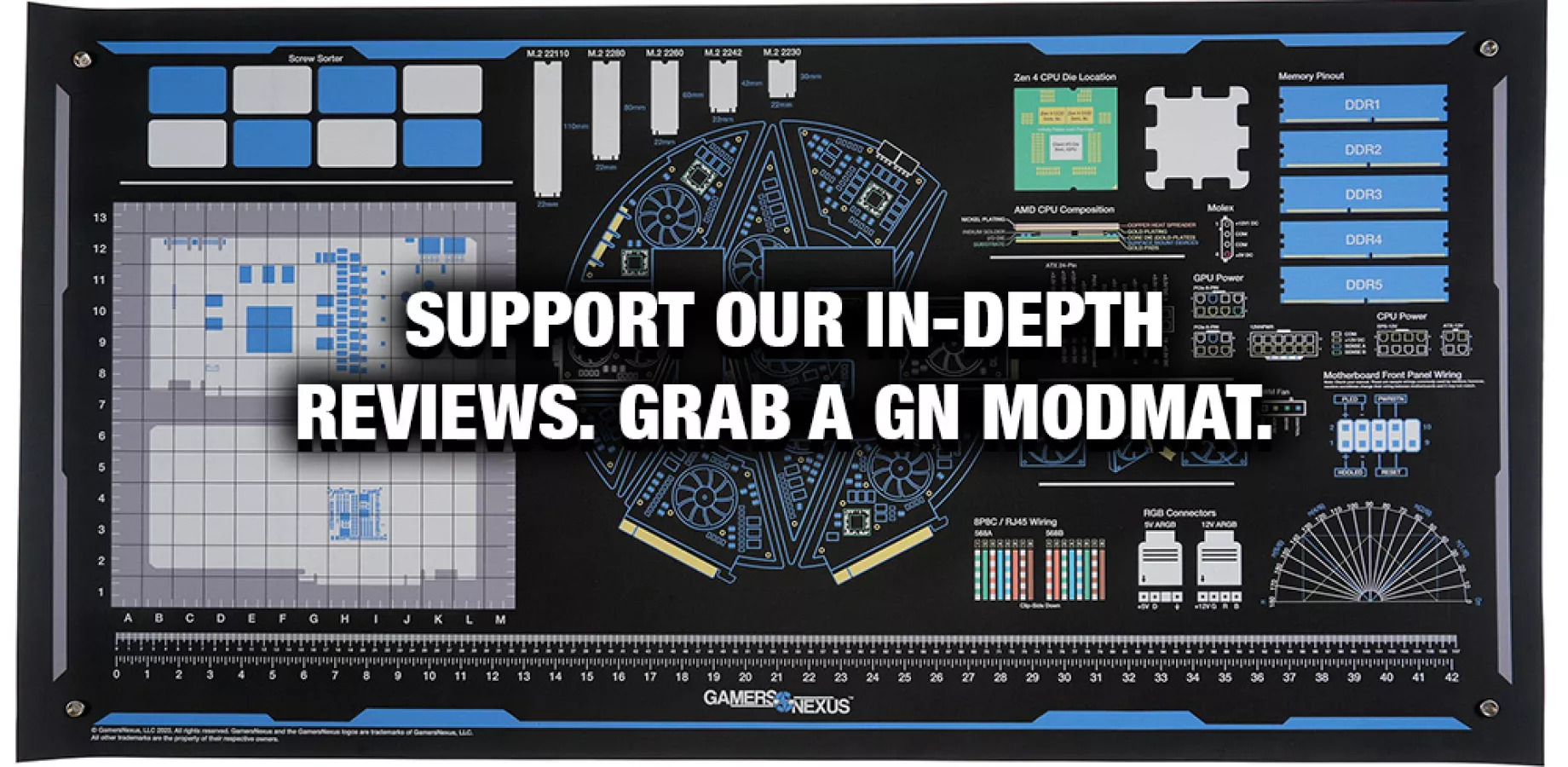
The thing that jumps out to us about this case is its canted tray for its 2 bottom fans, which are reverse blade ones that act as intake.
On the back of the case, it has large ventilated holes both vertically and horizontally. Taking the back panel off, one thing we’d like to see is refinement on the magnetic filters. Currently, they’re not done yet but you can see a lot of metal ending up in the hexagon-shaped cut-outs. If they could punch out larger holes or use a finer mesh and get rid of the dust filter or something like that, that would help a lot with thermal performance and letting air through.
Looking at the glass side panel, we can see an alternative to traditional Pogo pins, which are used to power the case’s light strip. This design is supposed to be more resilient to damage and it’s located towards the front corner of the case and Montech says this design was incorporated to avoid breaking.
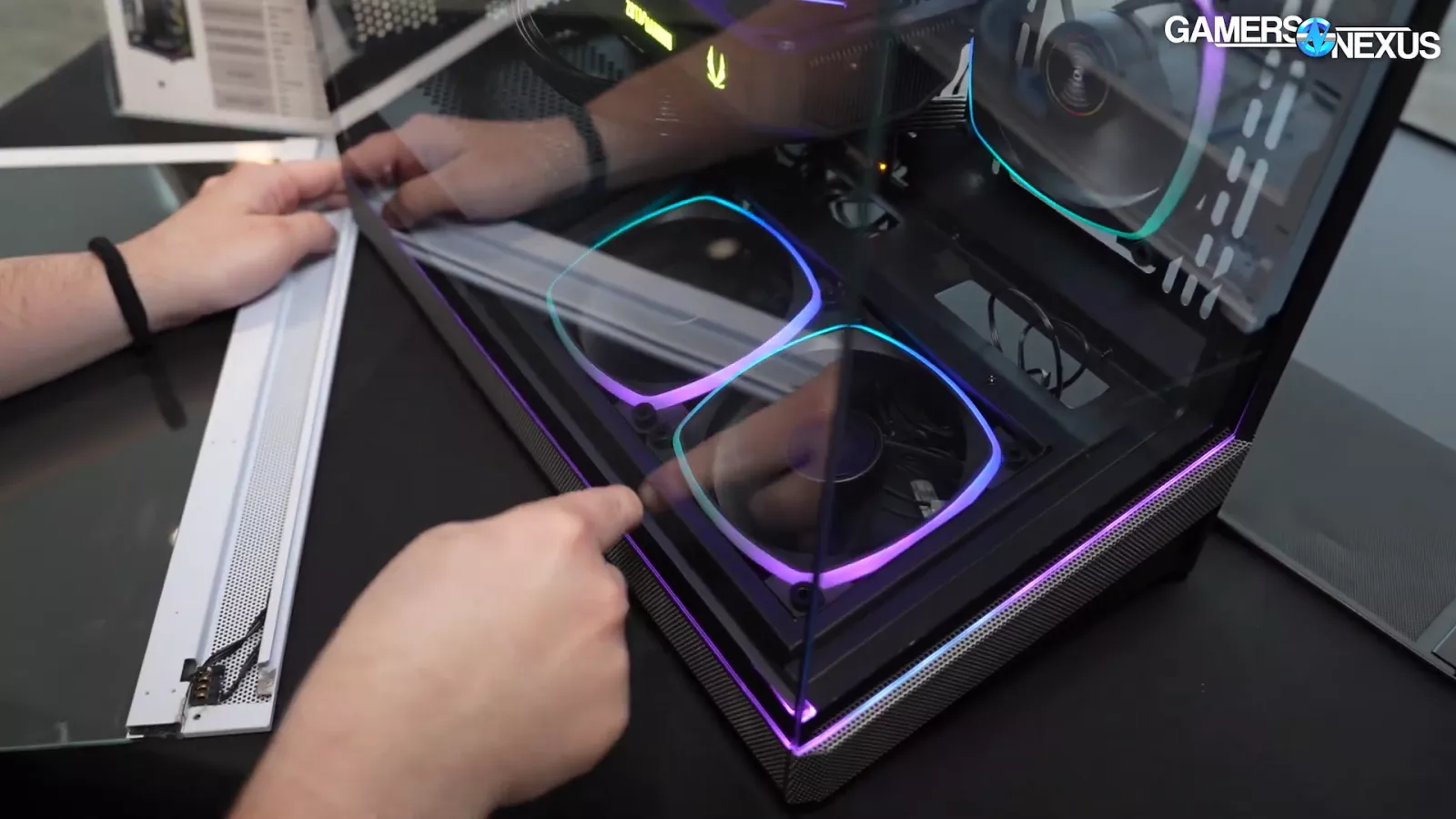
Overall, we have some critiques to the case, but it's finalized. The biggest ones we have for this case include the aforementioned side-panel ventilation and the fact that when the fans are oriented towards the front bottom of the case, the drive cages underneath end up blocking potential air intake from underneath the chassis, but then again, there’s not a lot of space for air to come in through the bottom to begin with. As a result, the bottom fans don’t have much access to intake aside from small ventilated areas.
In terms of pricing, it’s supposed to be $80 for the mesh-fronted version and $100 for the glass version. The case will come with 3 fans.
HS02 3D
Another case we looked at is one that we’ve already reviewed, the HS02, but the biggest difference with the unit we saw at Computex is that it has glass on the back. Montech is calling it the HS02 3D.
Montech Ten
Montech’s Ten case kind of reminds us of Lian Li’s O11 DYNAMIC MINI, where the case can be rotated and modified into 3 different configurations. The Ten can be flipped, pulled apart, and users can swap around all of its panels. Montech tells us that it takes about 5-10 minutes to do this.
The case has excellent side panels. They are basically giant pieces of mesh and also provide air access to the GPU, which is great. Using a glass-side panel in front of the GPU would really suffocate the card. The challenge with the case’s design is that flow-through video cards will dump heat to the power supply fan, which is fine as the PSU can take it. The question becomes where does the air go after that?
We think Montech might want to pull down a wall under the power supply to block re-circulation. Other than that, it’s an all-mesh box, which is hard to complain about. Externally, it represents about 27 liters of volume when you factor in the feet.
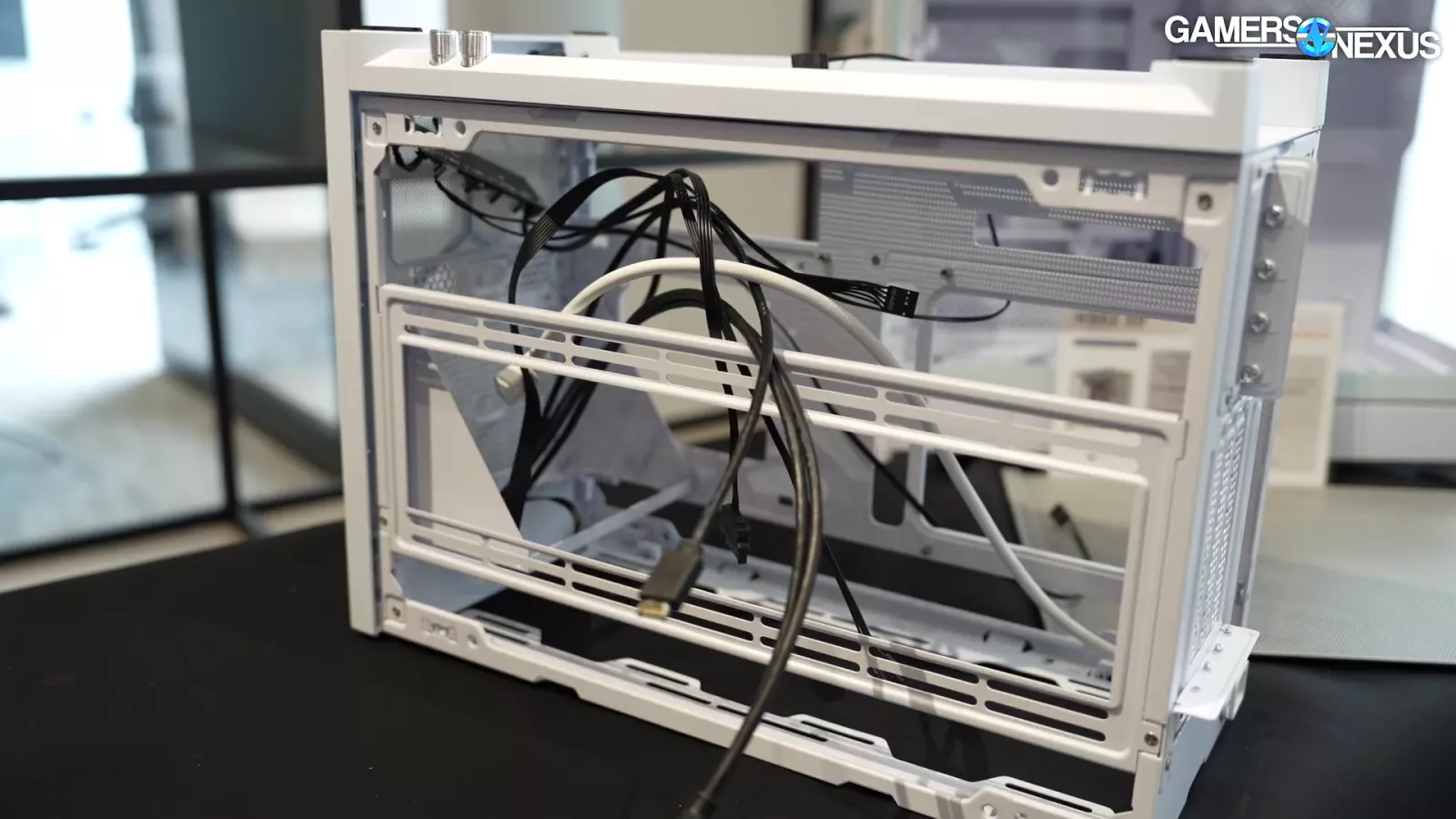
ITX is an option and Montech is calling that the I3. There’s also an mATX variant, which is being called M1 or M2, which designates whether it’s flipped or not.
The Ten is supposed to start at $90 but that’s not finalized yet.
King 15 and King 45
The King 15 and King 45 are just continuations of the existing King series. They already have the King 95 and King 65, and we reviewed the 65 somewhat recently. The 15 and 45 both still have the curved glass to their fronts, making them very familiar overall.
One thing worth pointing out is that its bottom fans are sunken into the bottom, which means they’re pretty close to the floor and the intake is primarily relegated to the back side panel of the case, where there’s a bit of an angle which should help with intake a little, but it’s still somewhat boxed in.
For the King 15, they are targeting 3x120mm fans and a 1x140mm fan at $110. Without fans, they are looking at $90.
Air 2000

Moving on to the Air 2000, we saw a black one with a glass front and a white one with a mesh front. The case has a digital display panel on the side. It tells you the fan speeds but also provides controls as well. Each button press up or down targets 10% increments in control. There’s also a button that defaults to the motherboard’s controls. Looking at the backside of the display panel, it’s just one big PCB coupled with a wire that connects to the fan hub. The upside to this approach is that no software is required. This has been done before by a couple of companies, but it isn’t that common. Being able to control fan speed externally is a nice feature, especially if it doesn’t require software.
The Air 2000 is supposed to be $100 with 4x140mm fans and that is with the screen. They will also have a screenless variant as well.
Taking a look at the mesh variant, the case’s top panel has 70% whole porosity and the thickness of the steel means that it doesn’t end up being flimsy.
The power supply shroud is ventilated with perforations on the top and bottom. Even the top of the drive cage has perforations, which is a nice, small attention to detail. That probably won’t matter a lot but it’s nice to see. The rest of the case has a pretty standard layout. Thermally, the case should be one of the more interesting ones, especially the mesh-fronted version.
